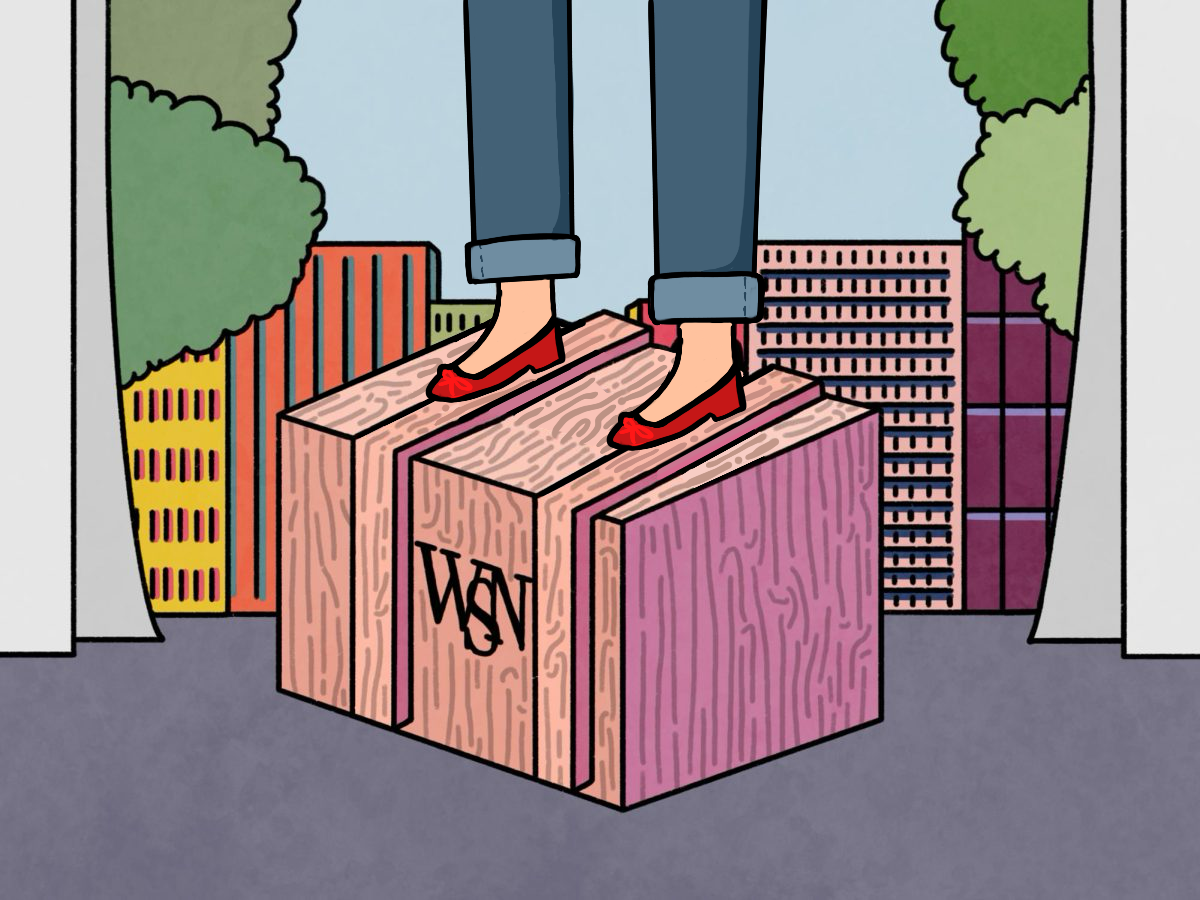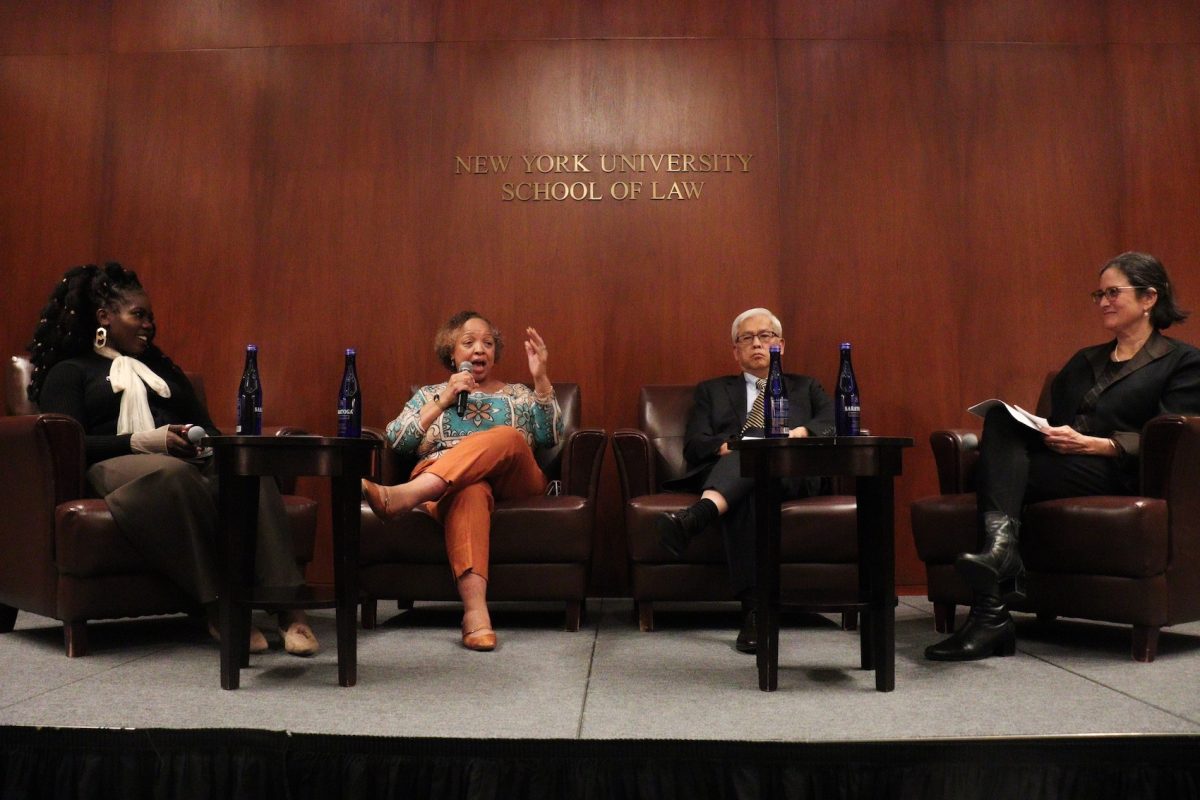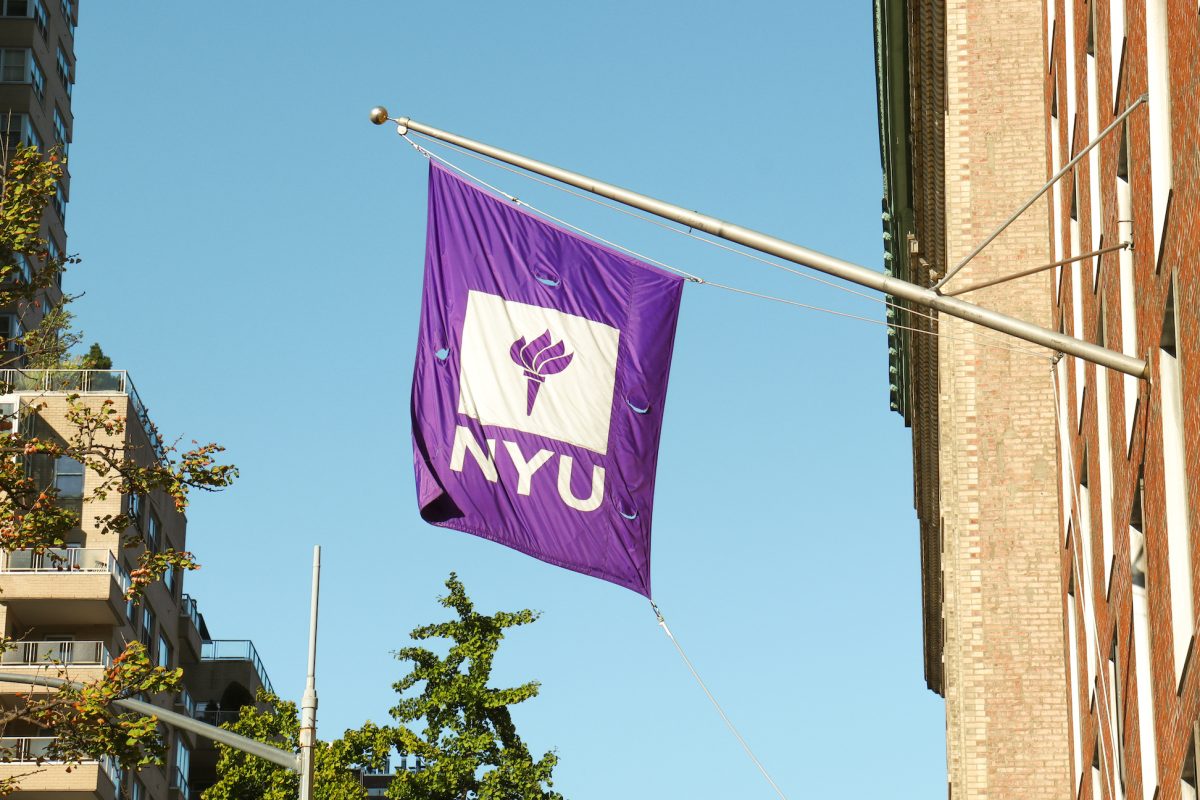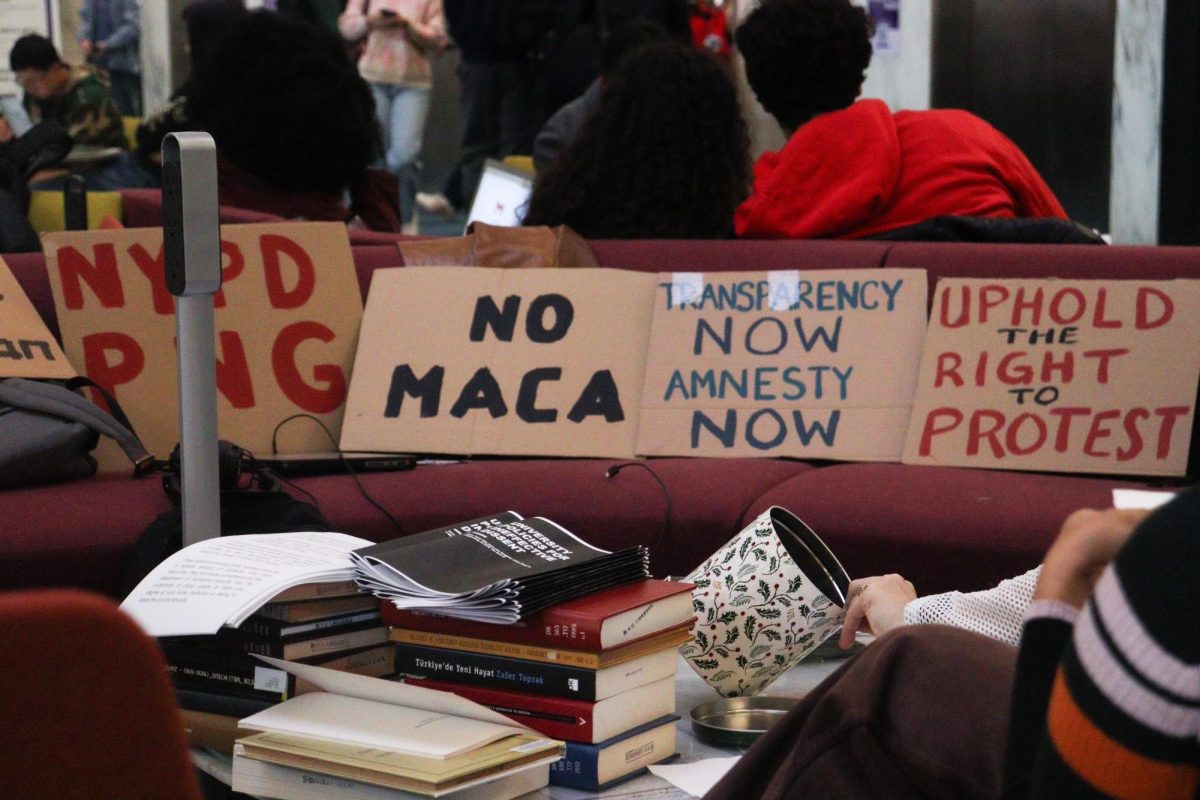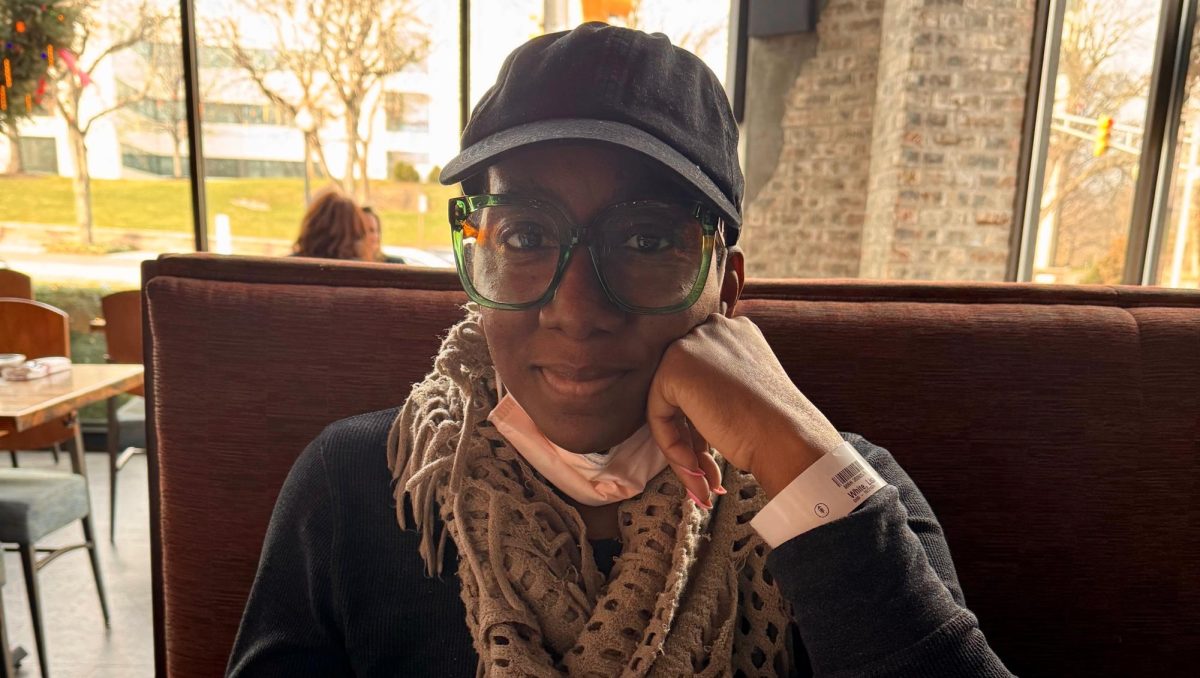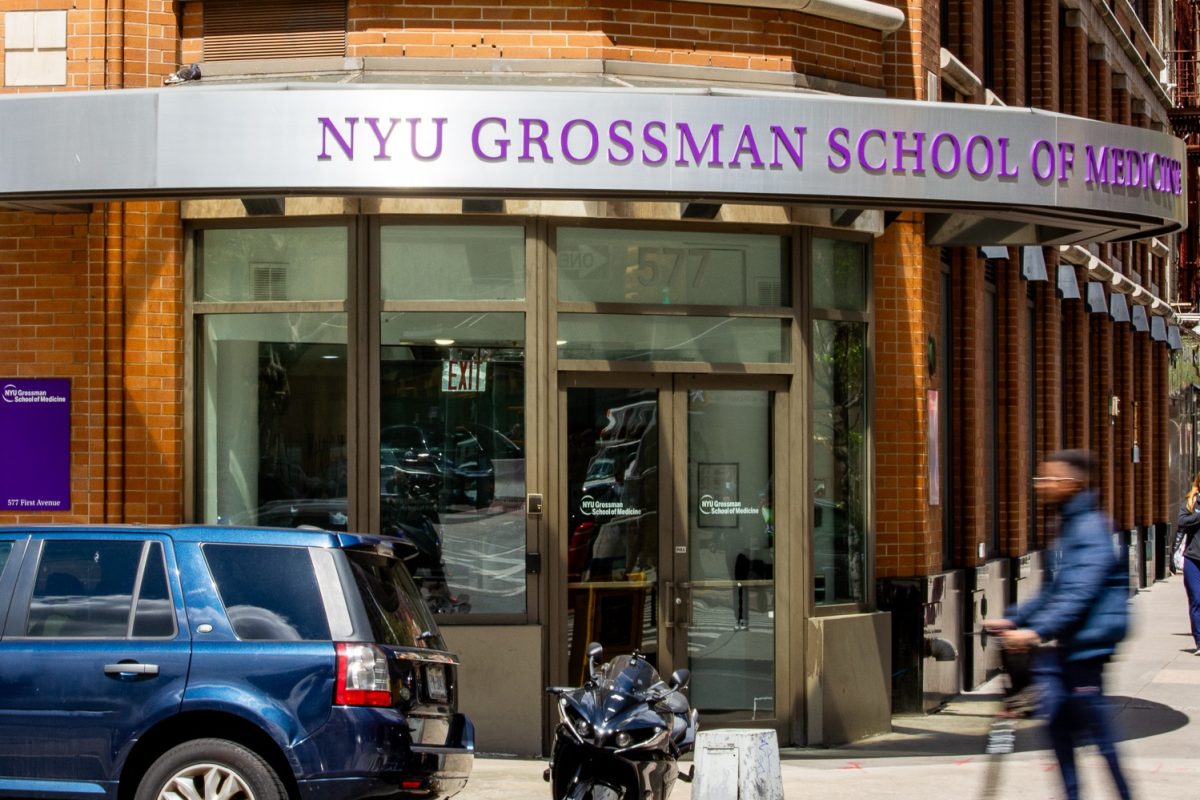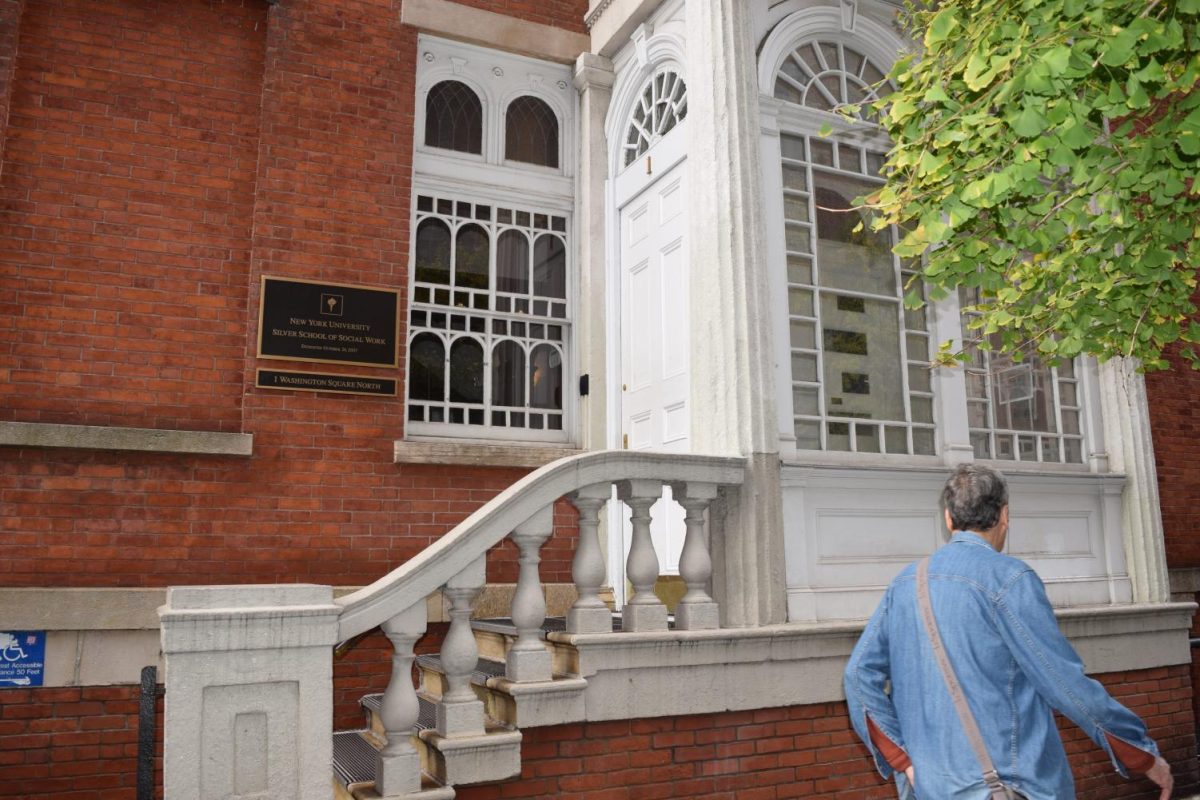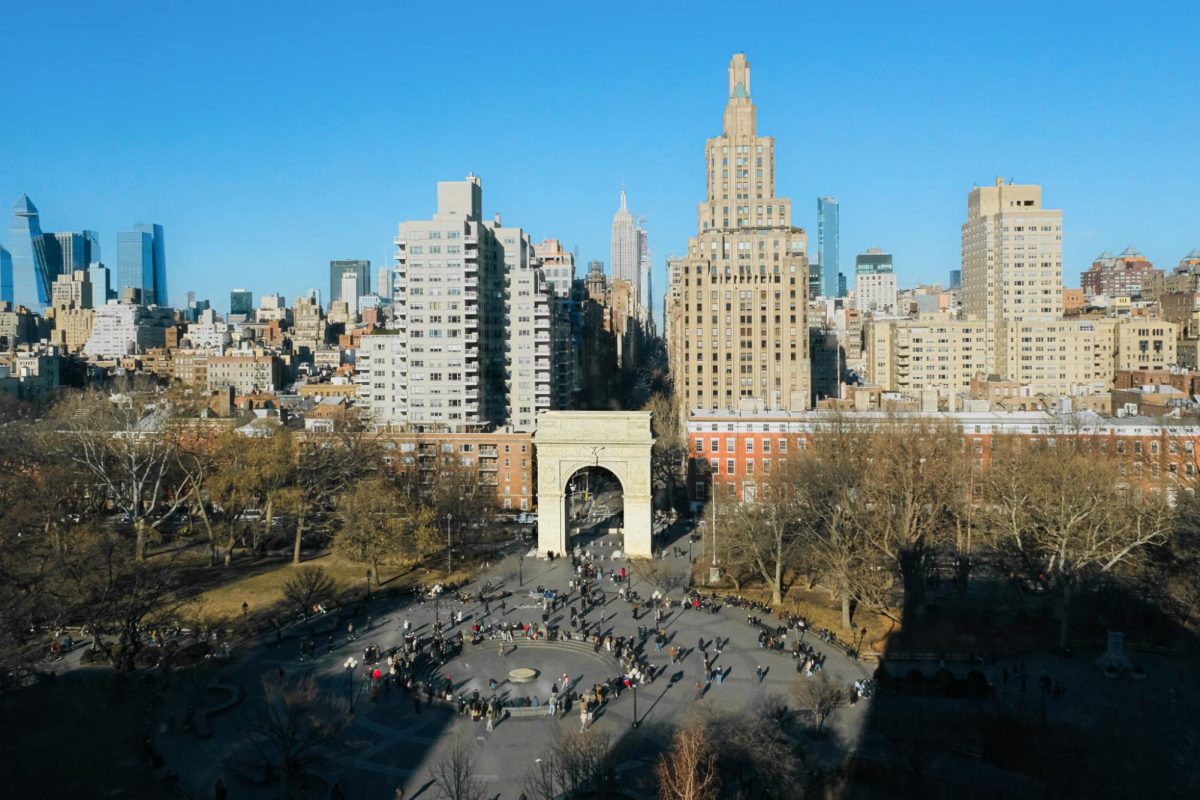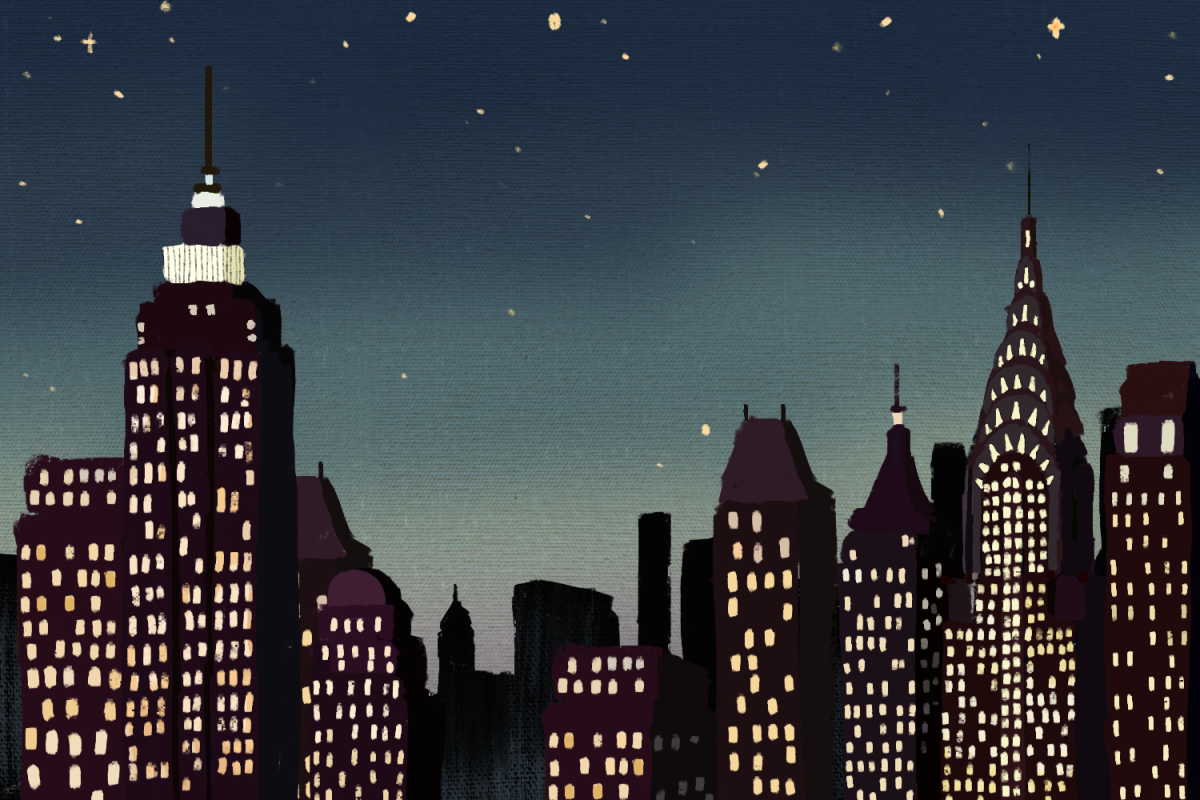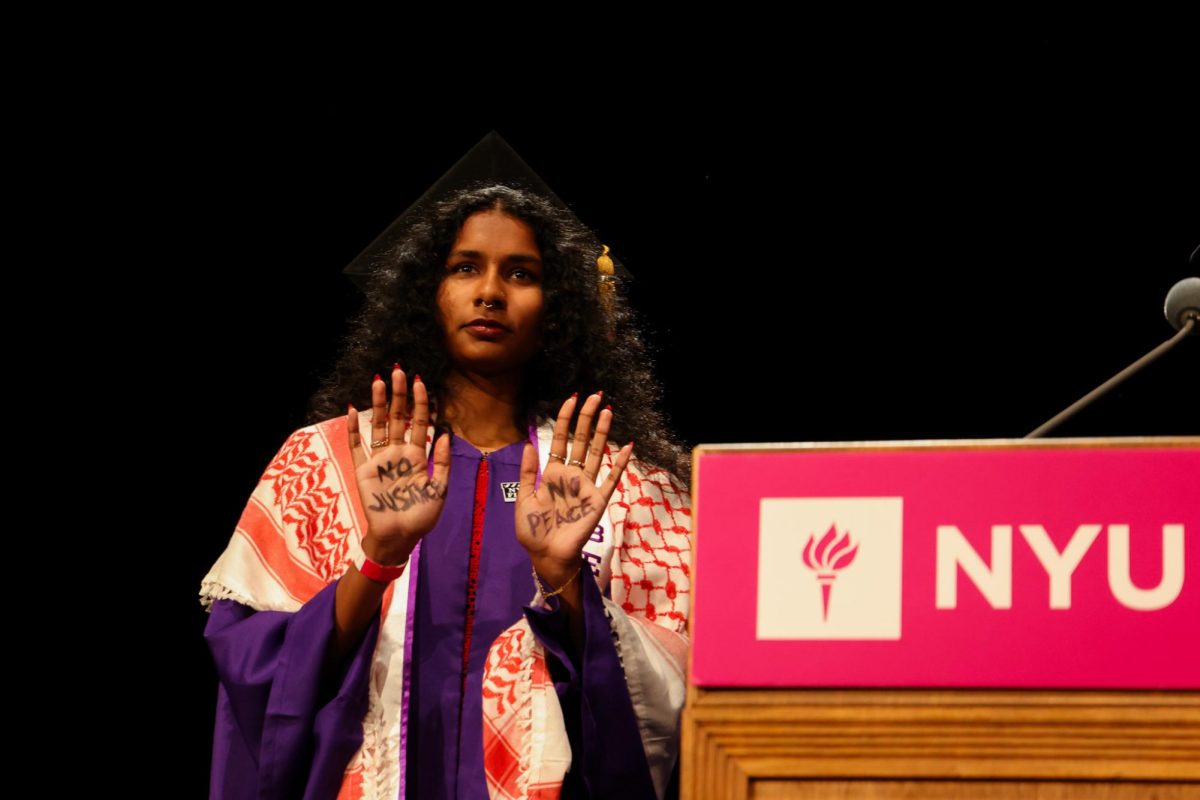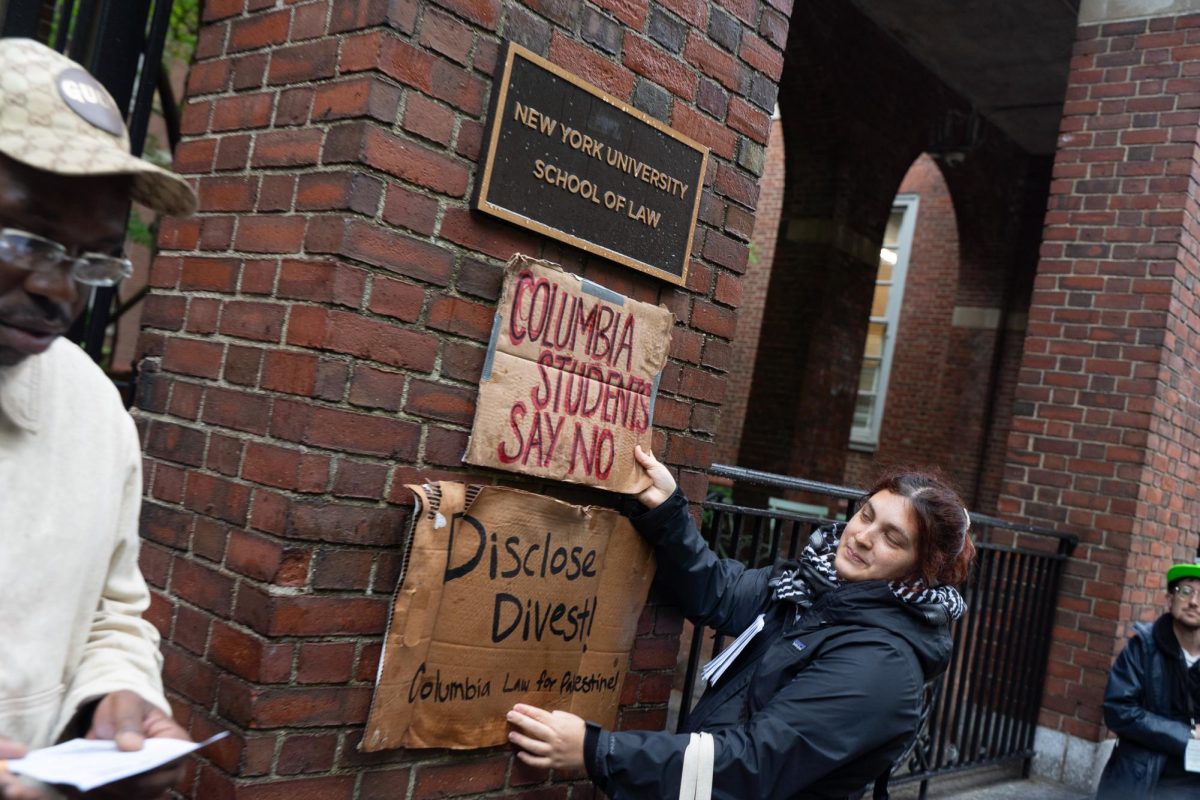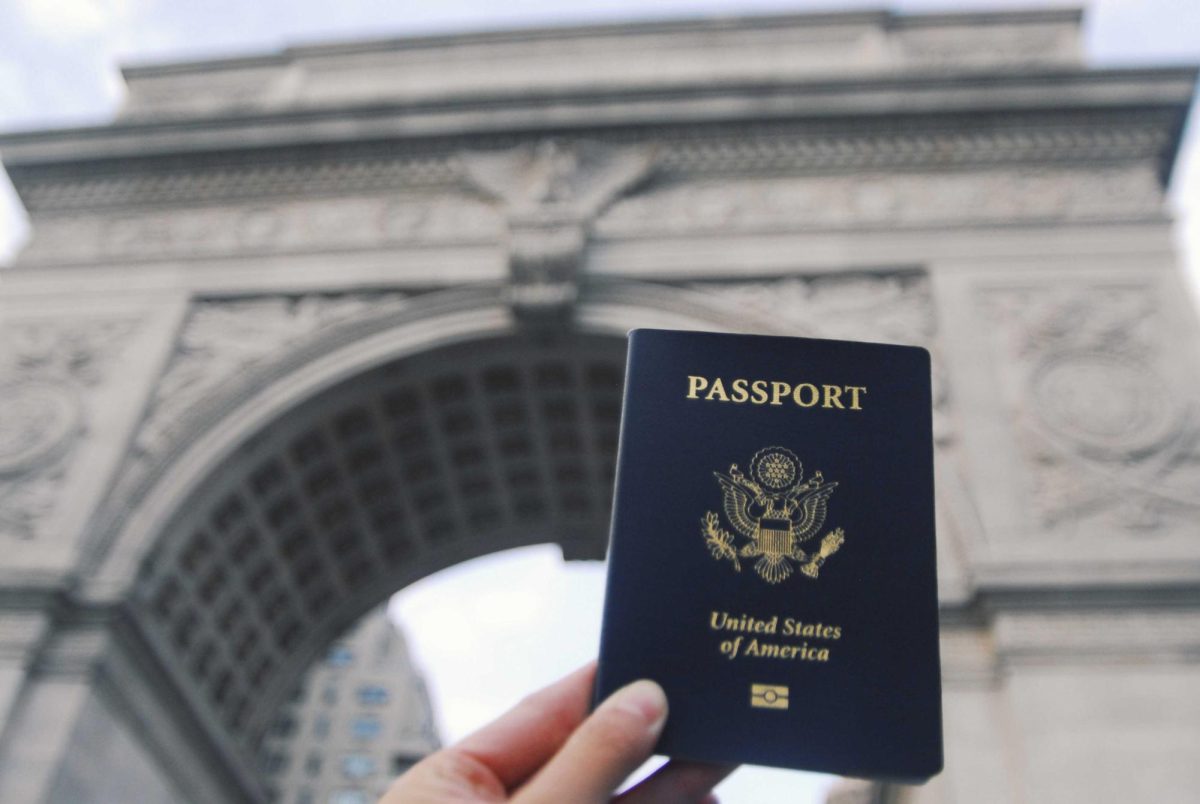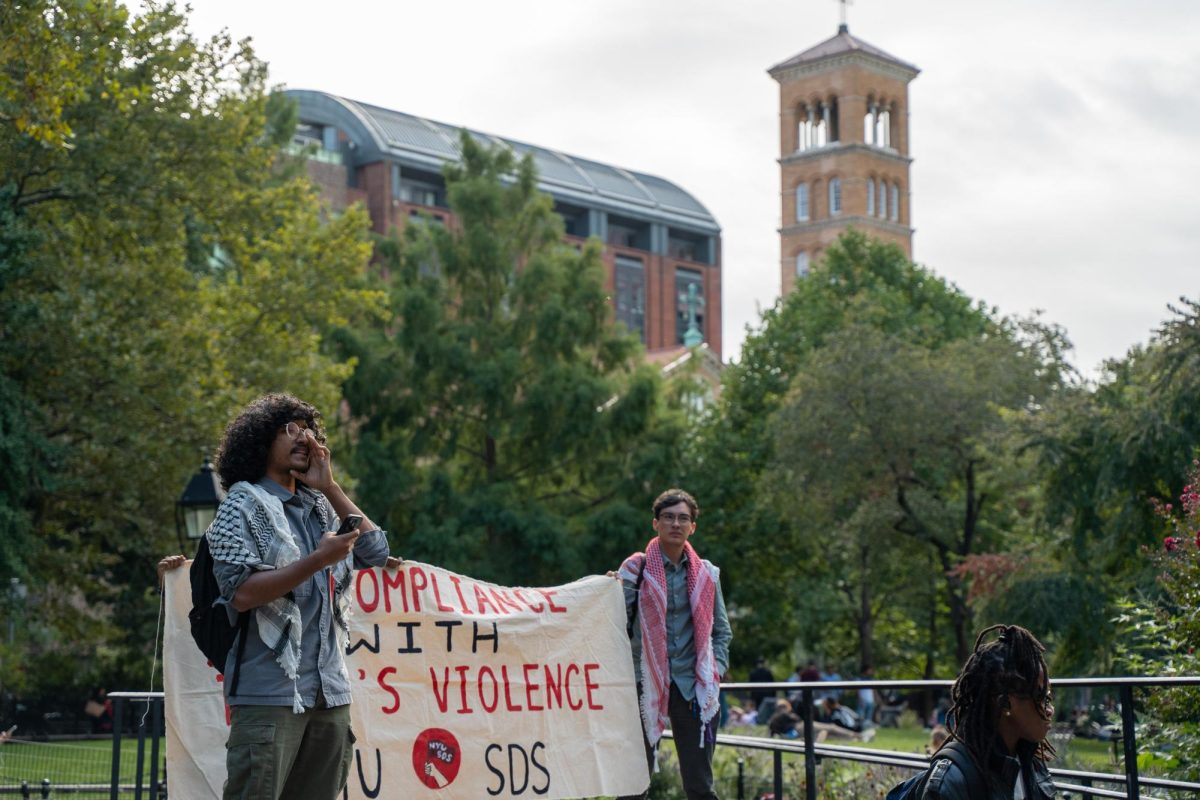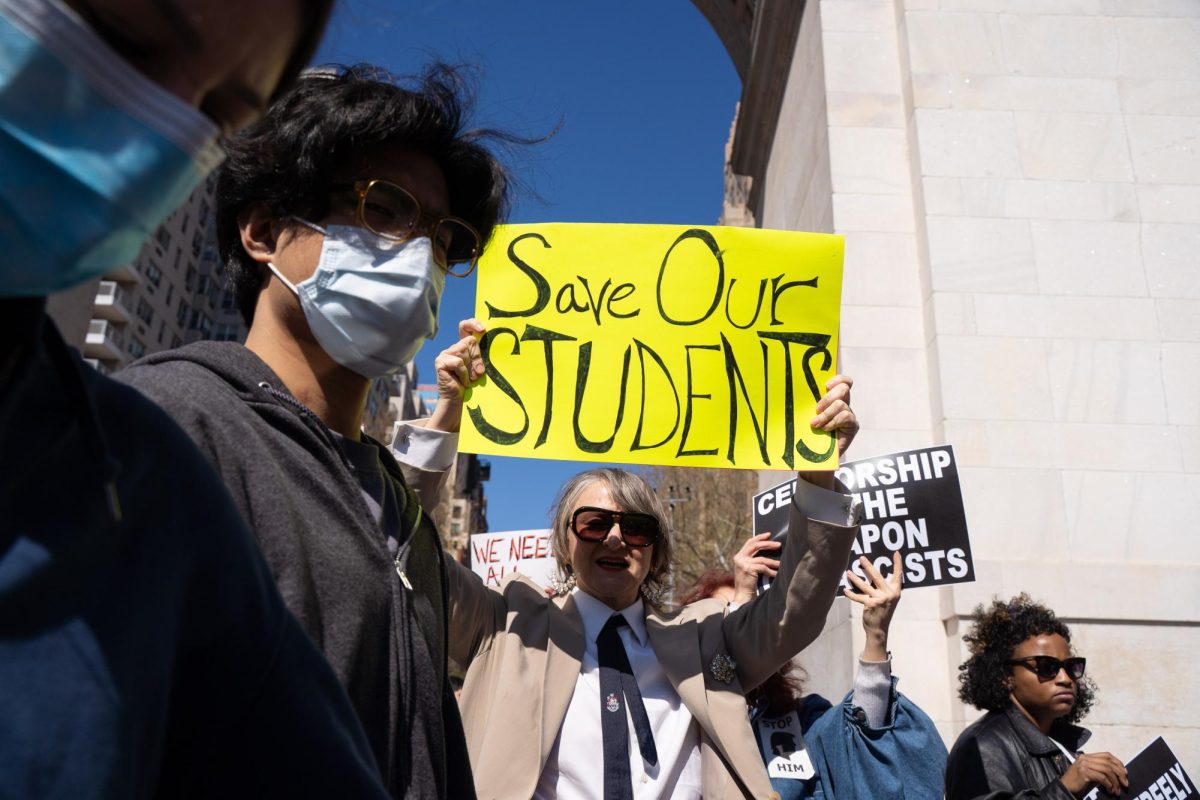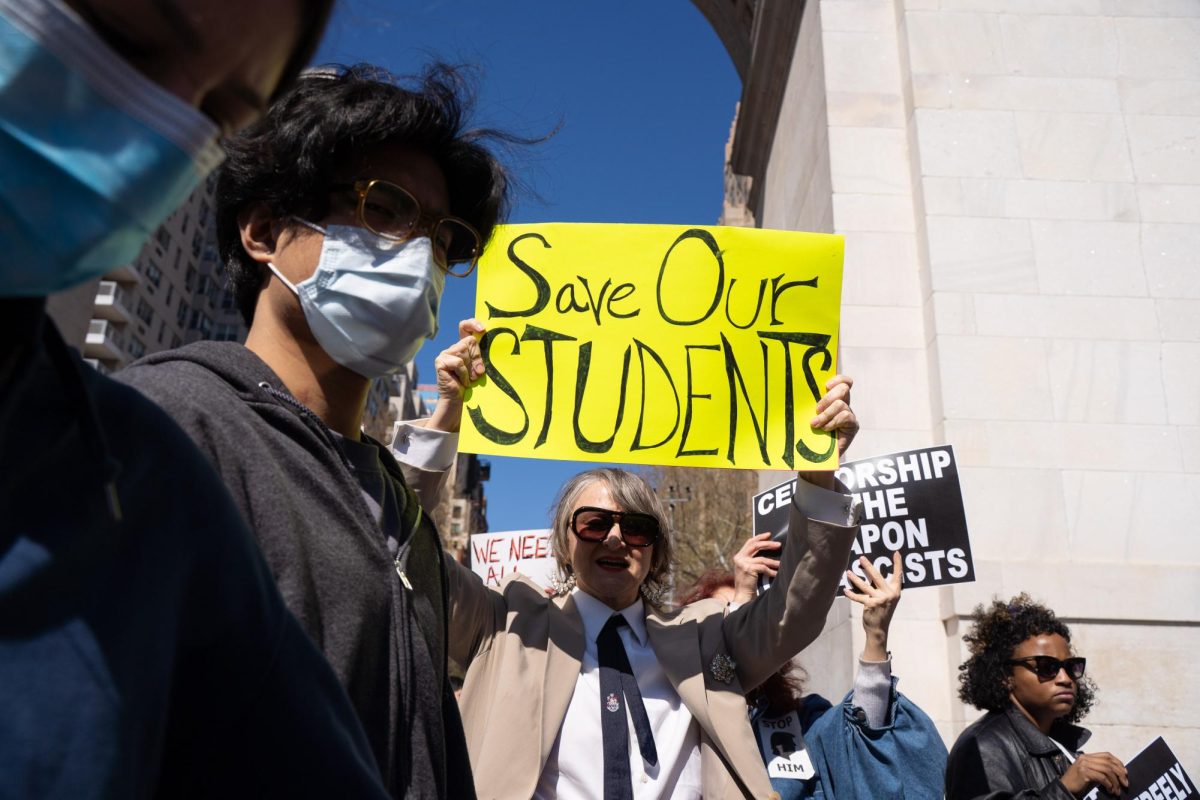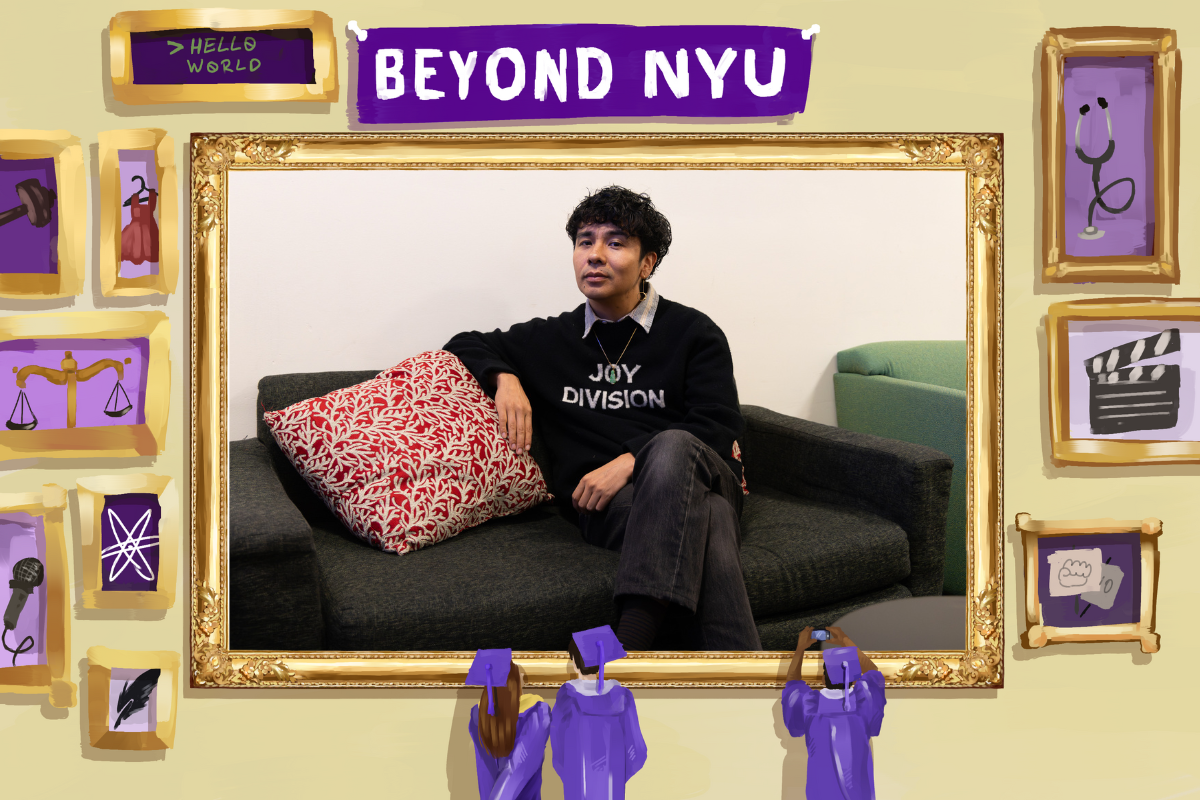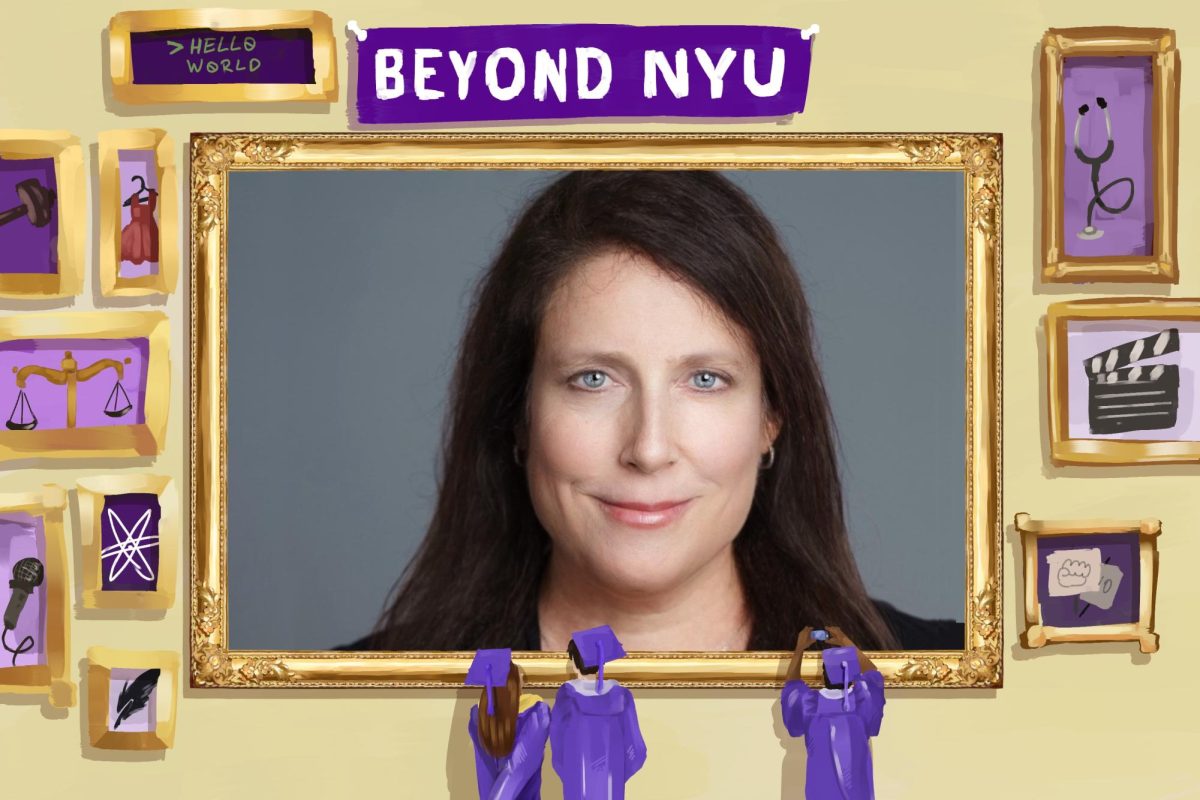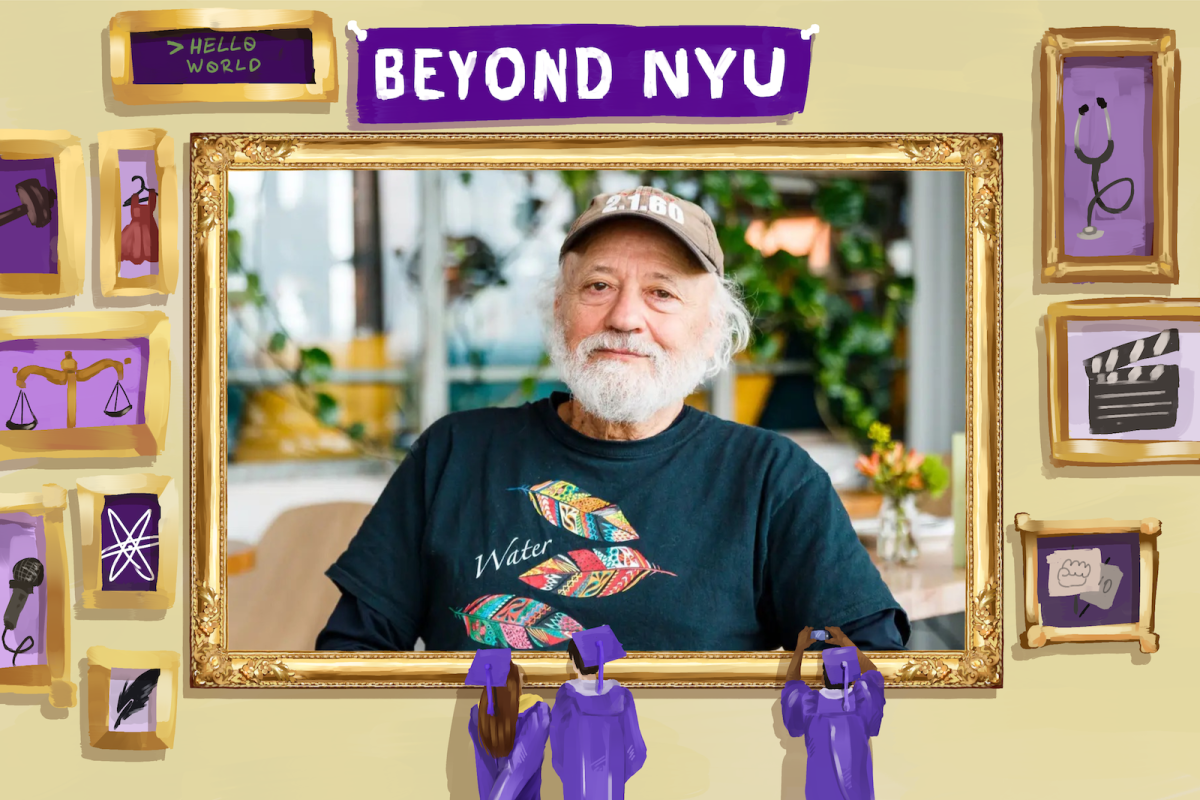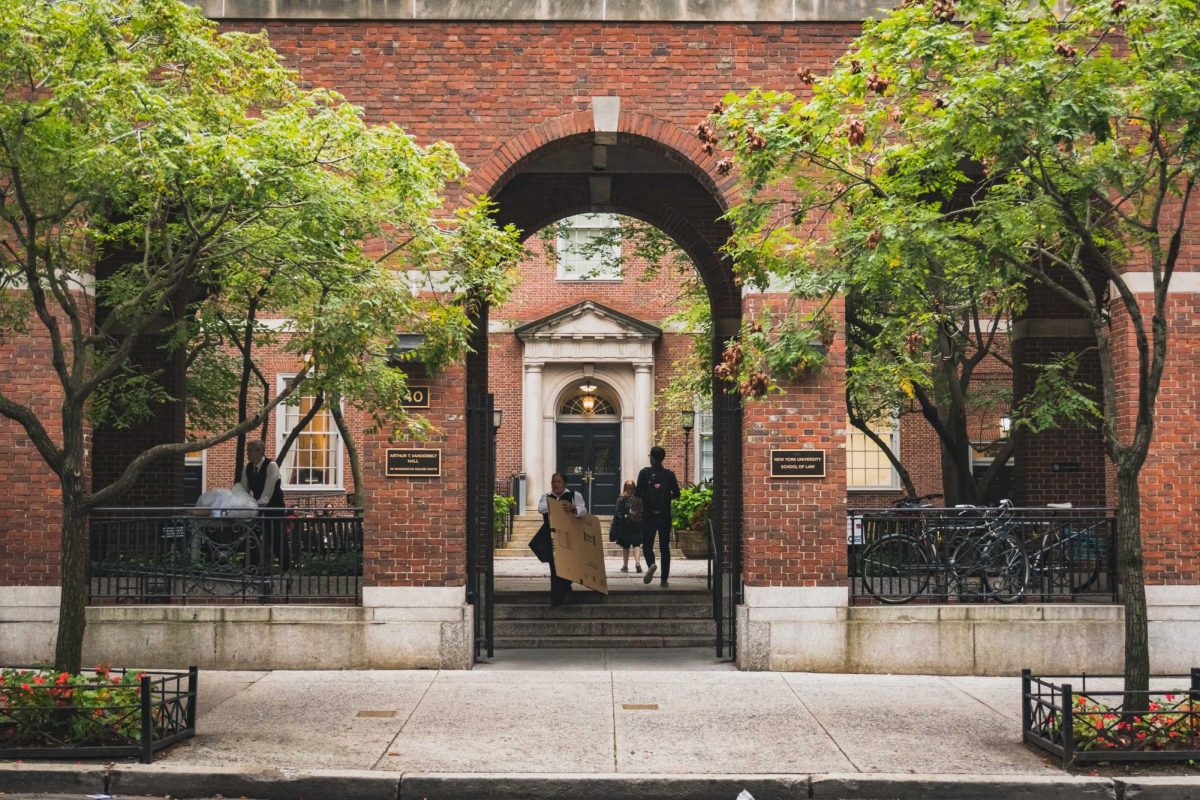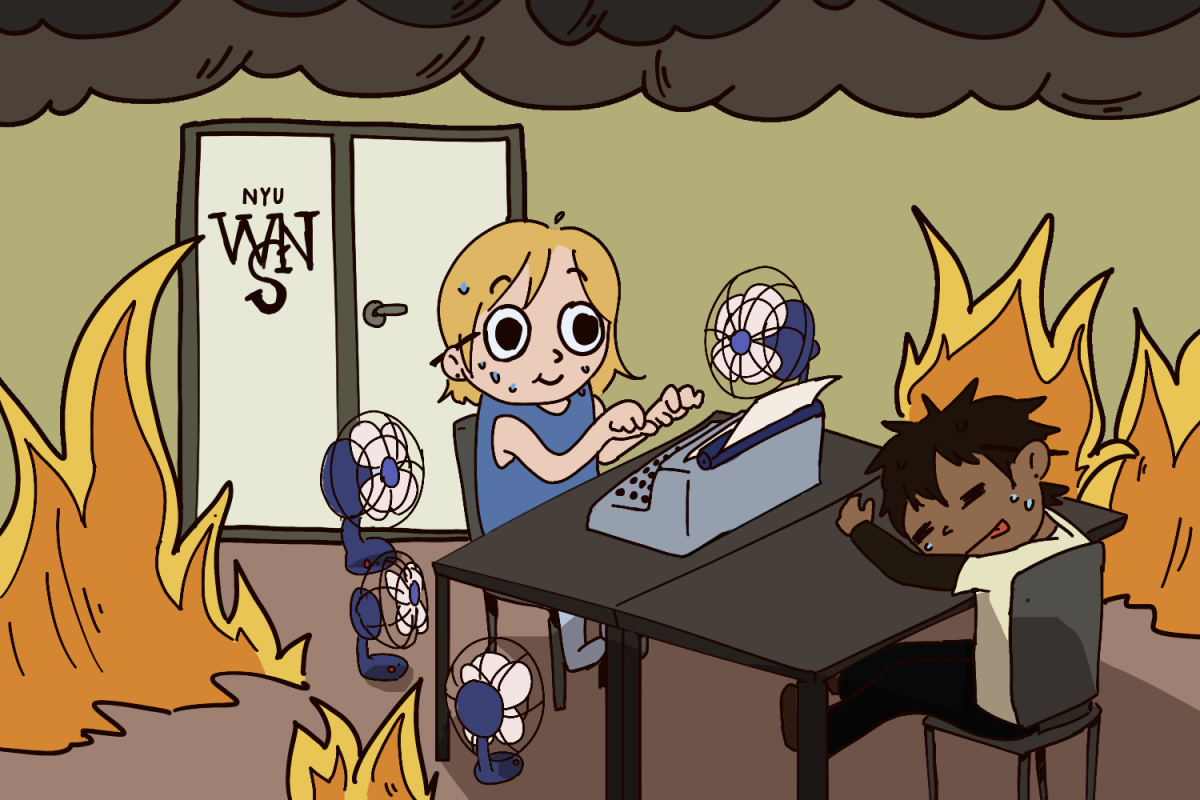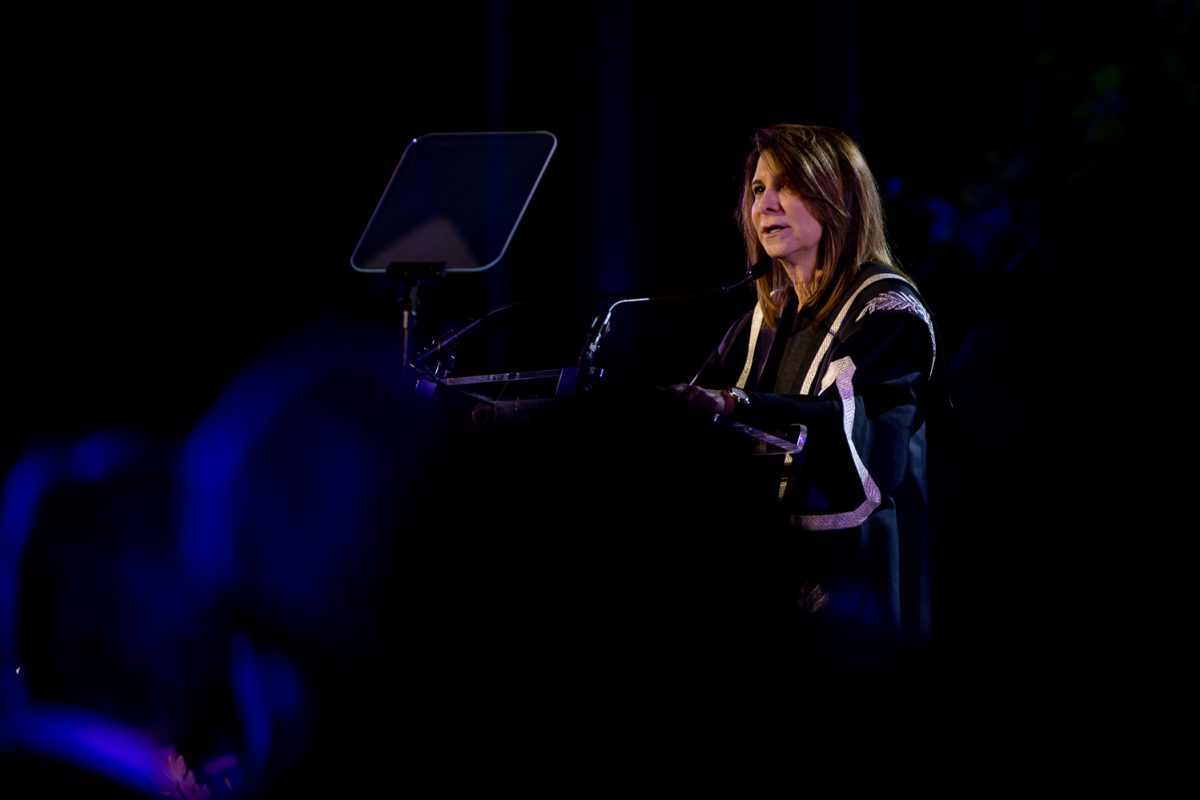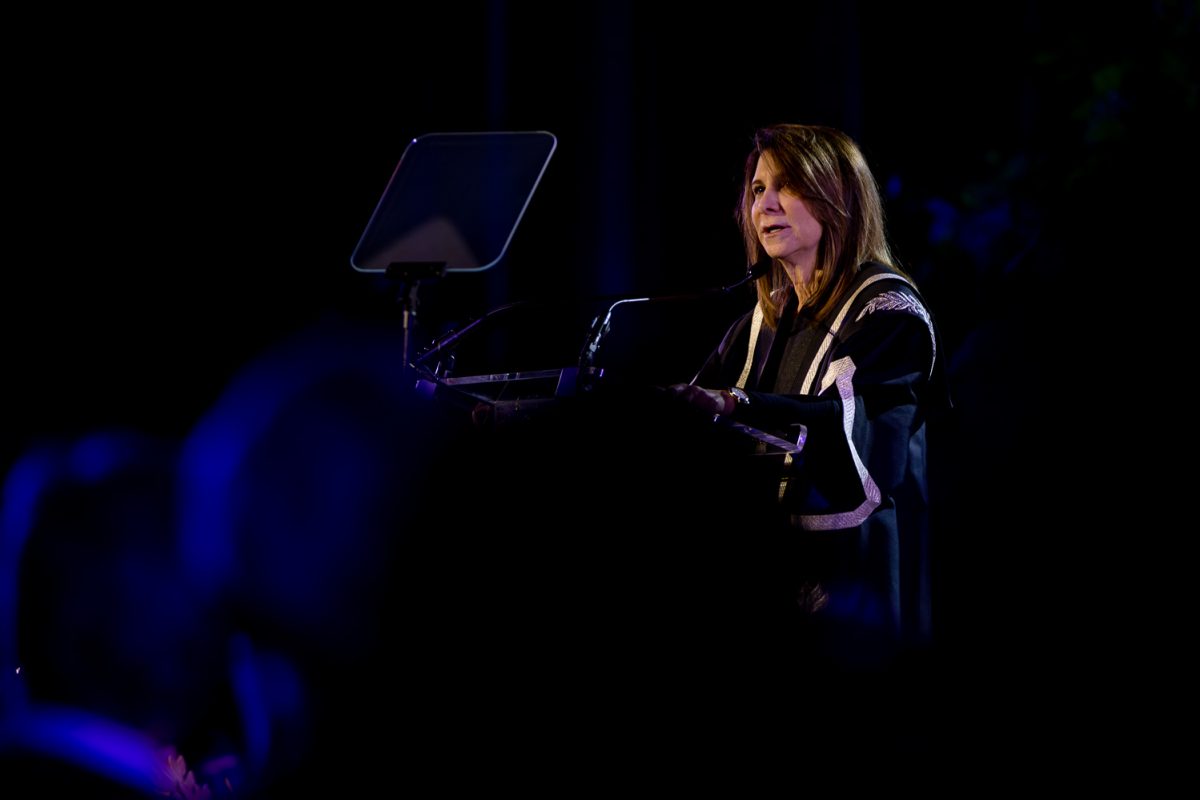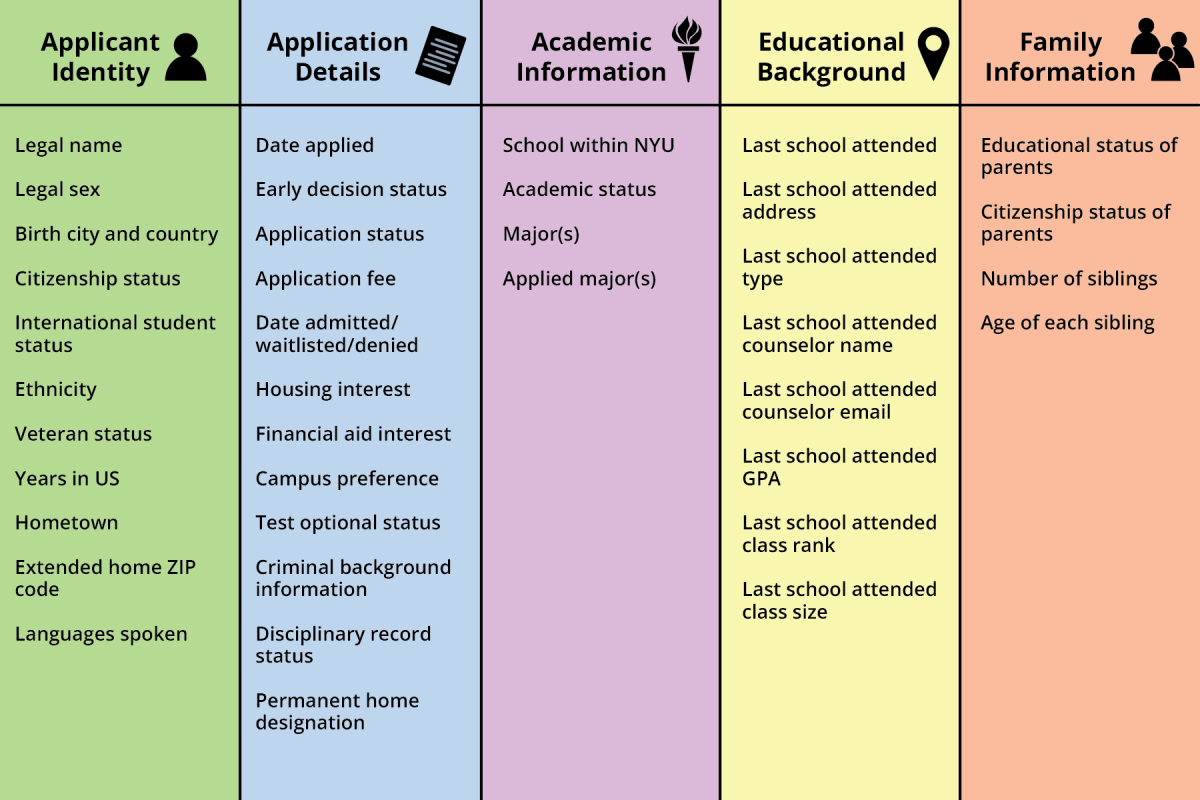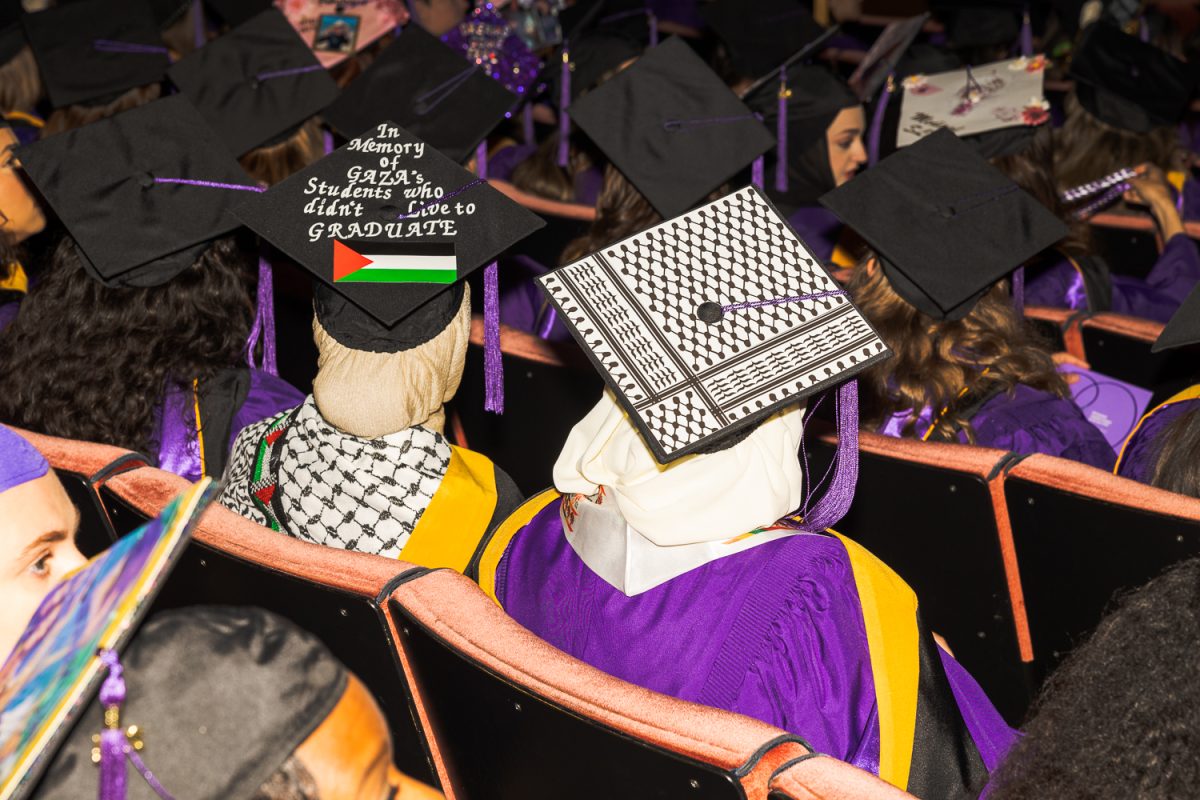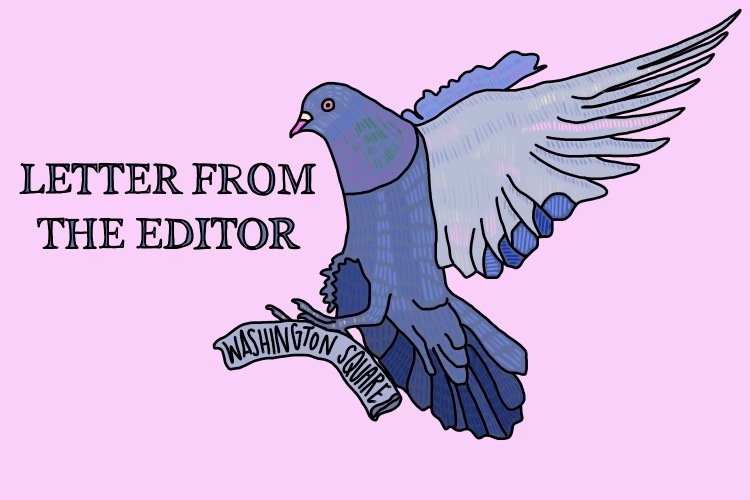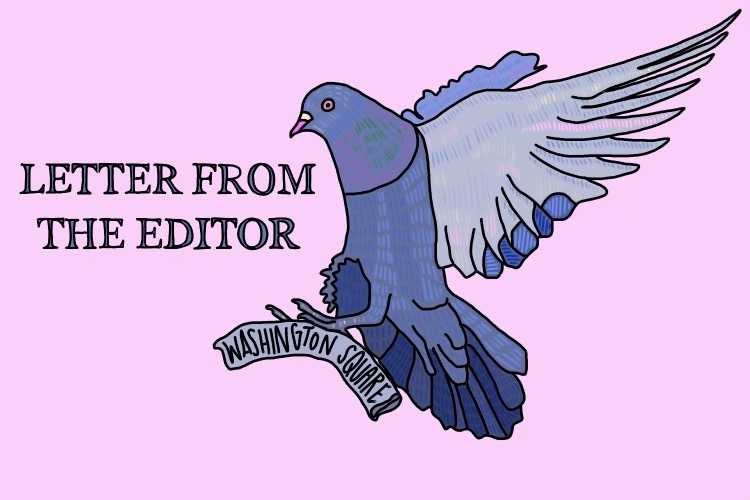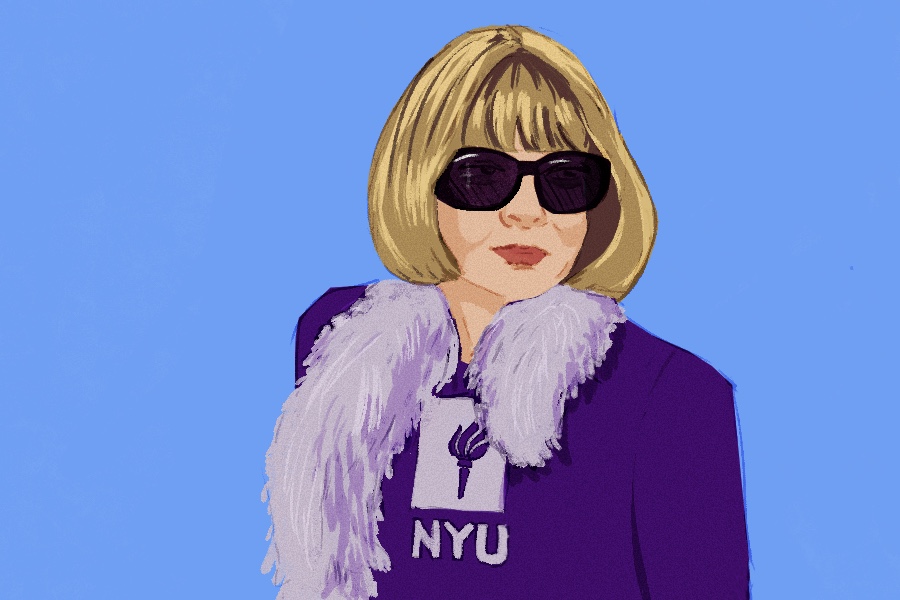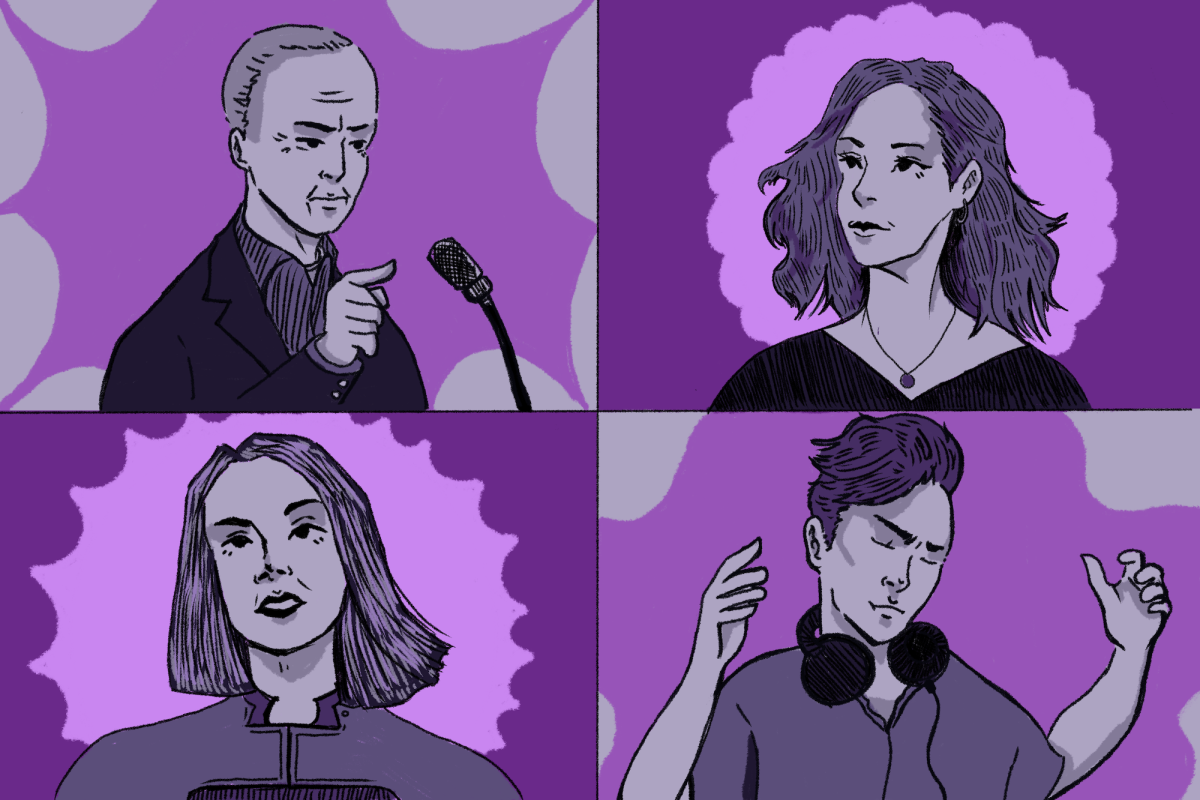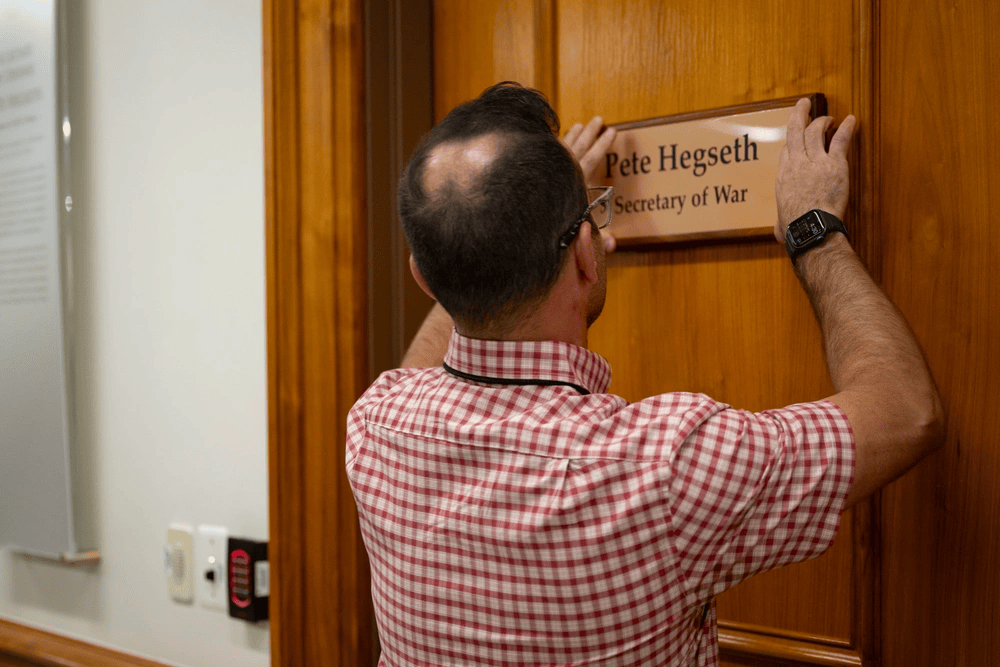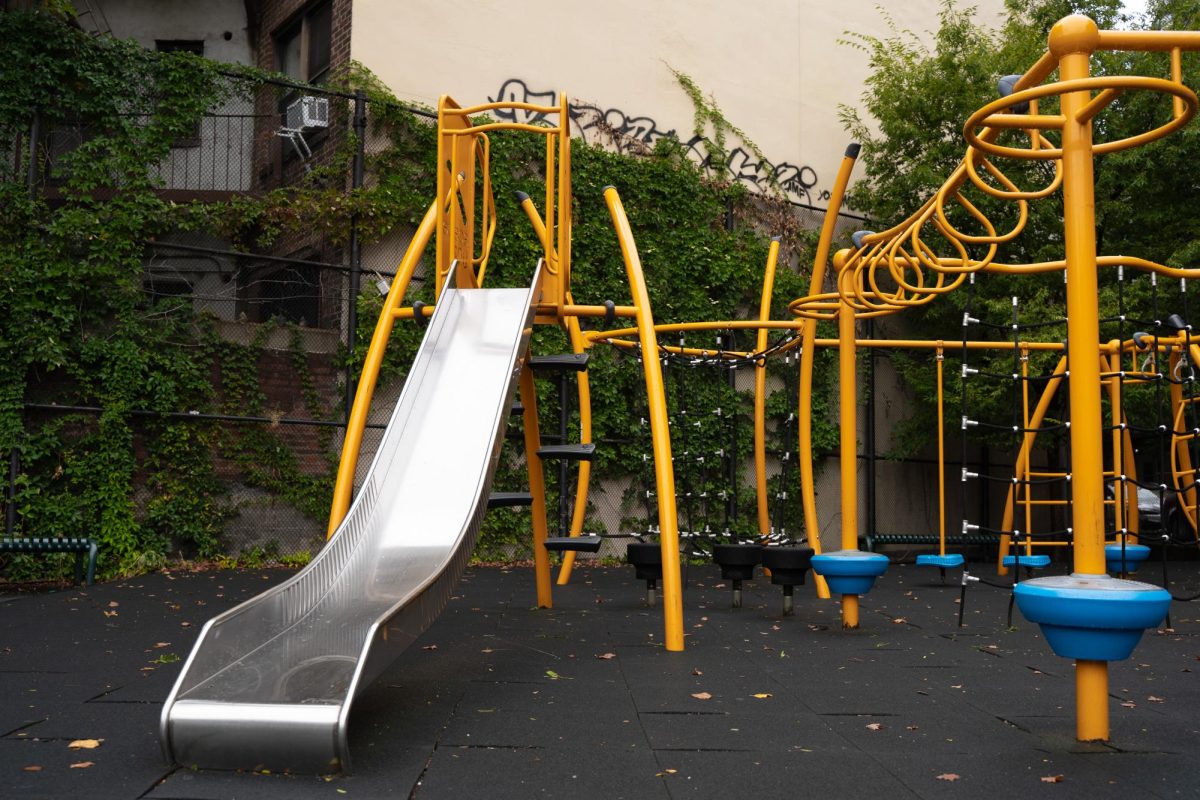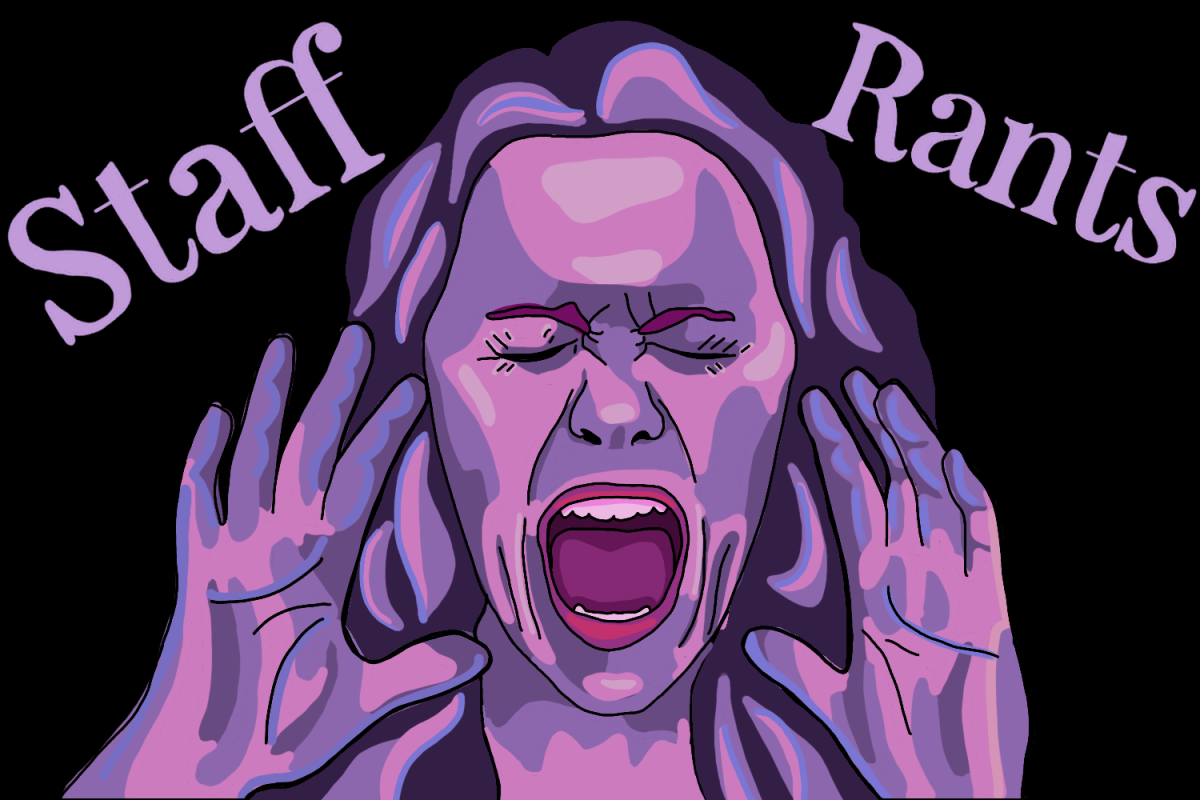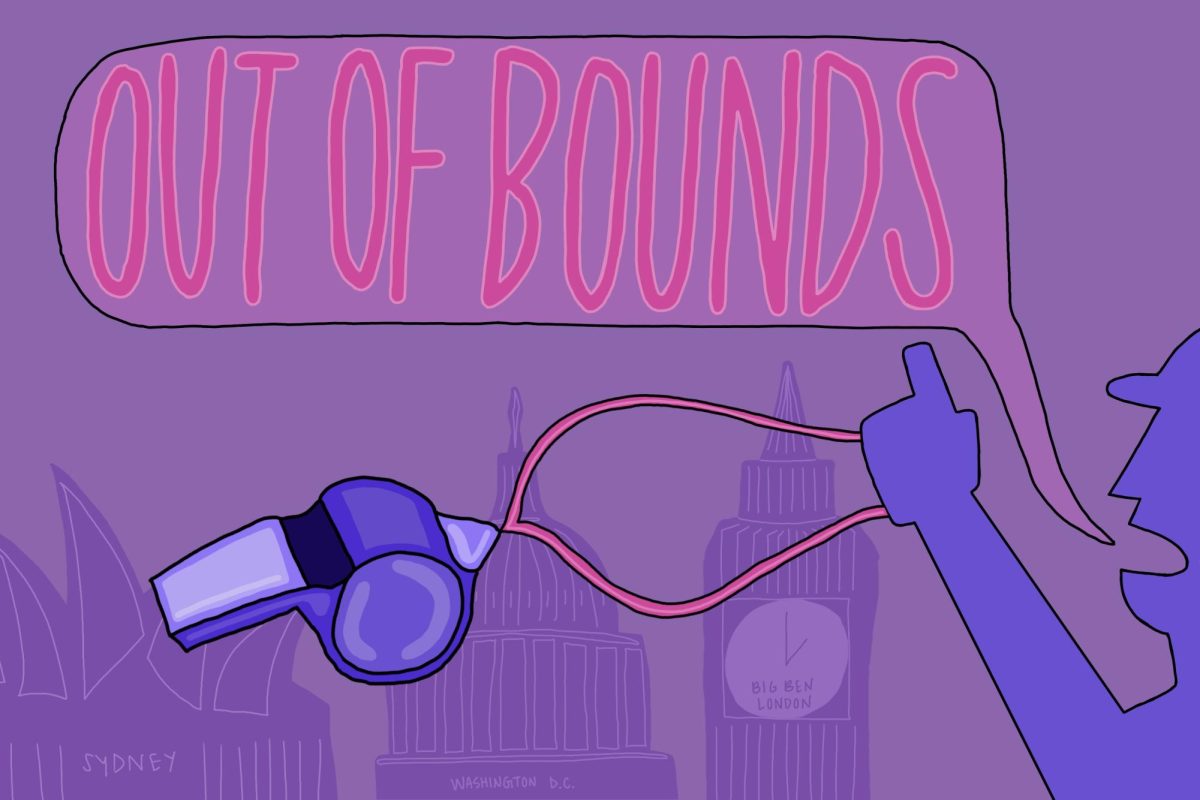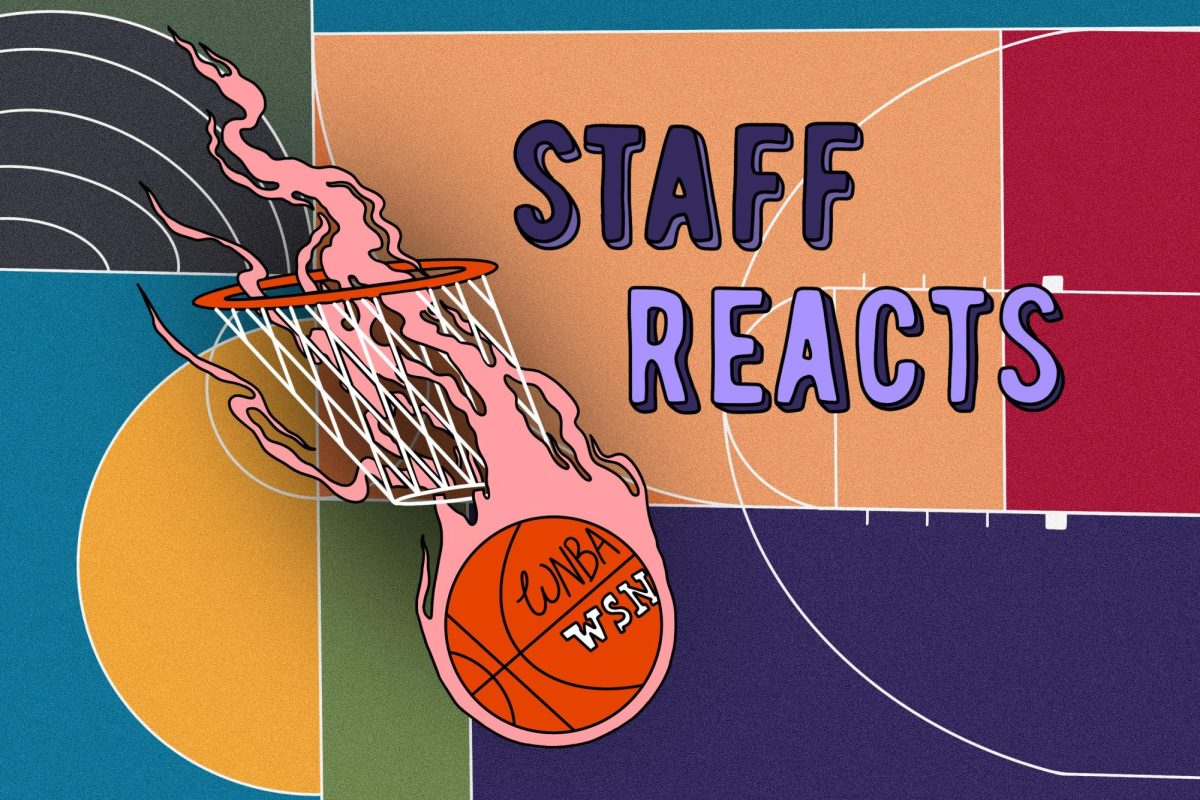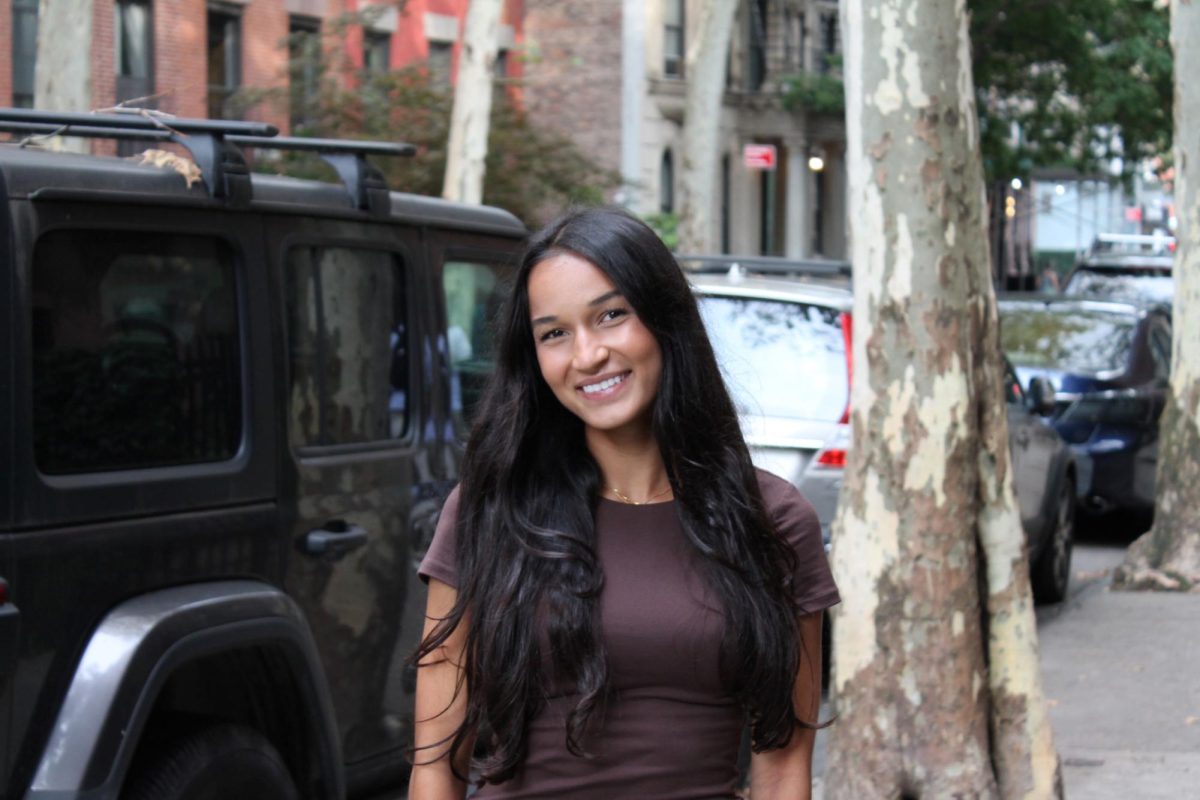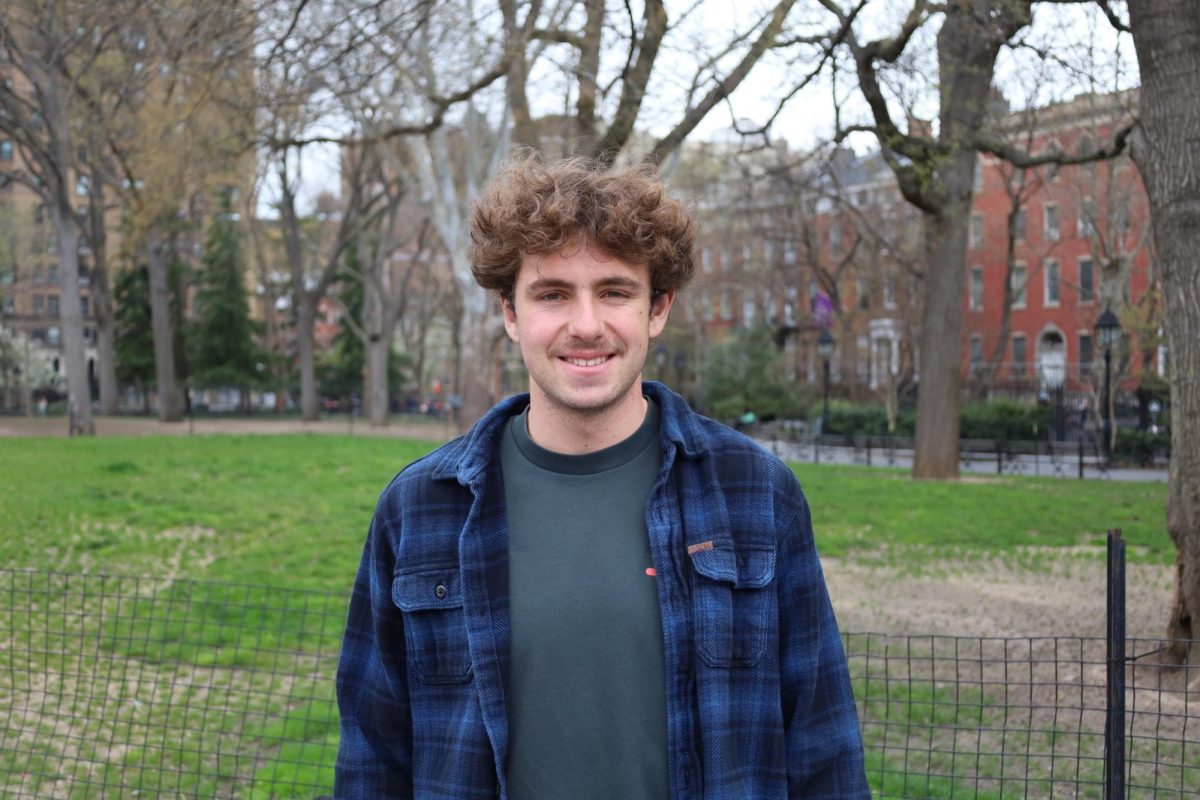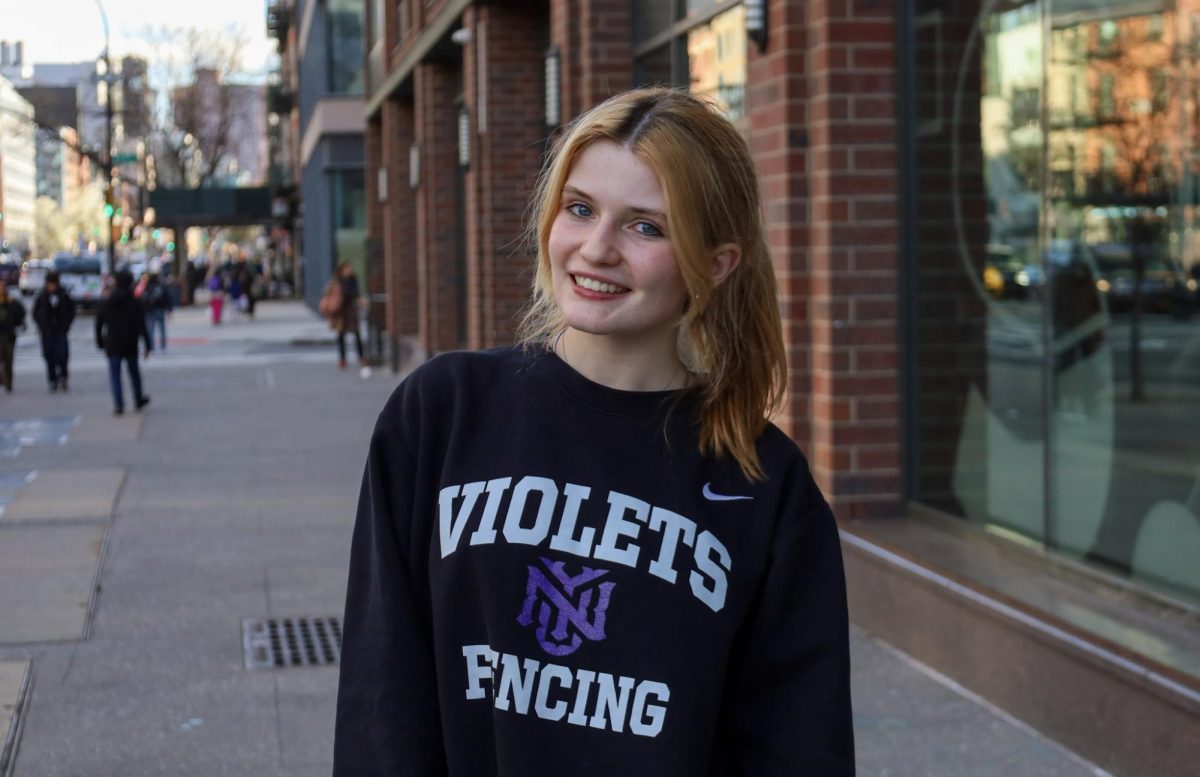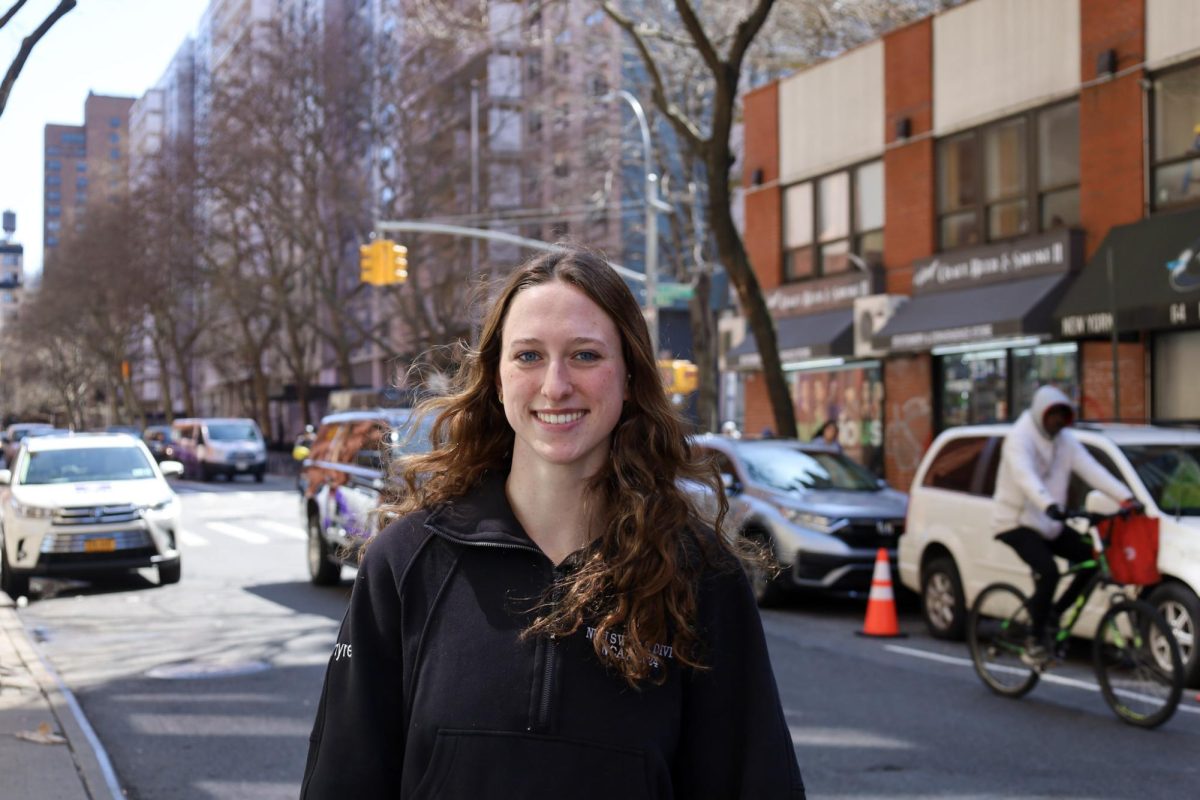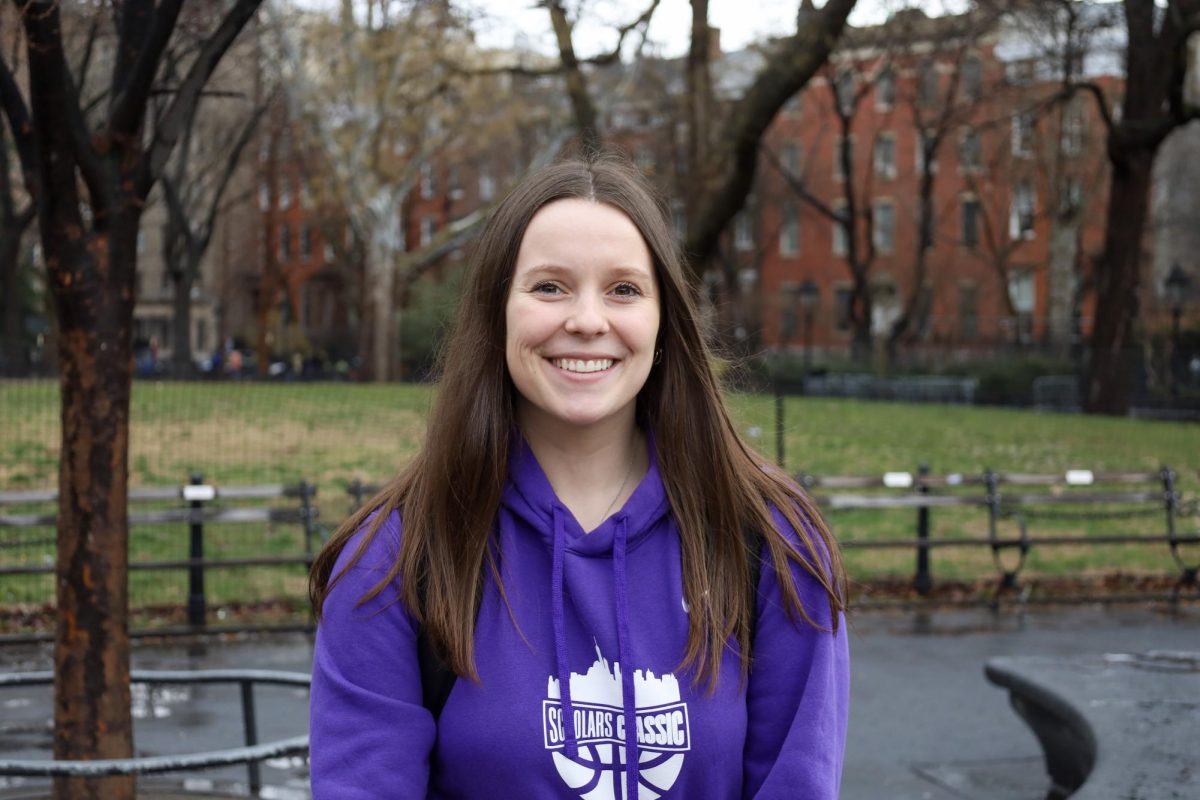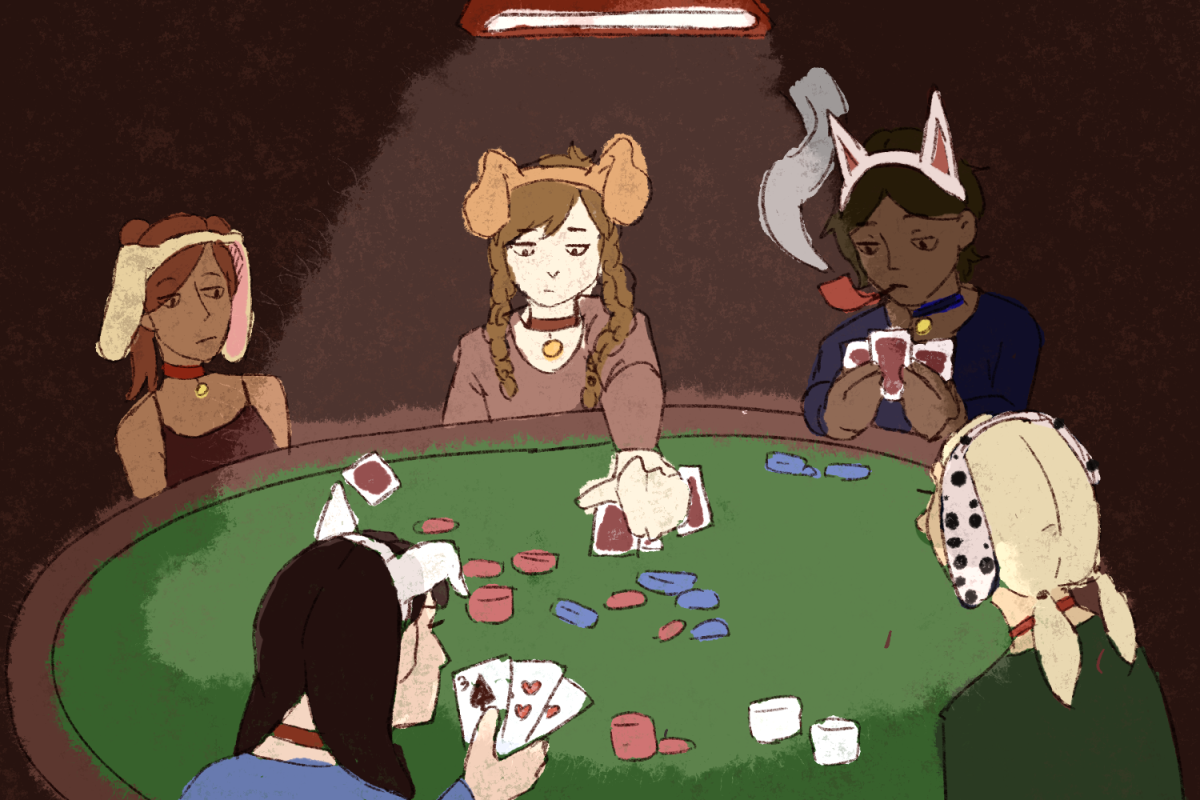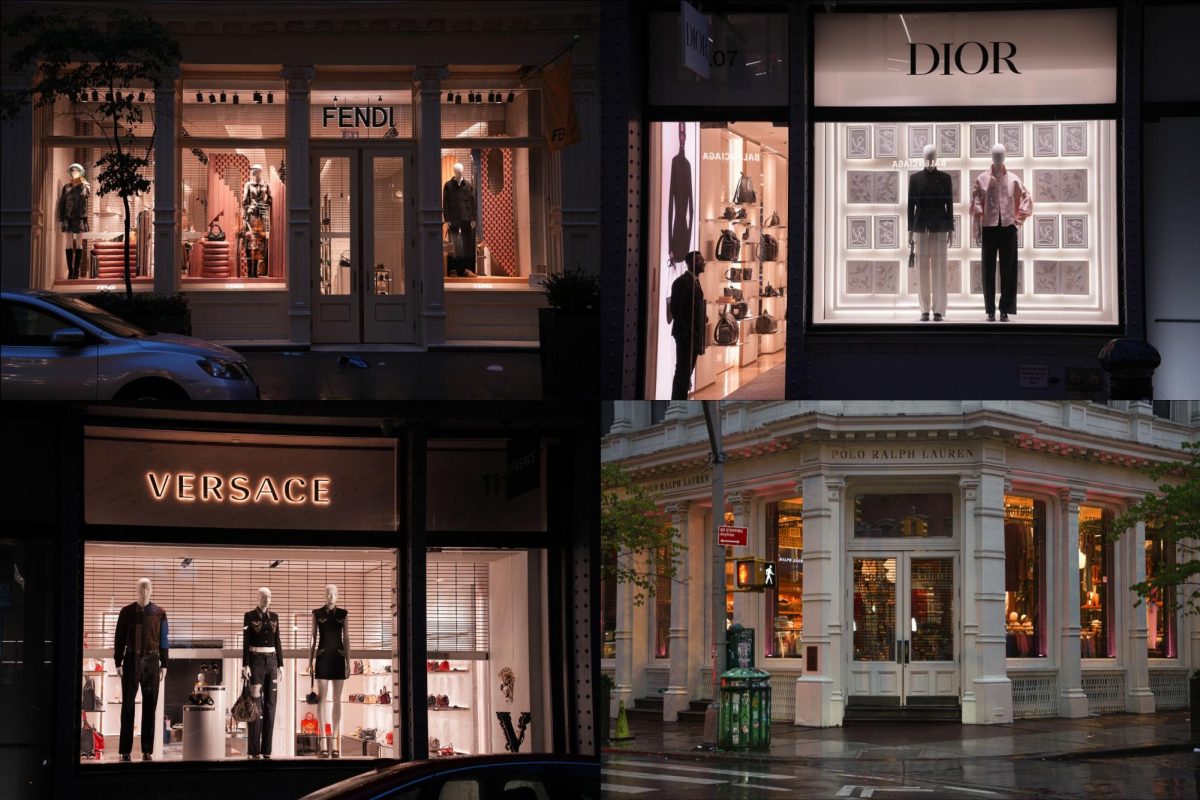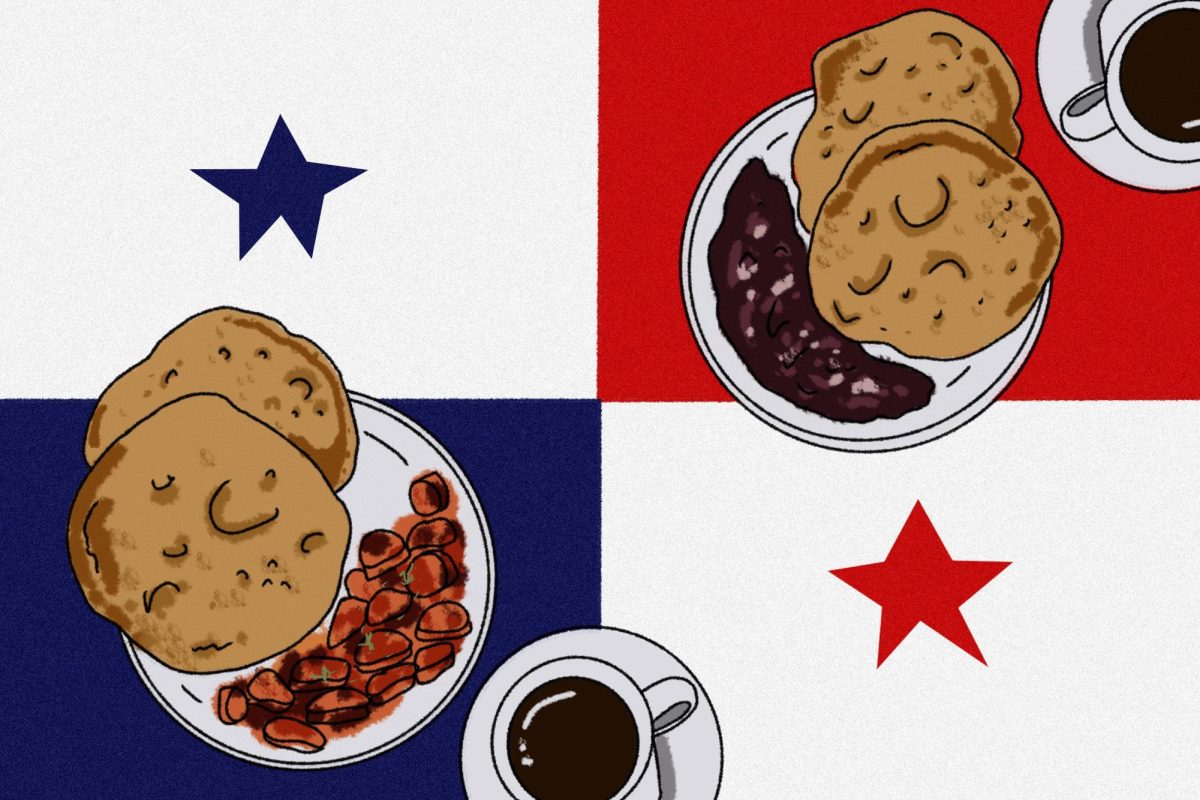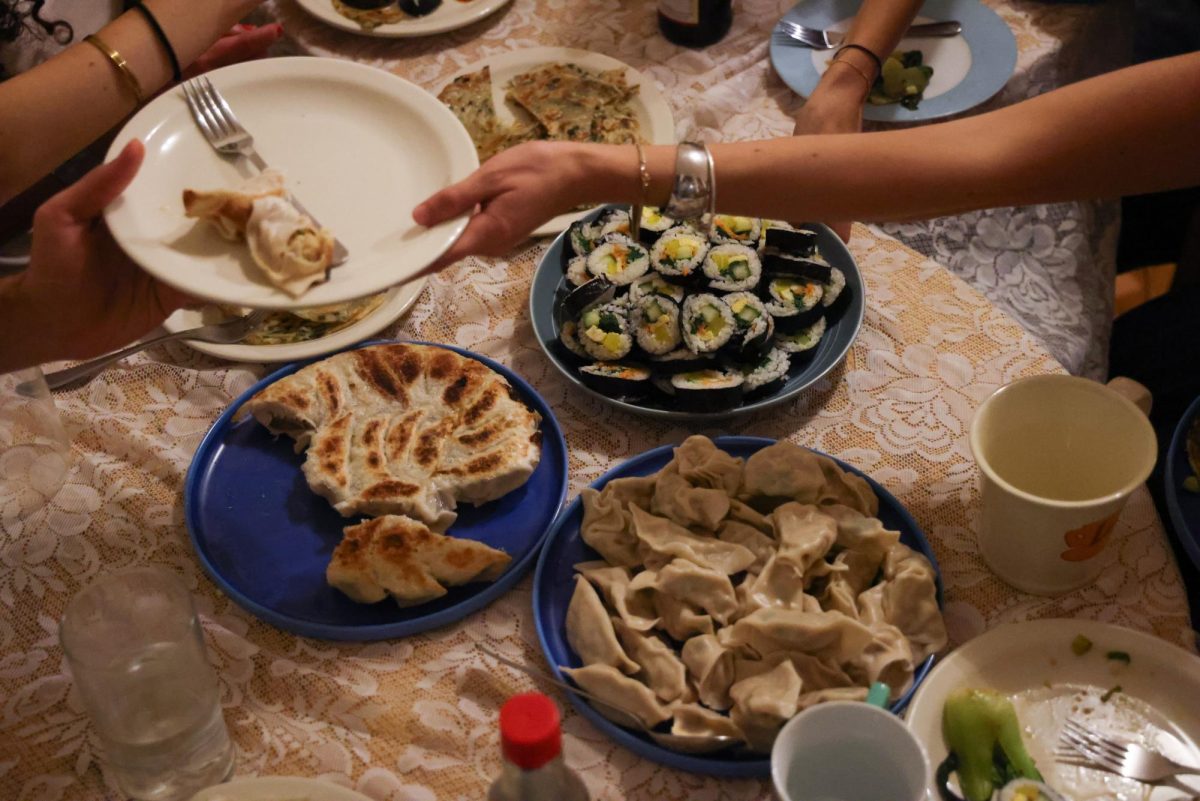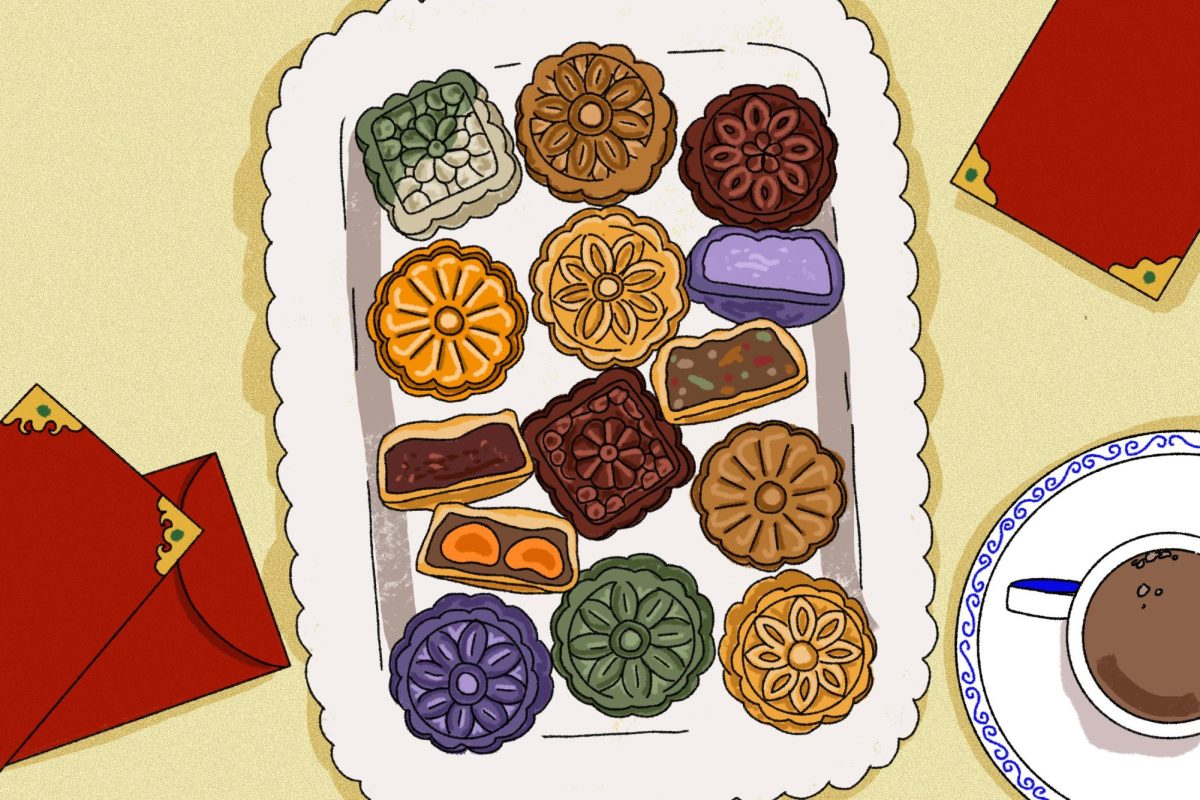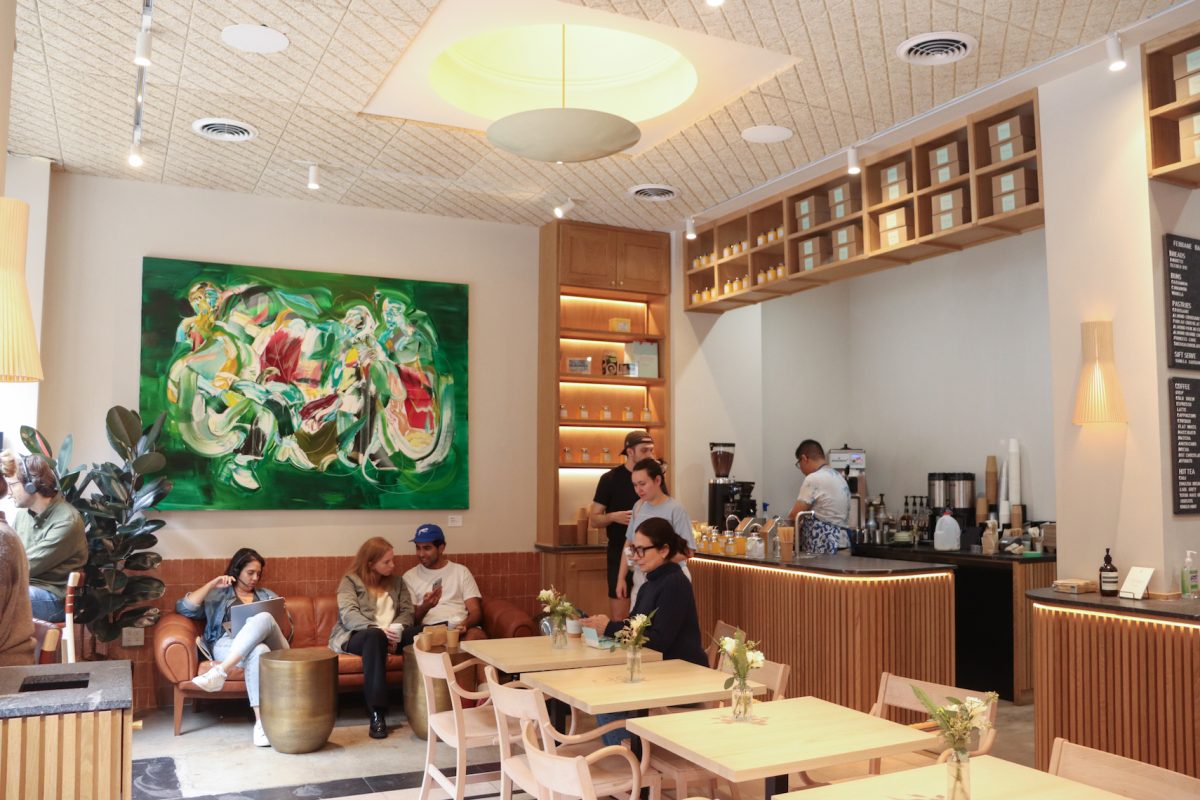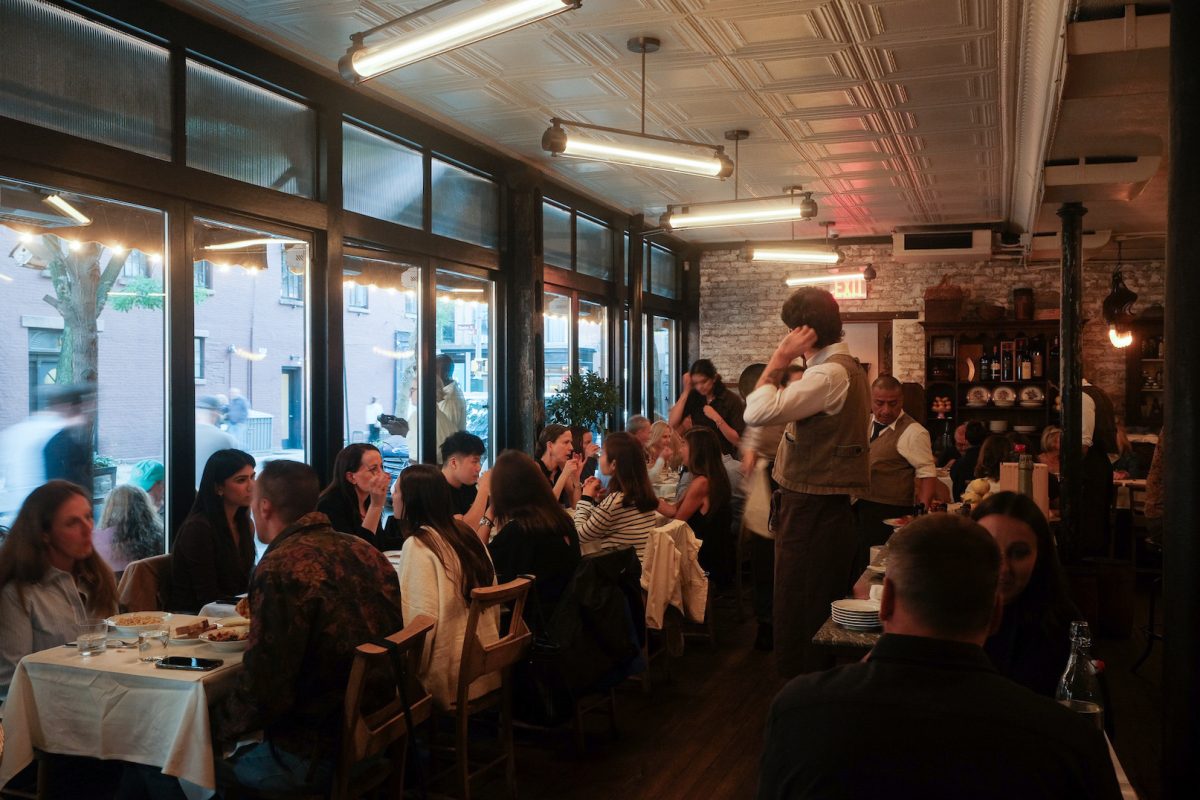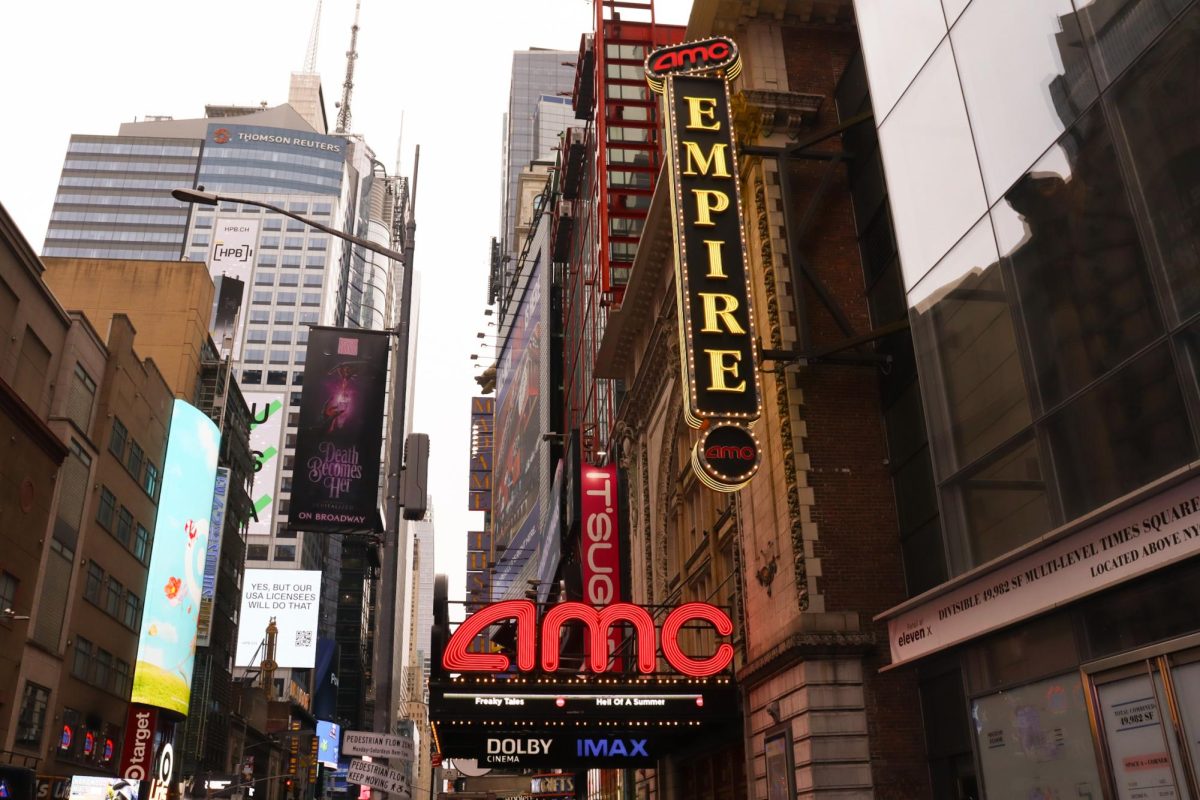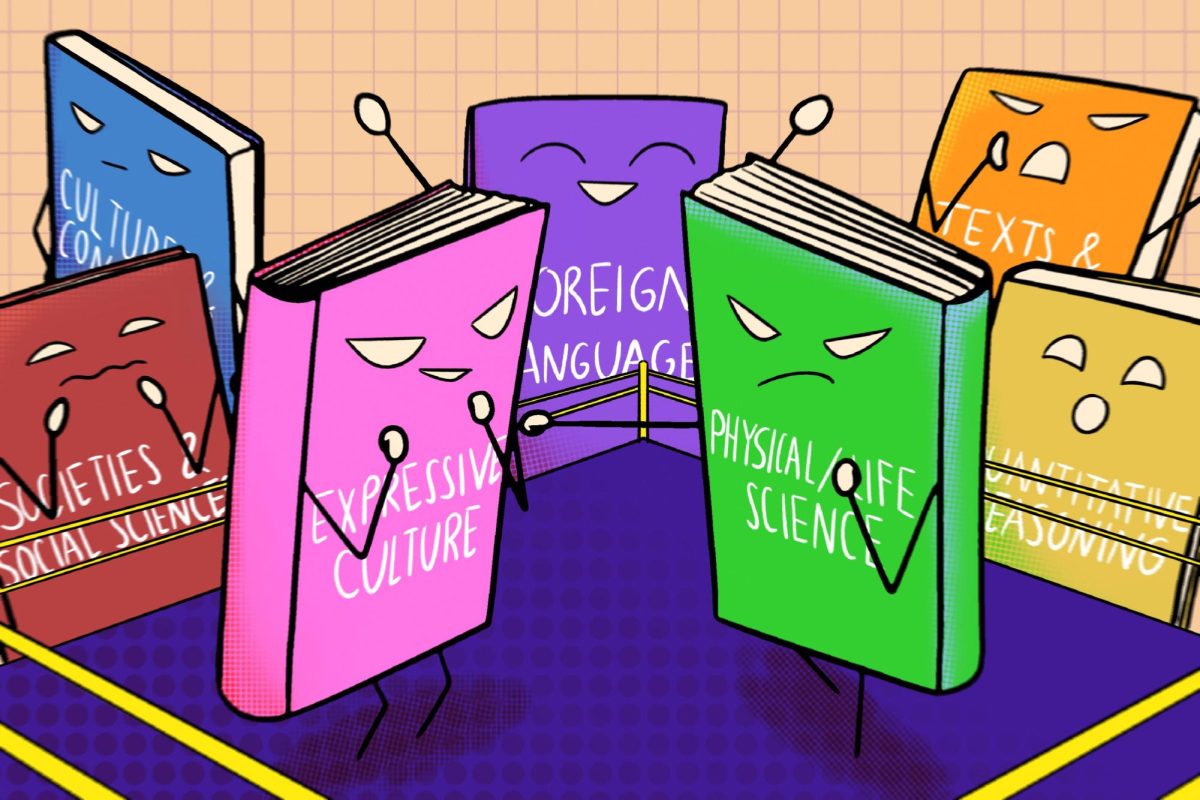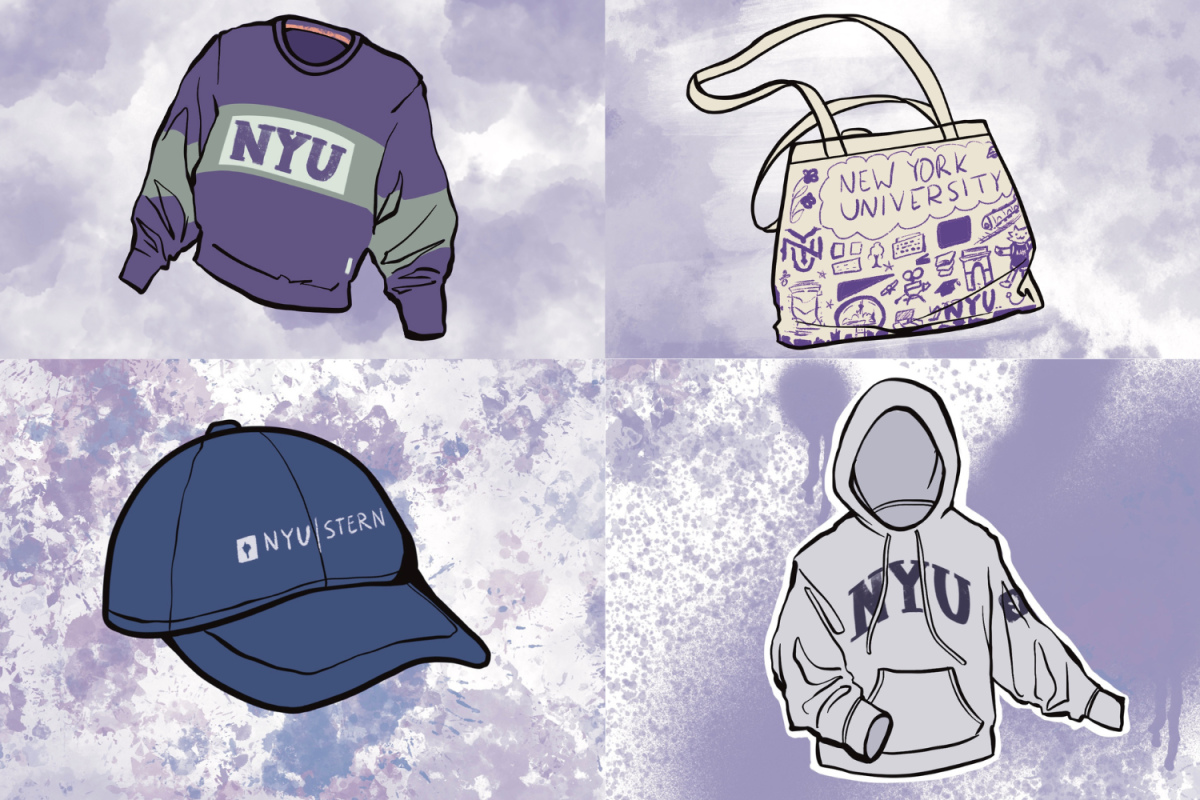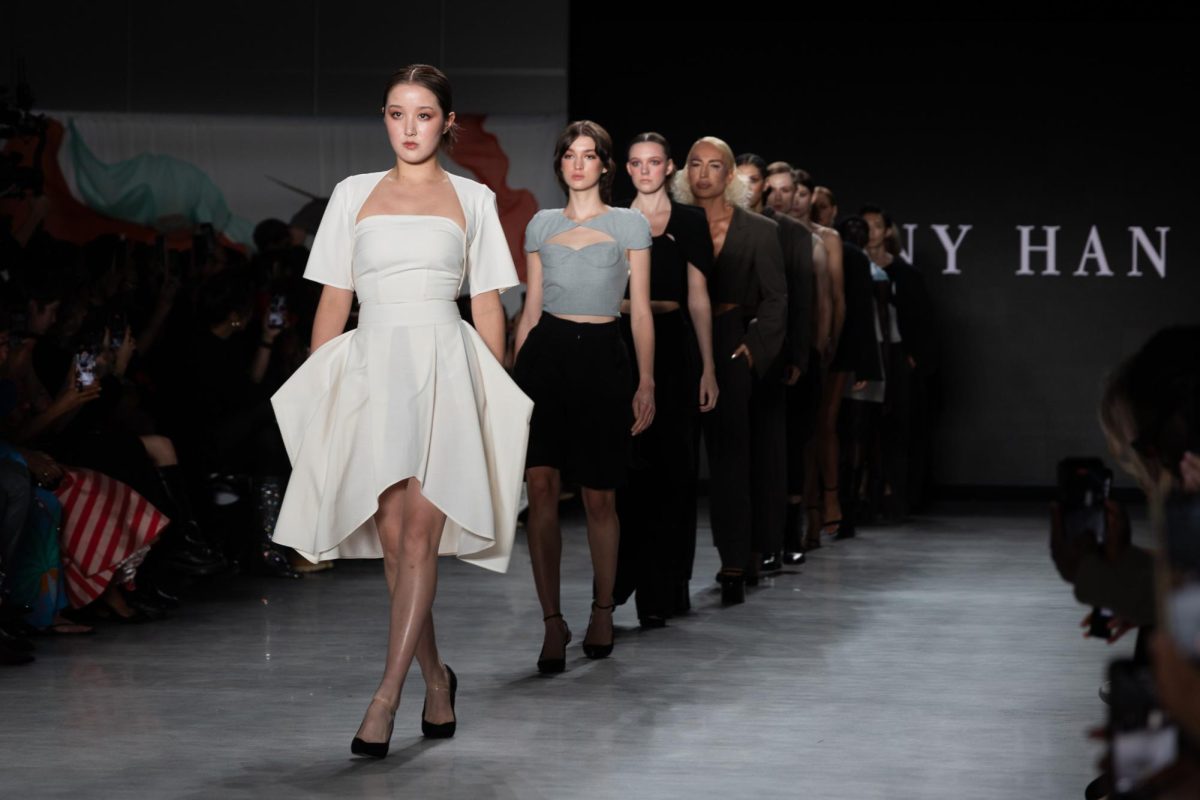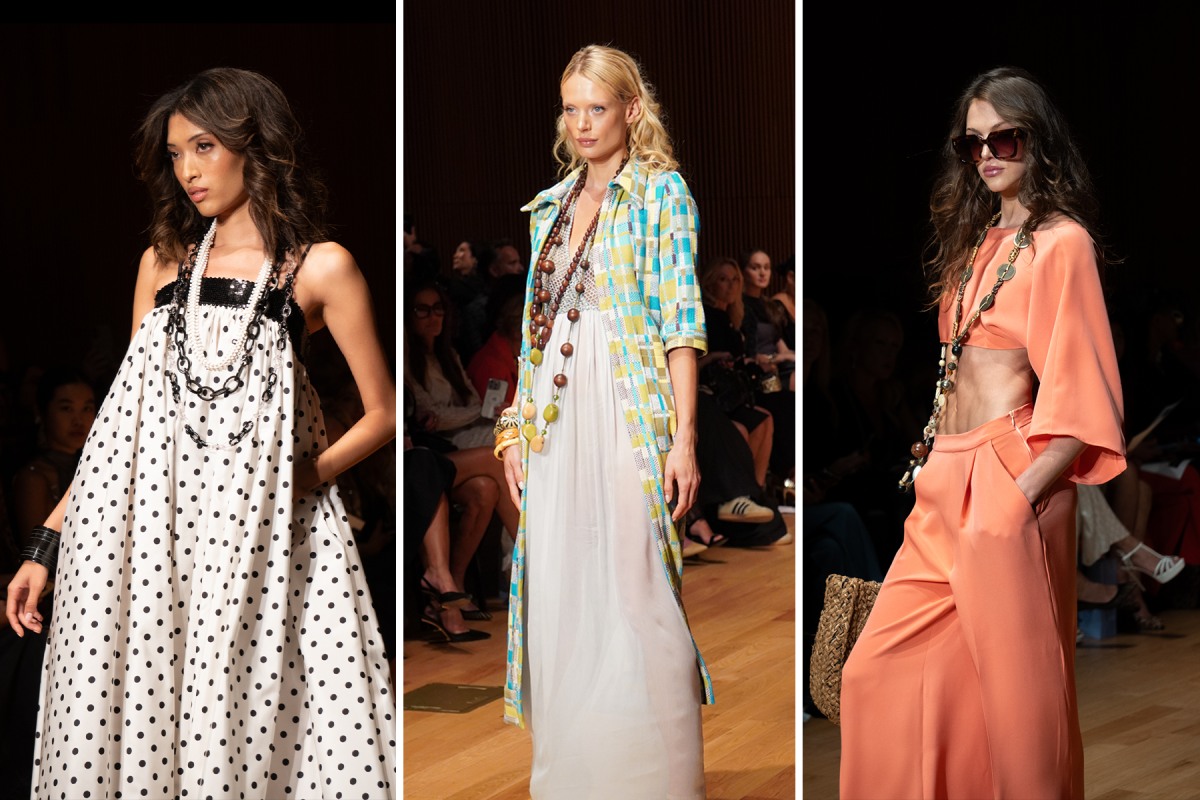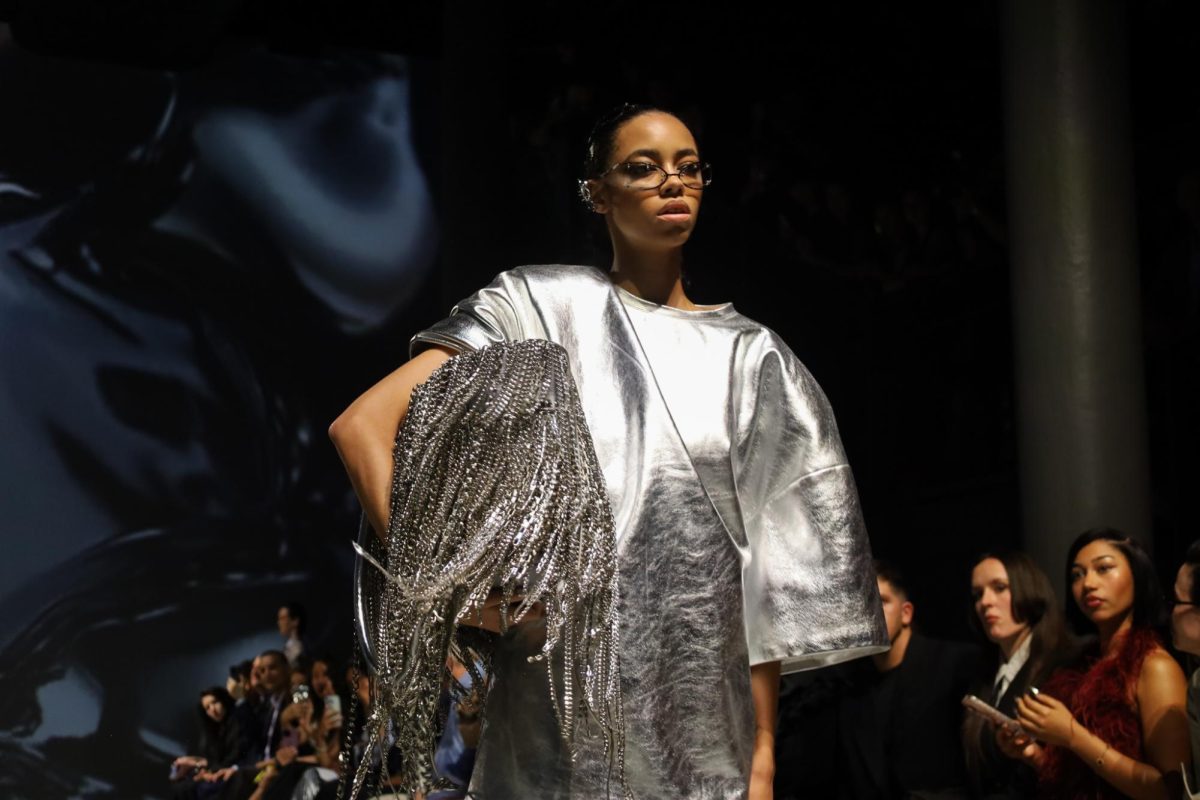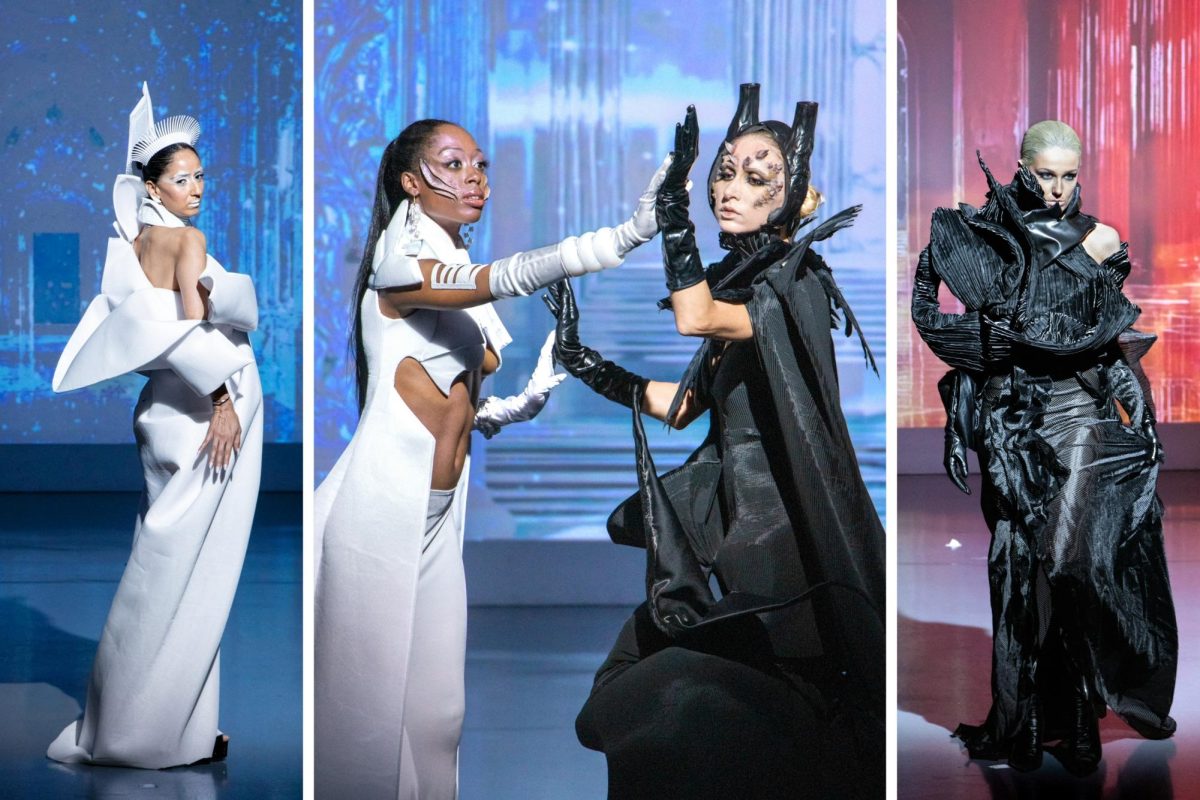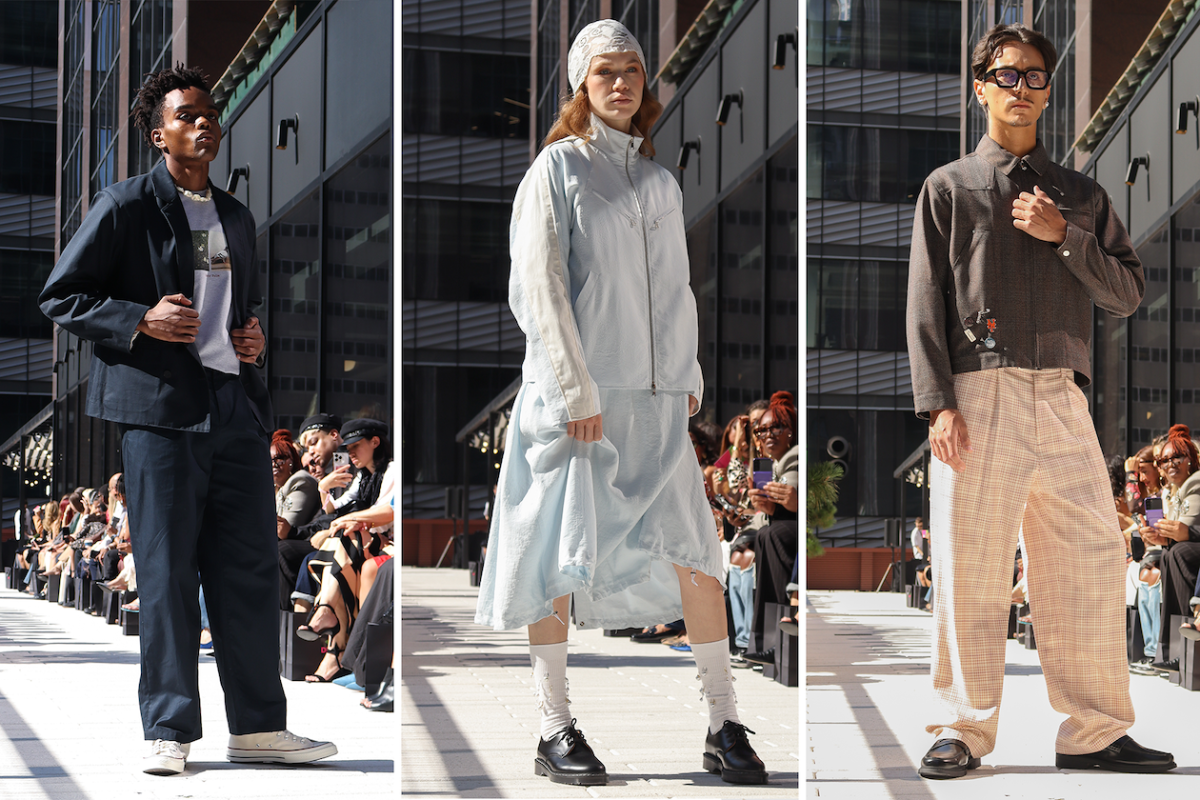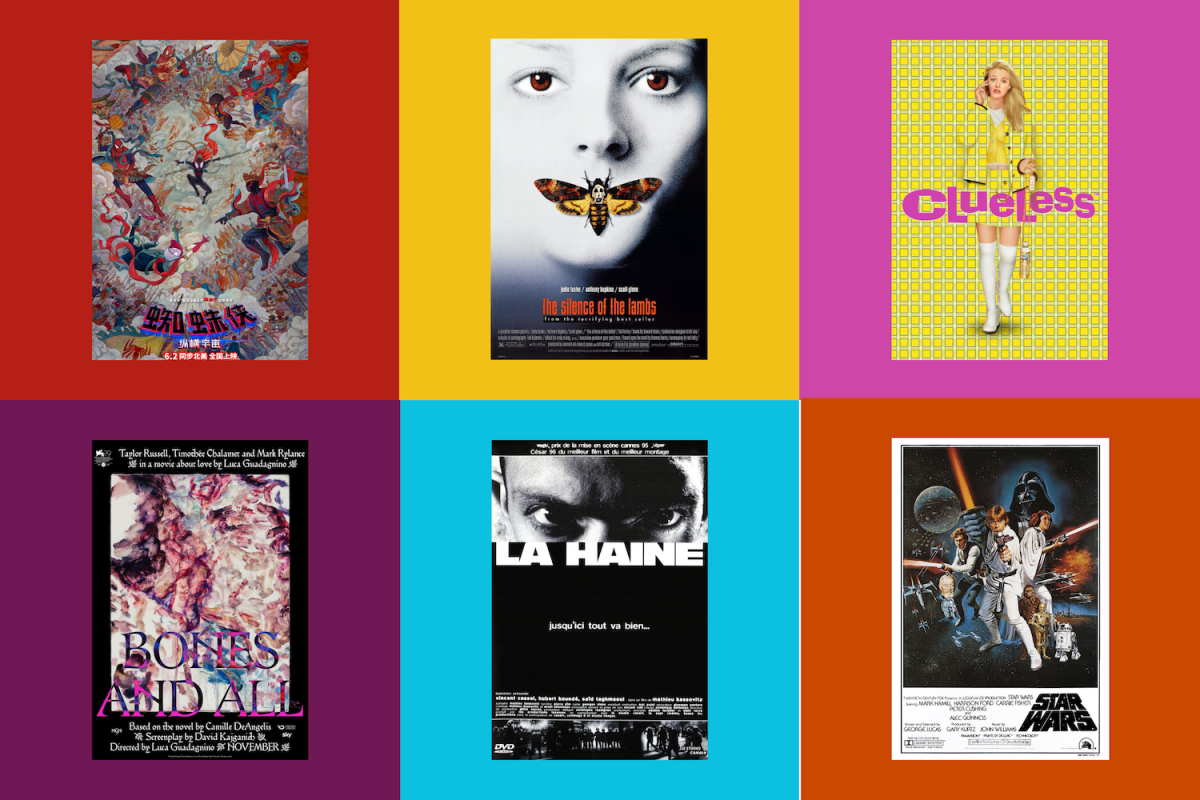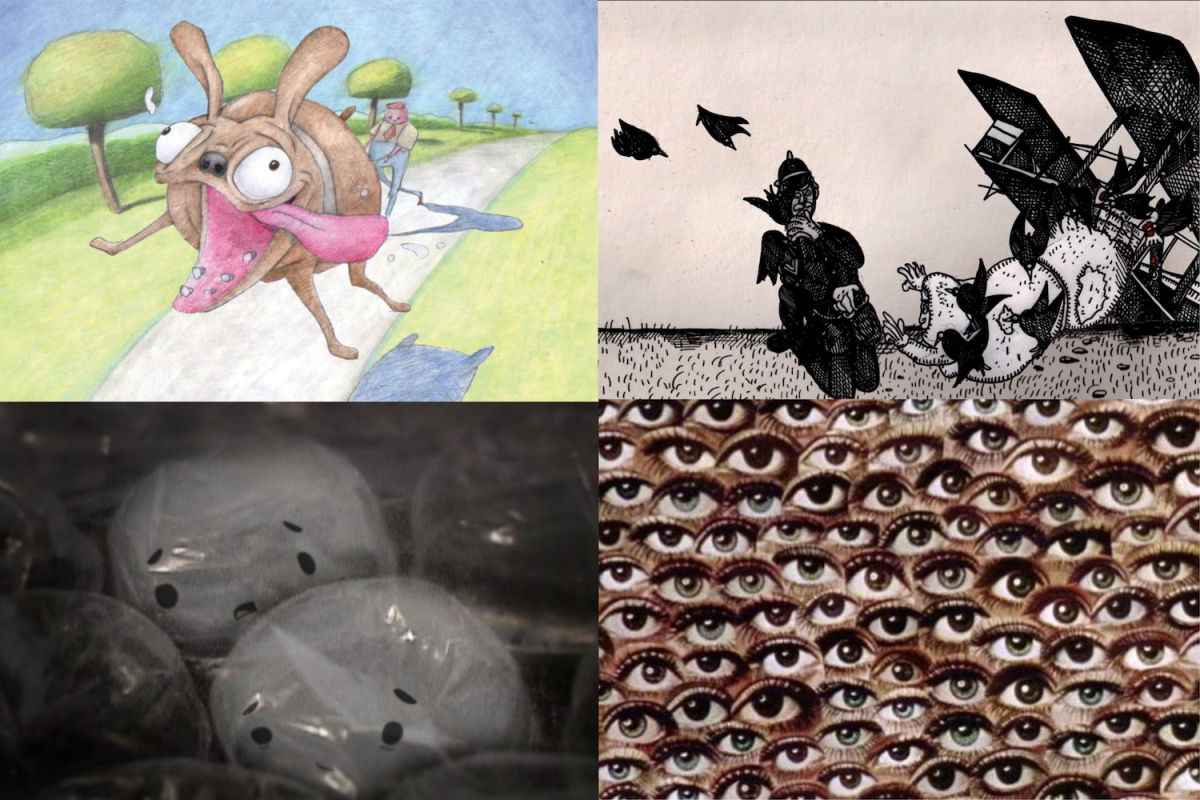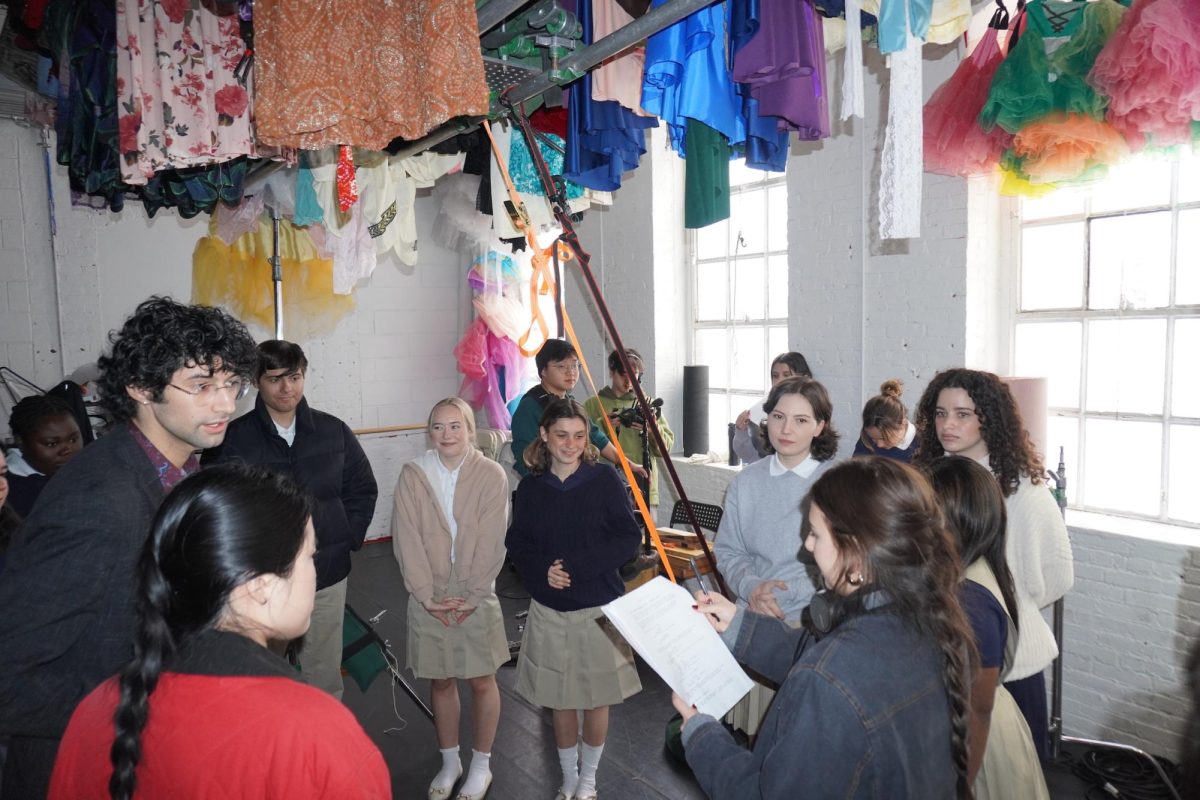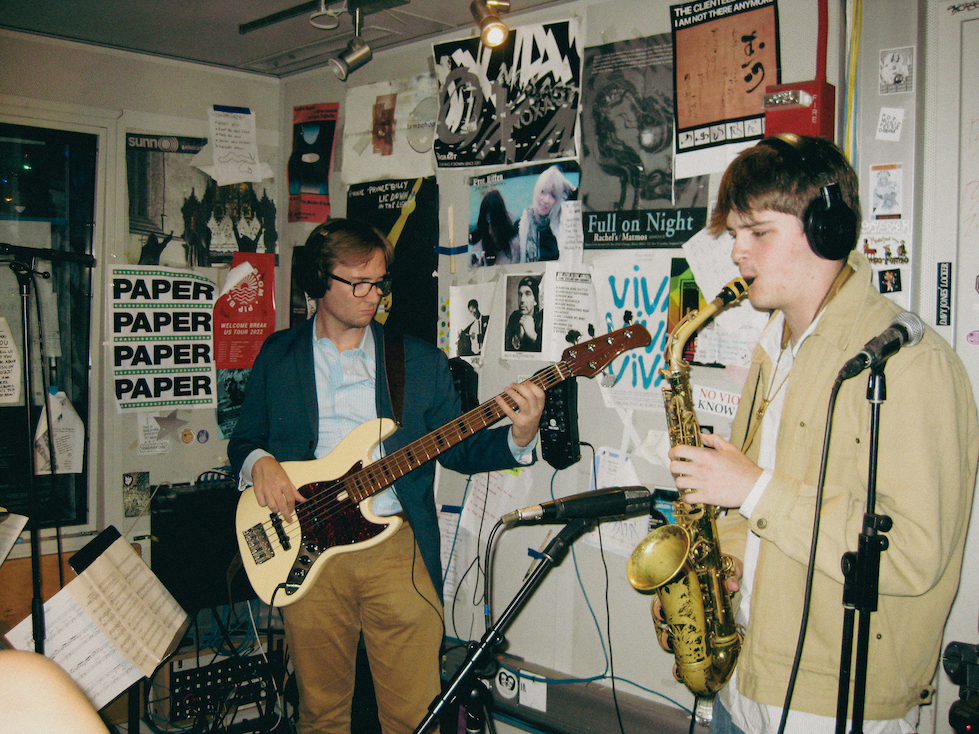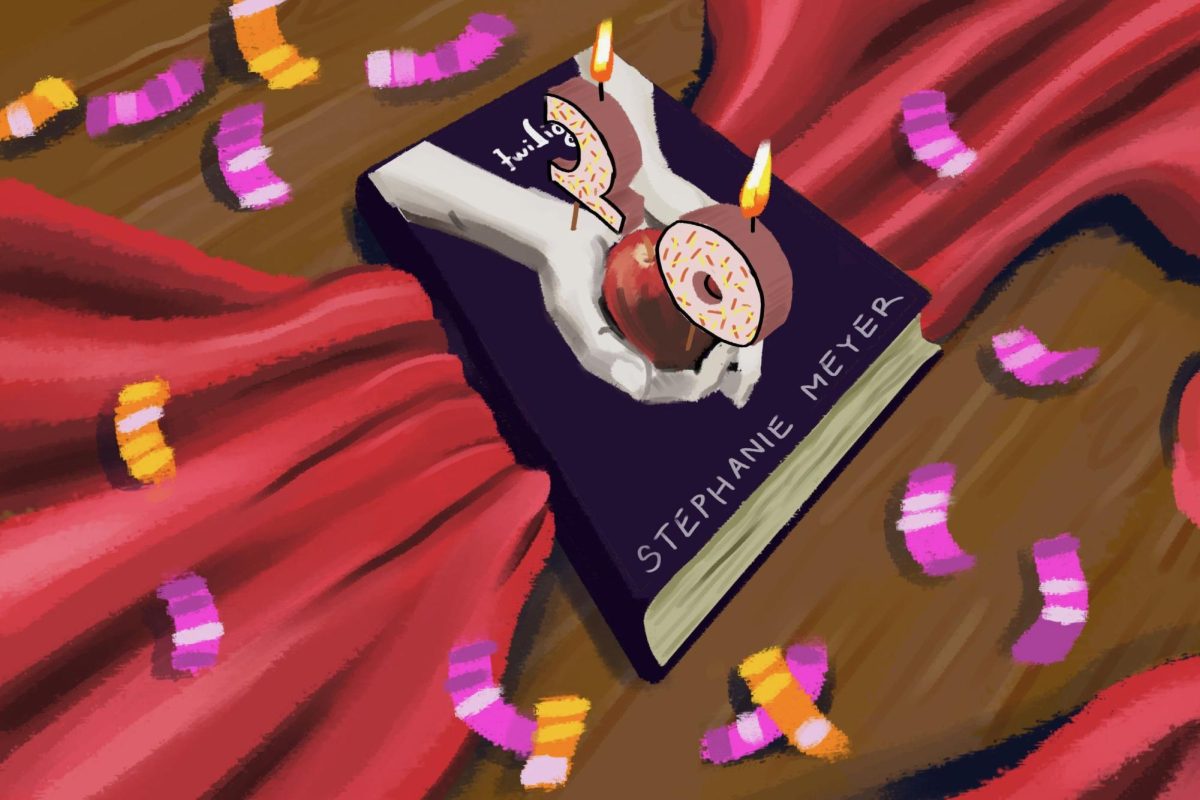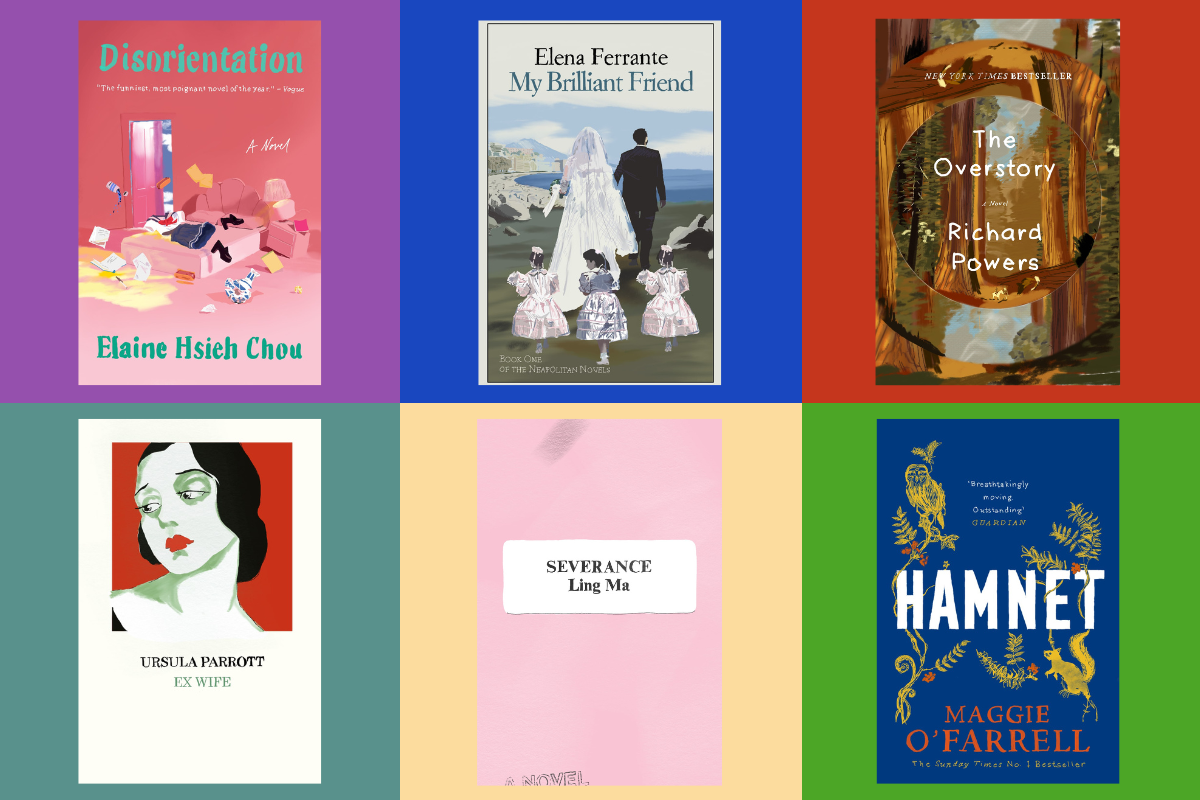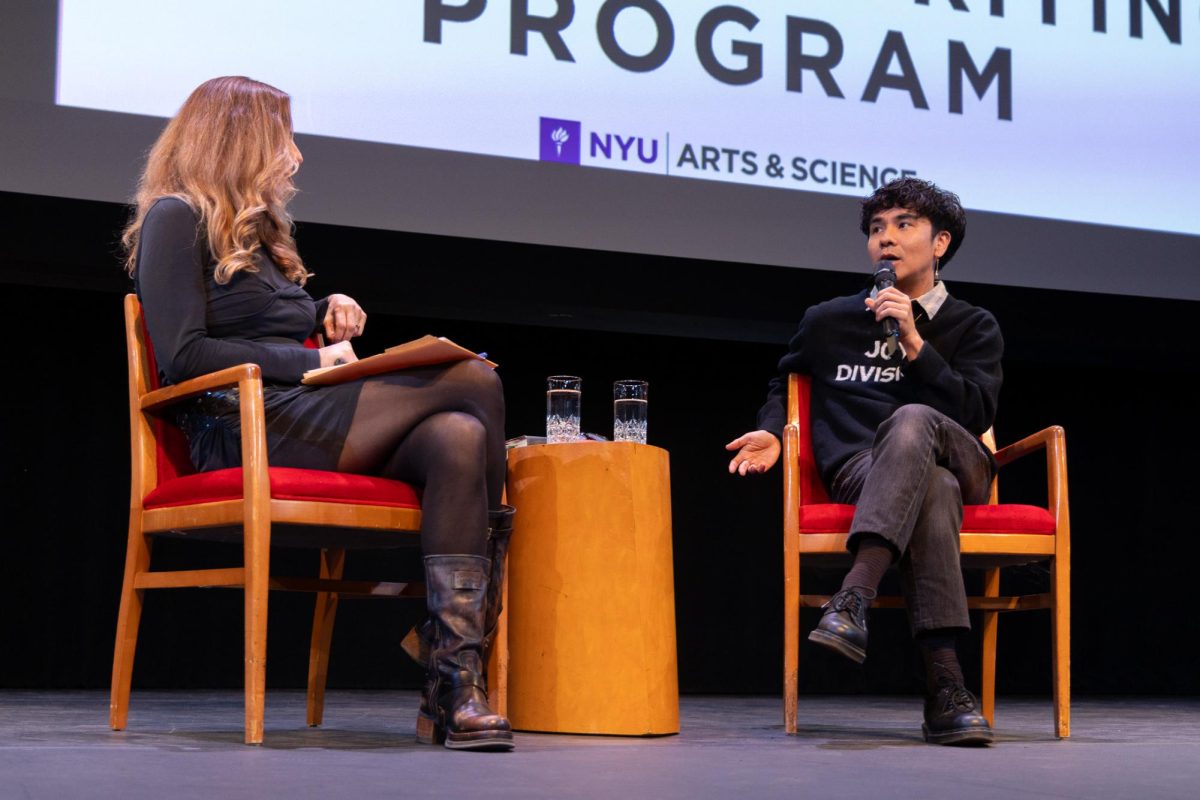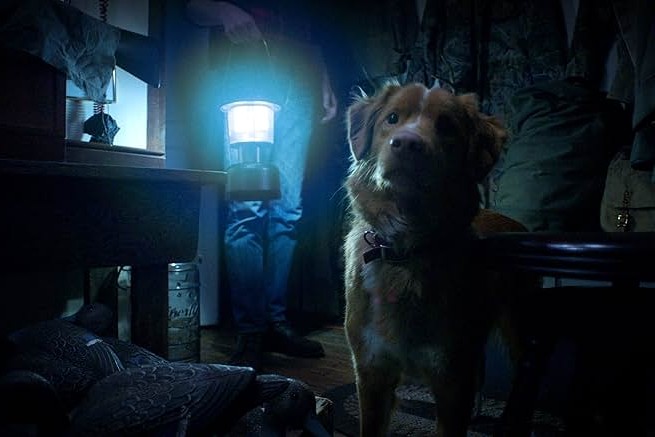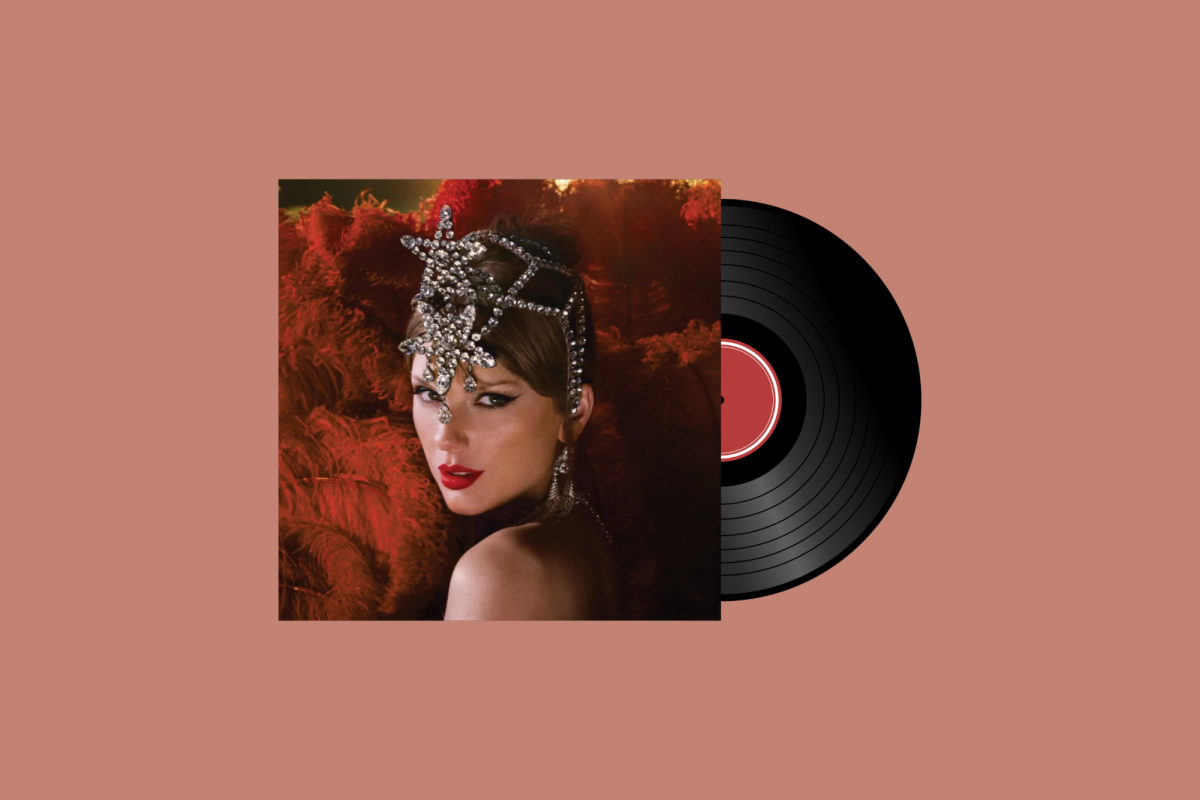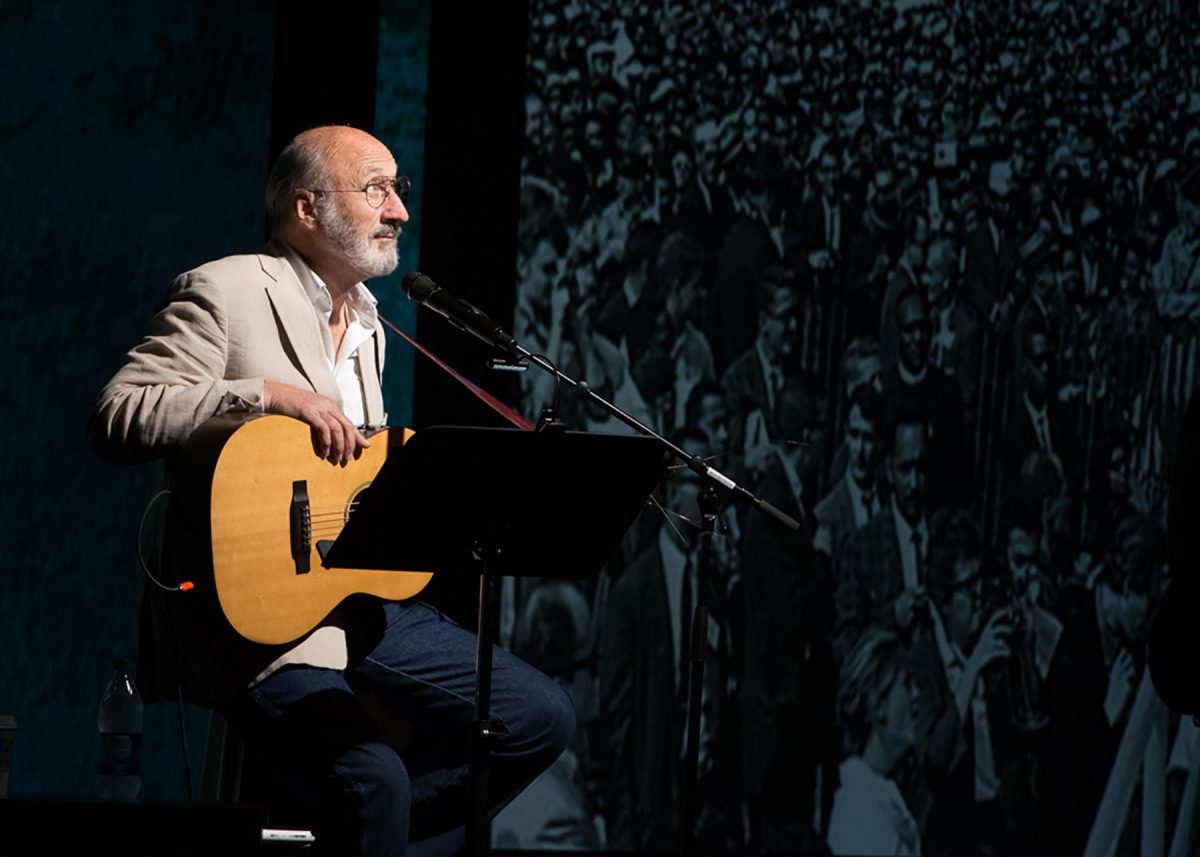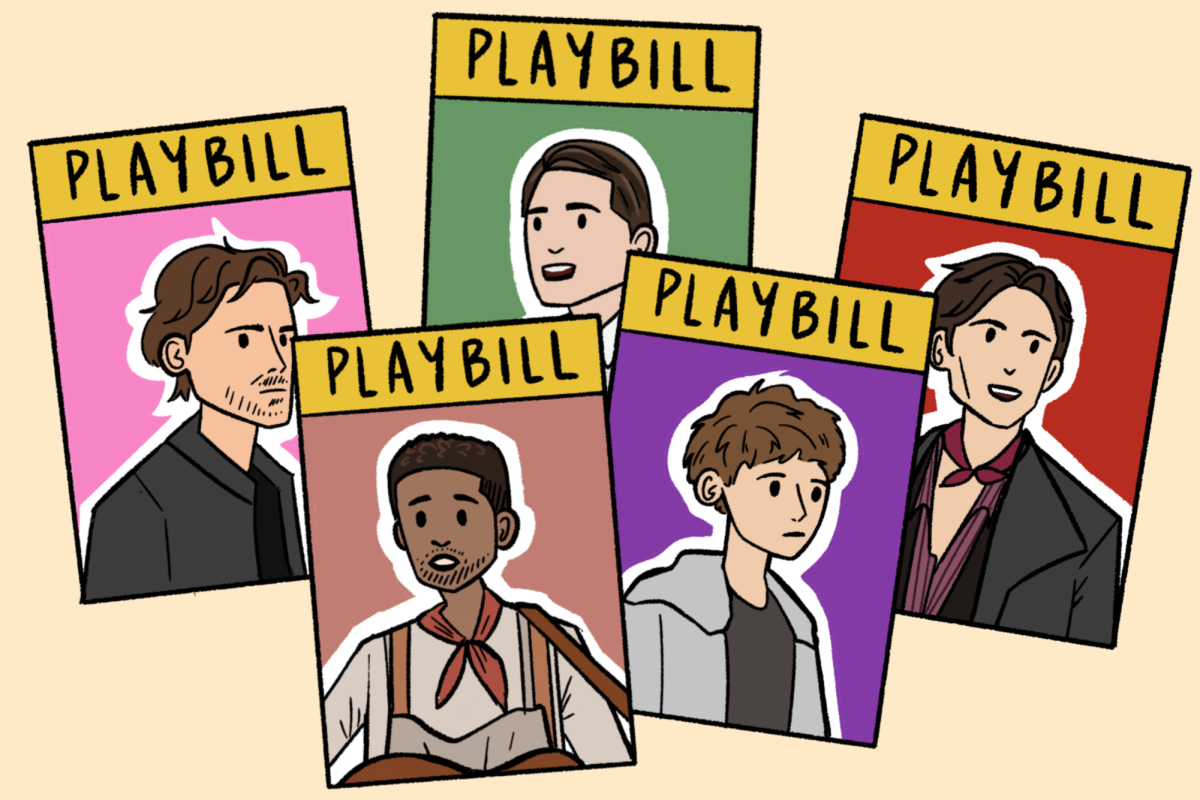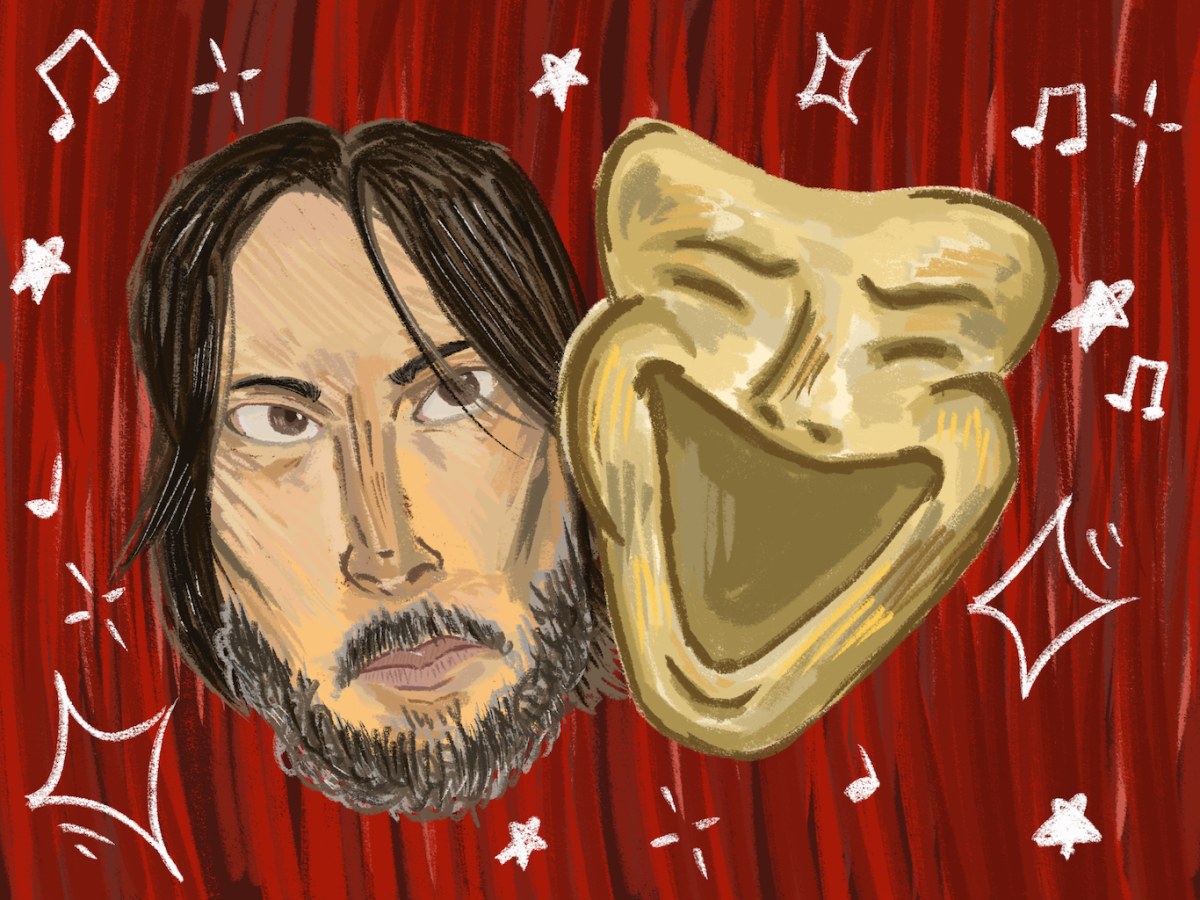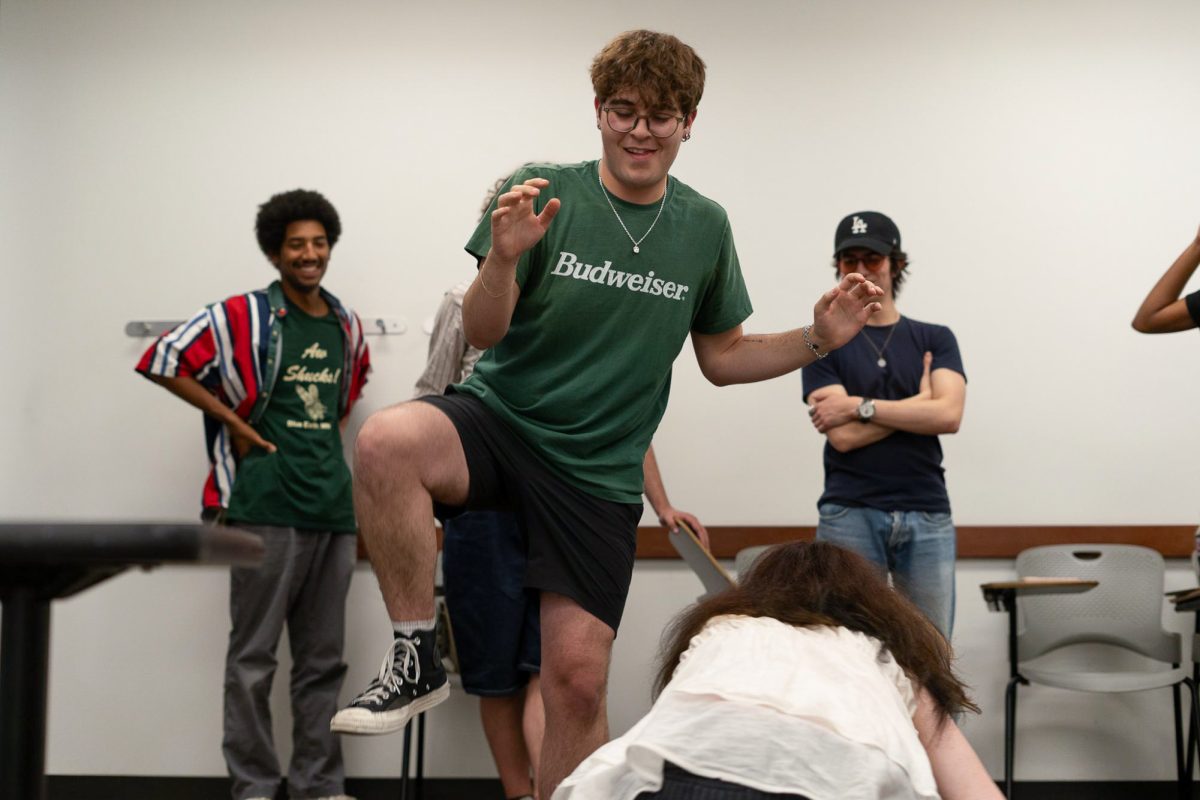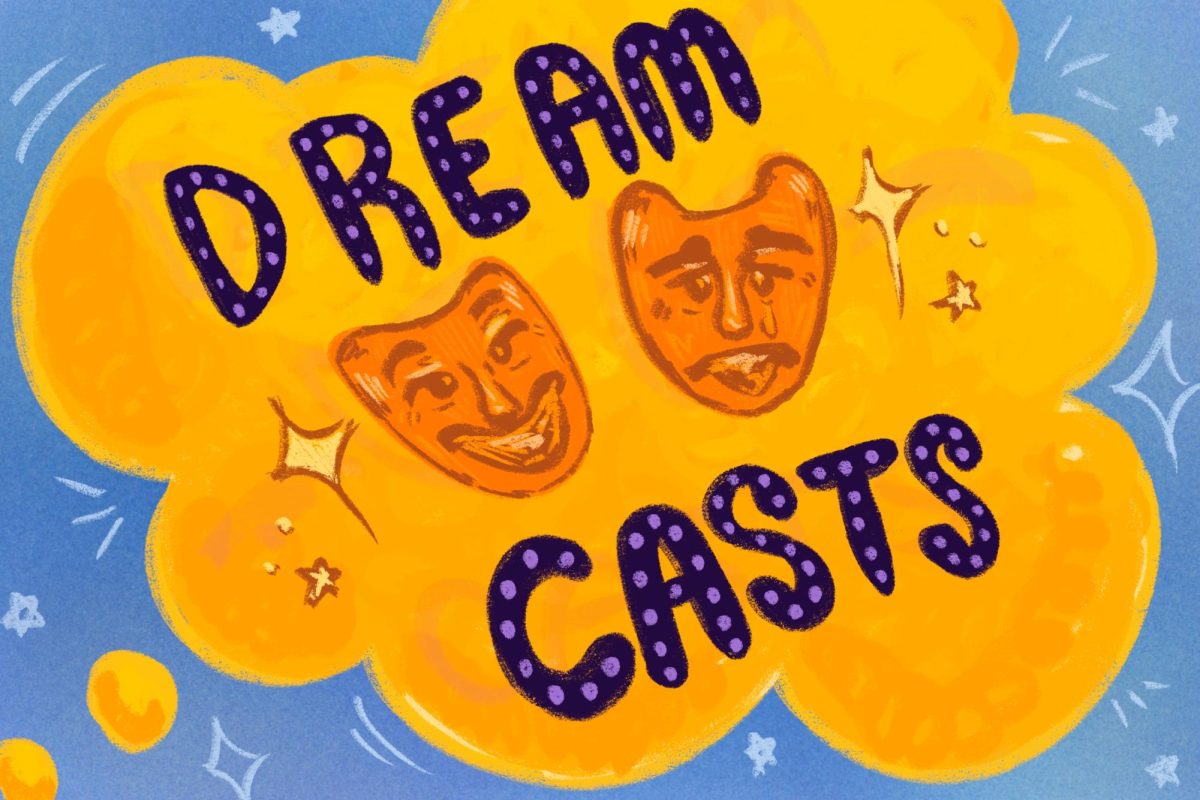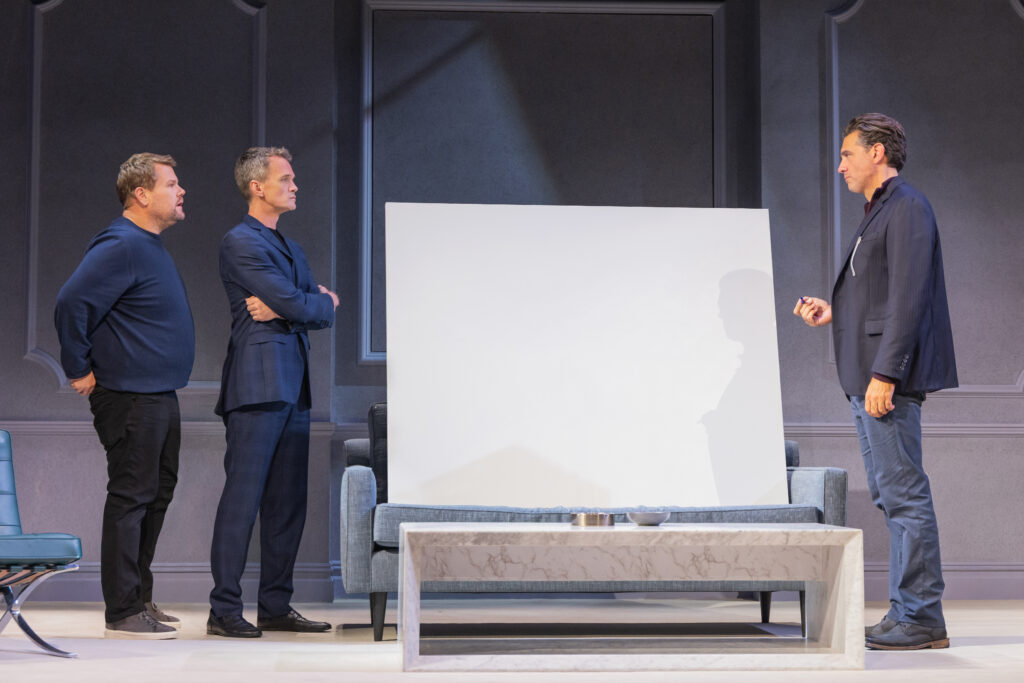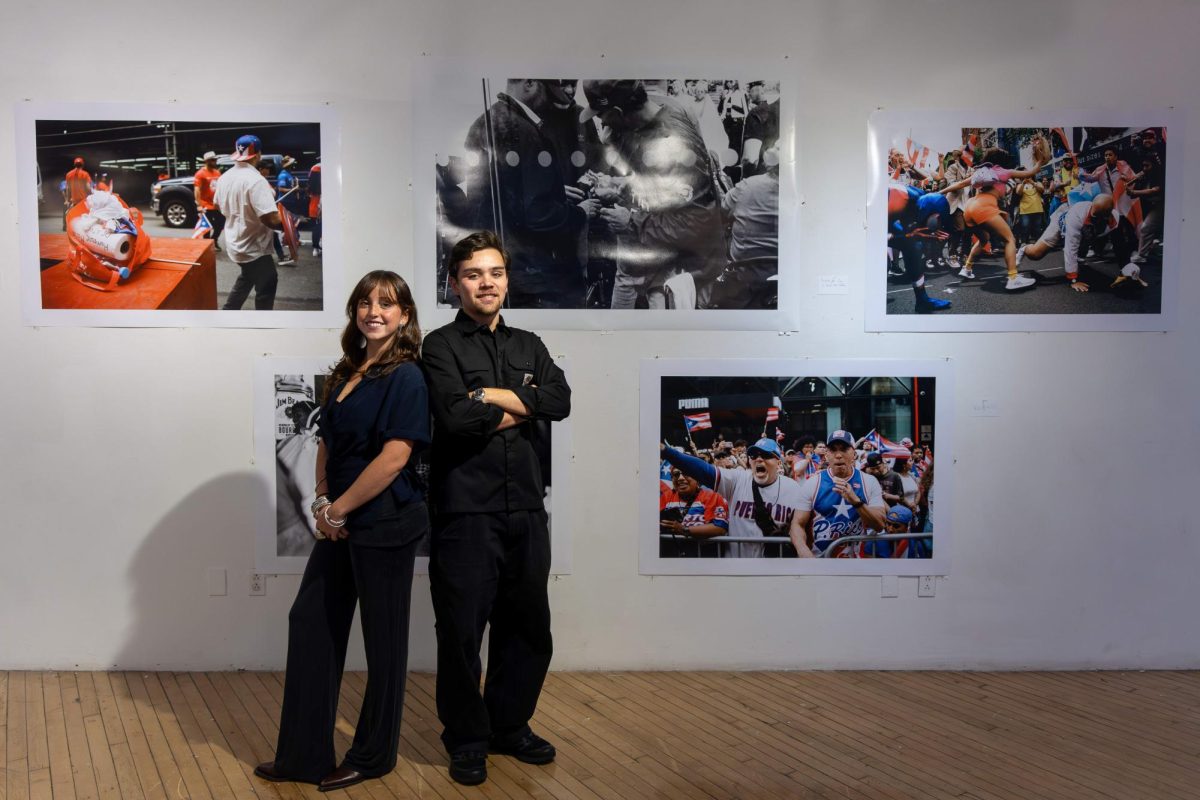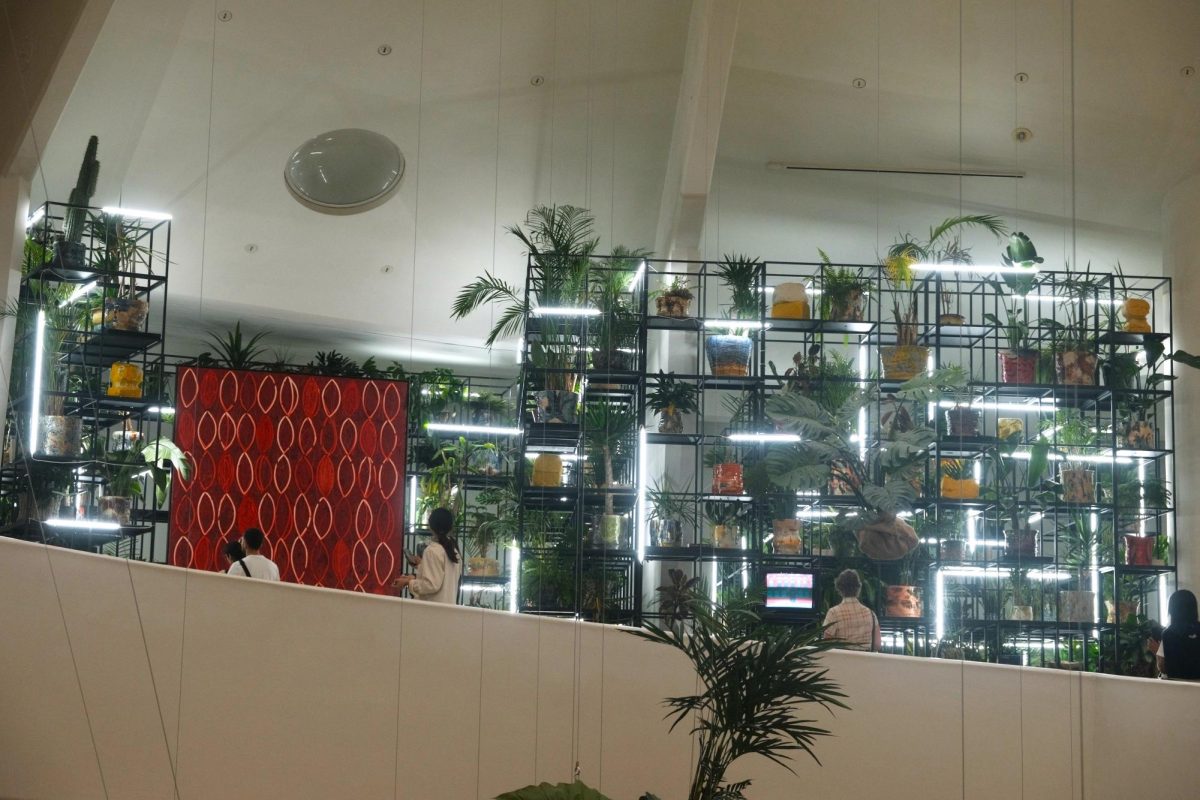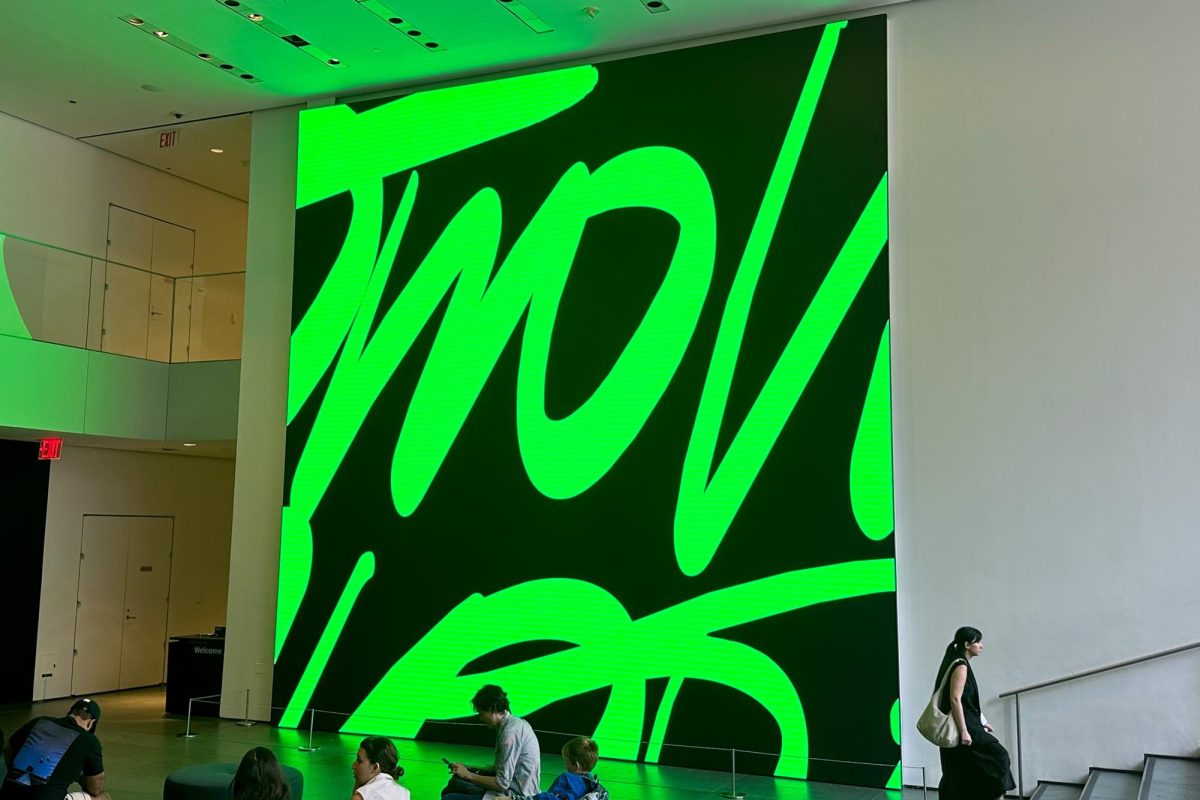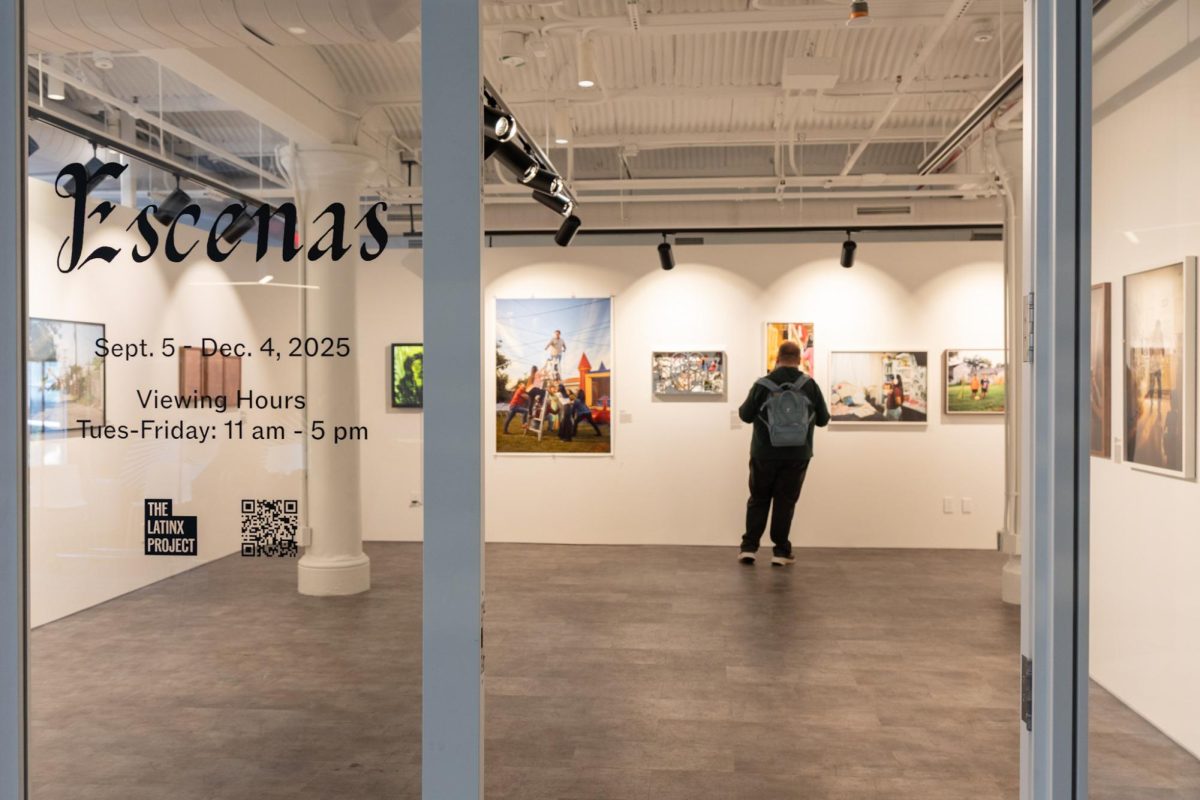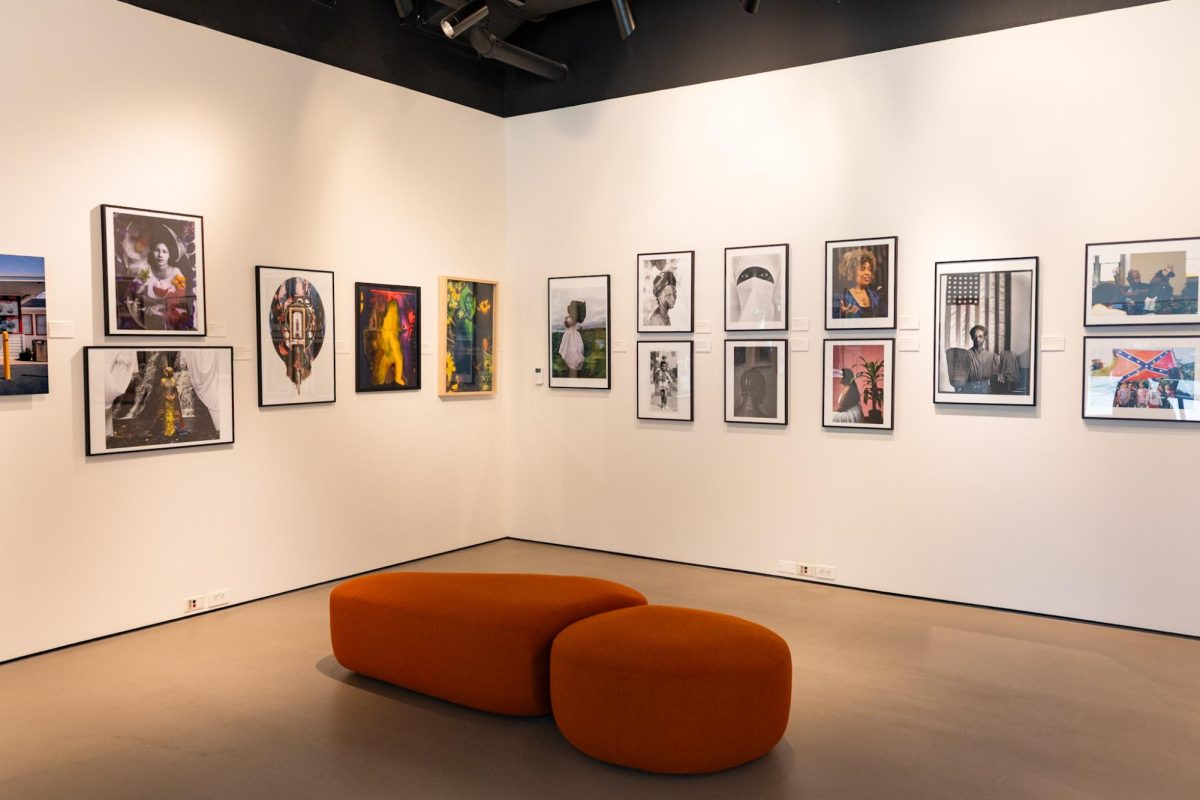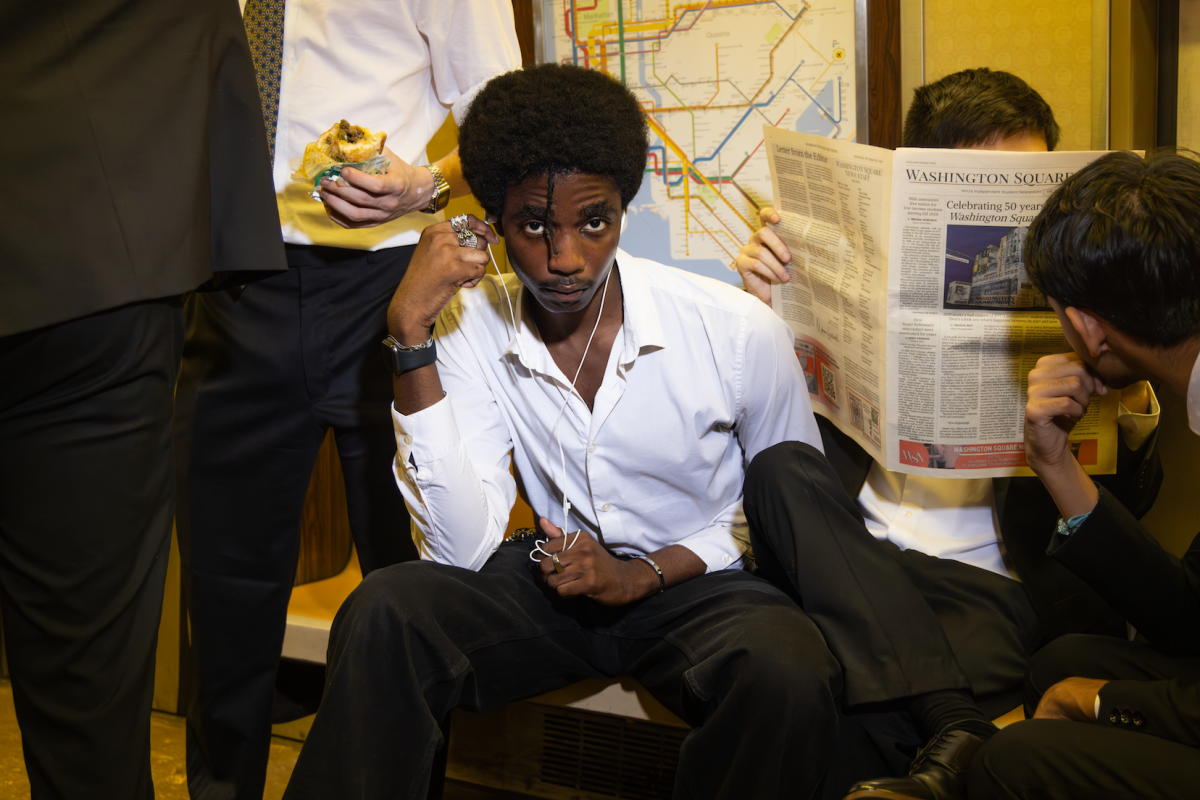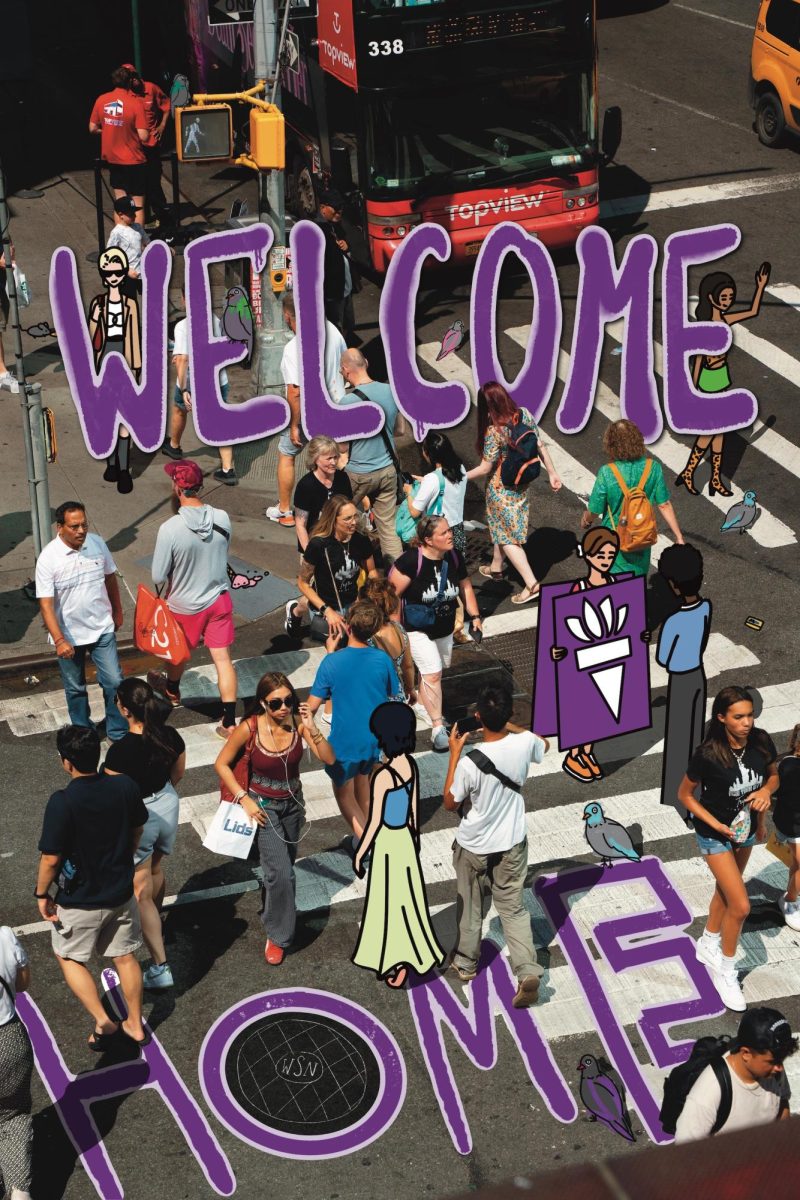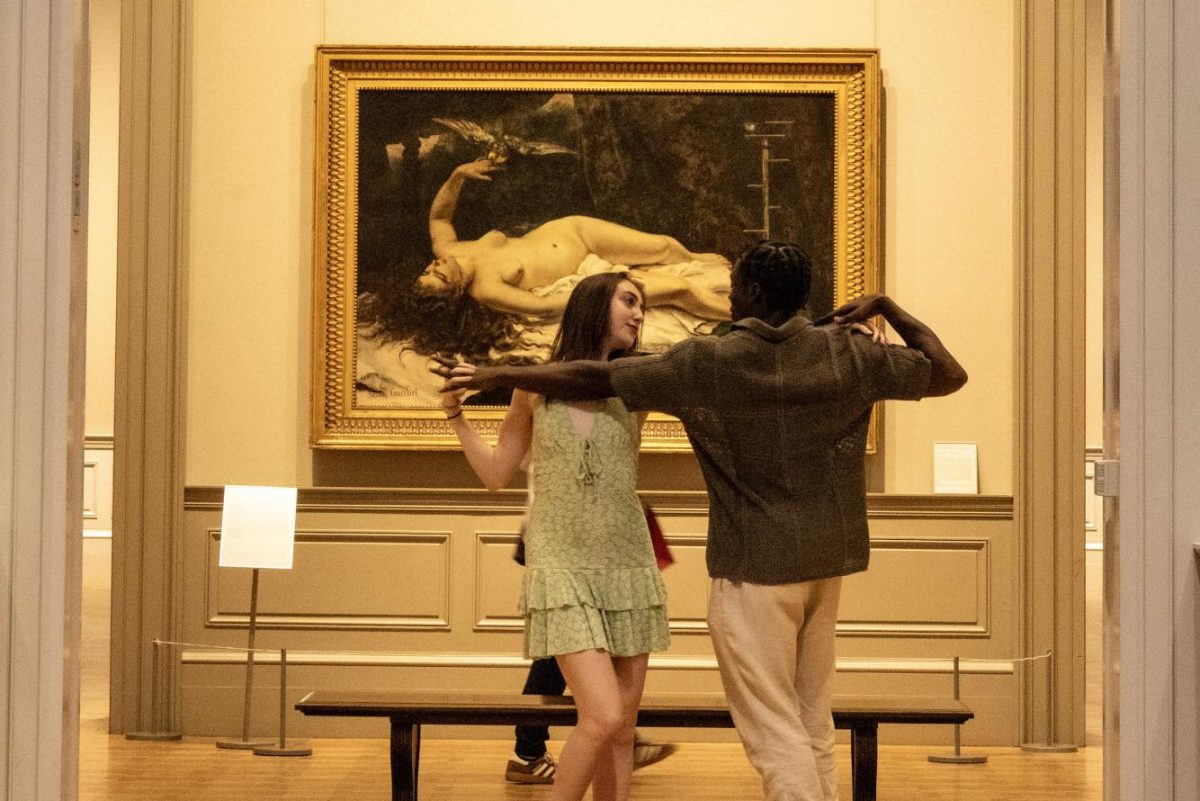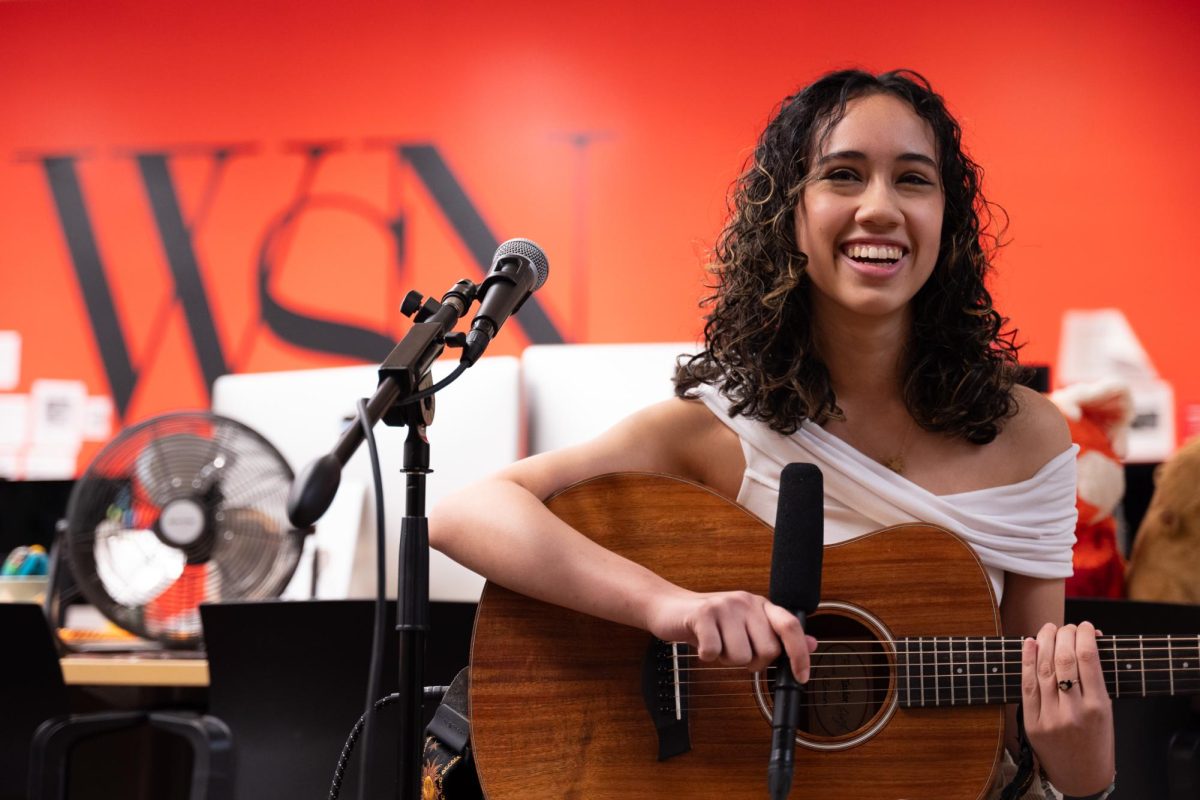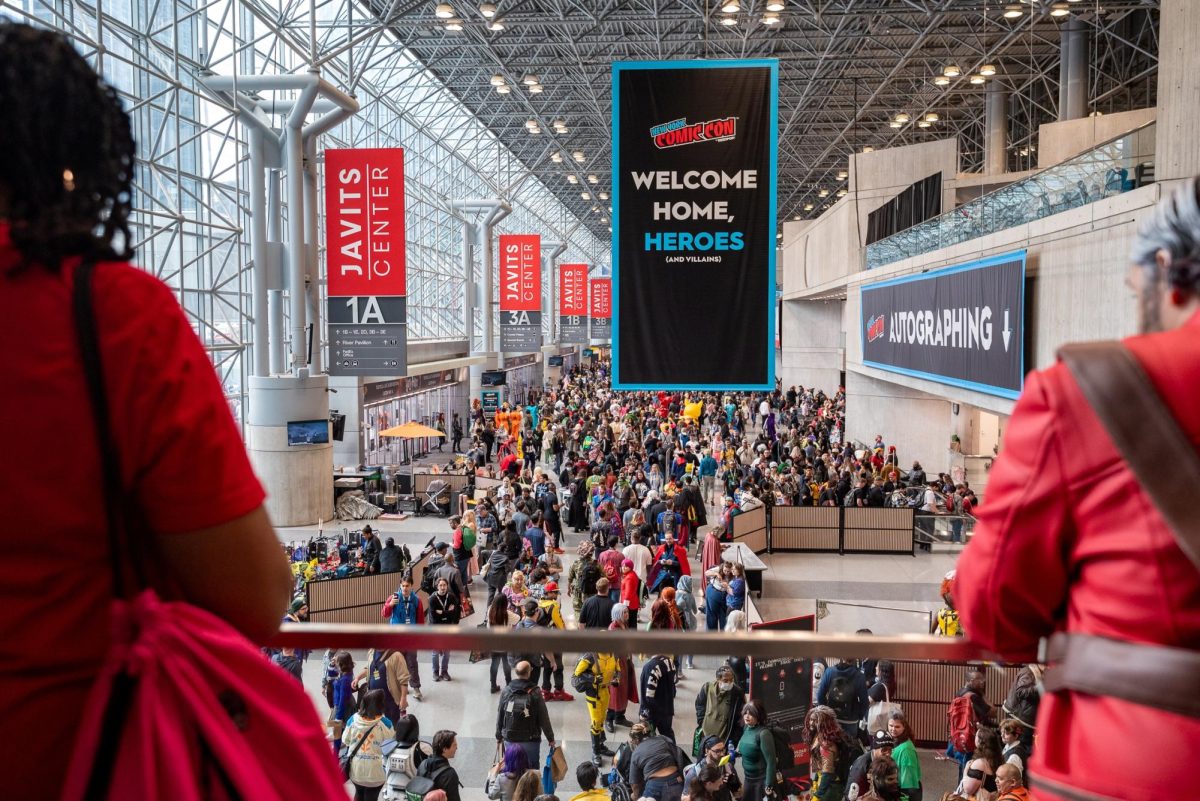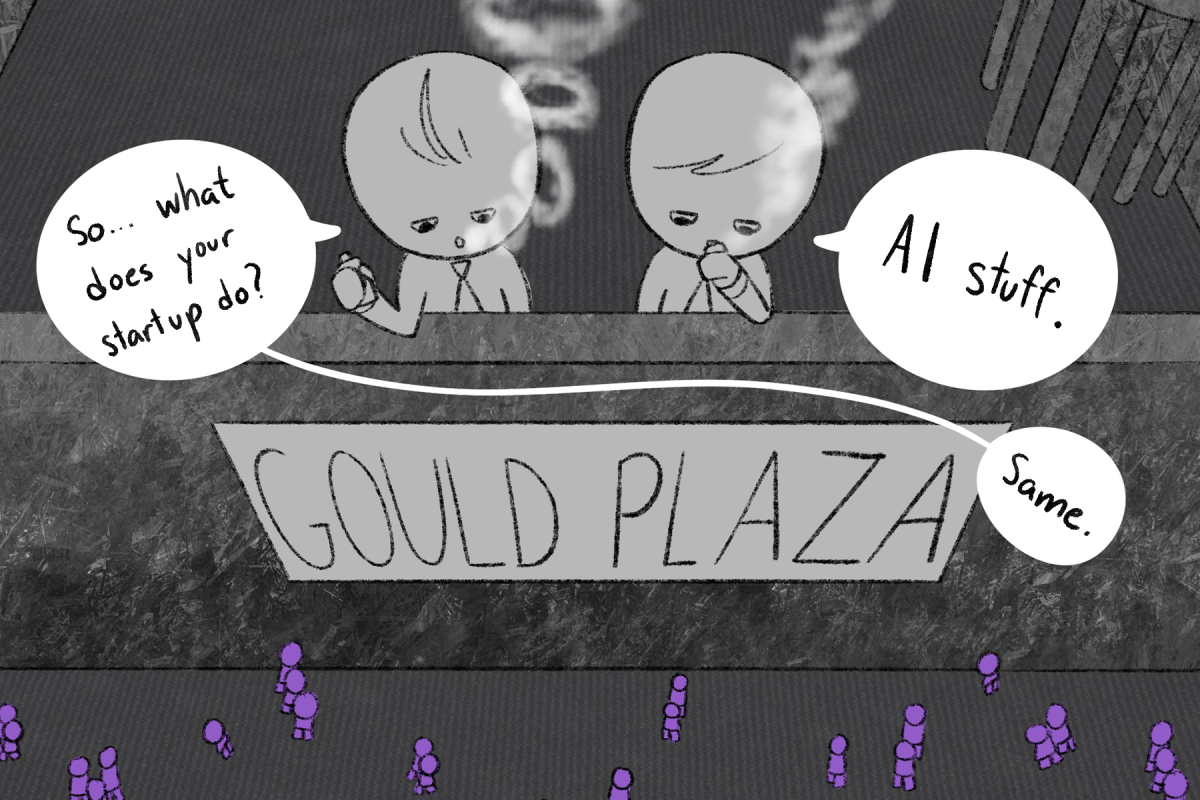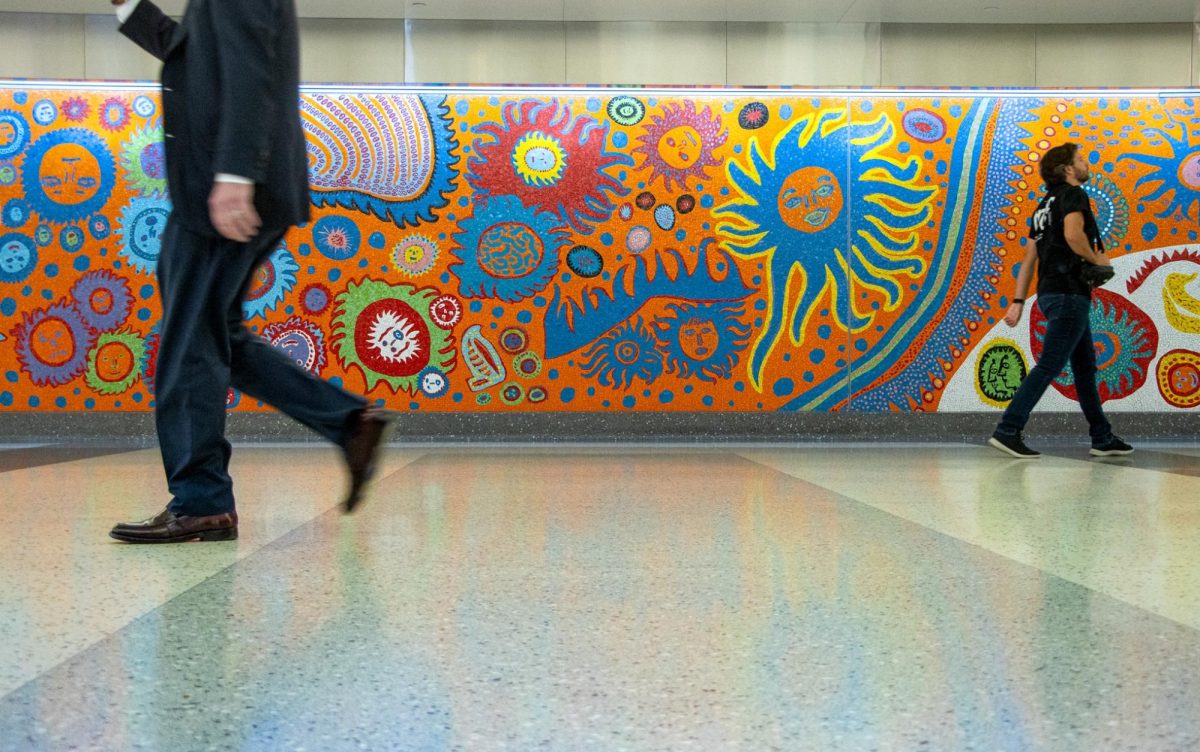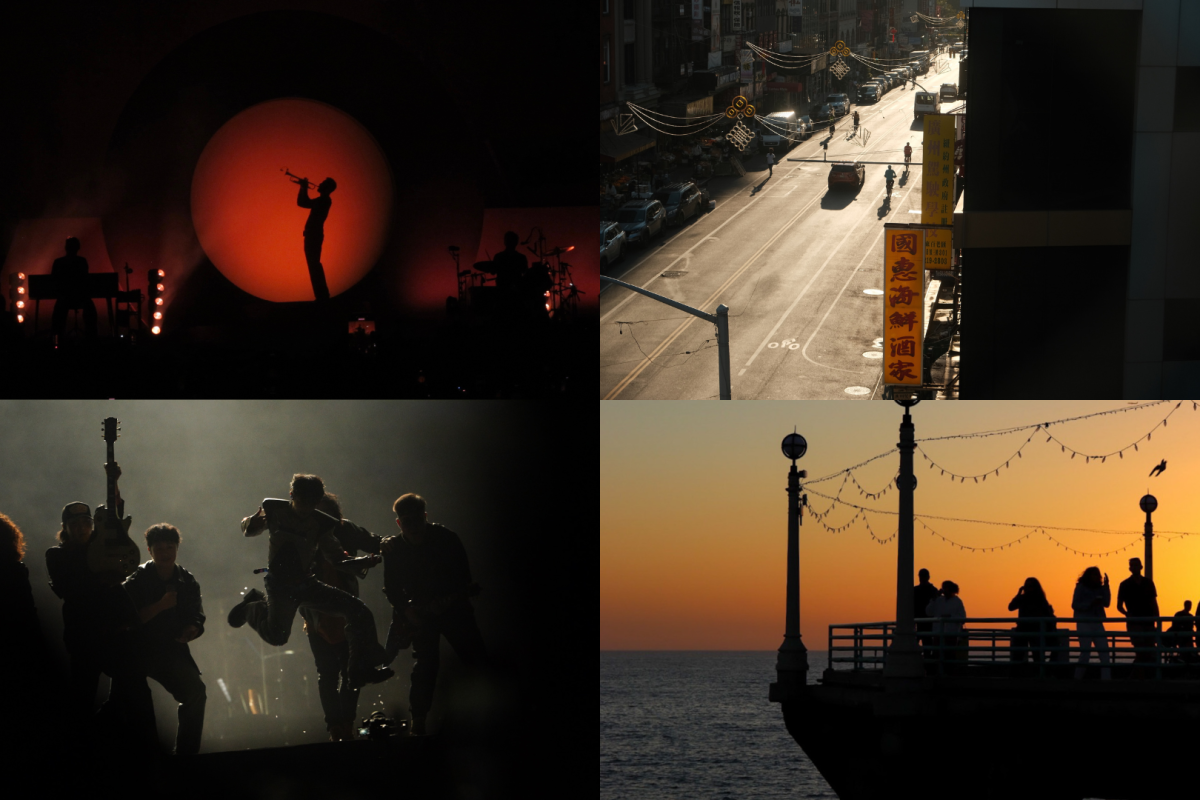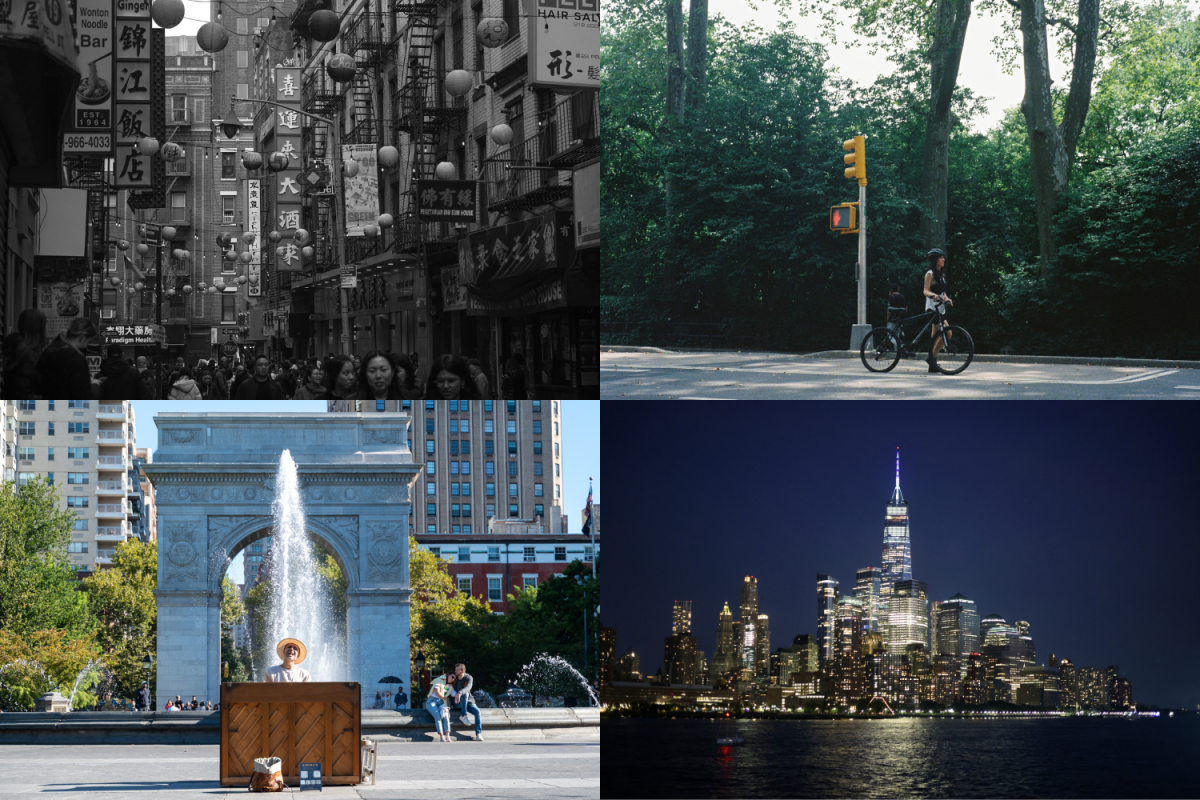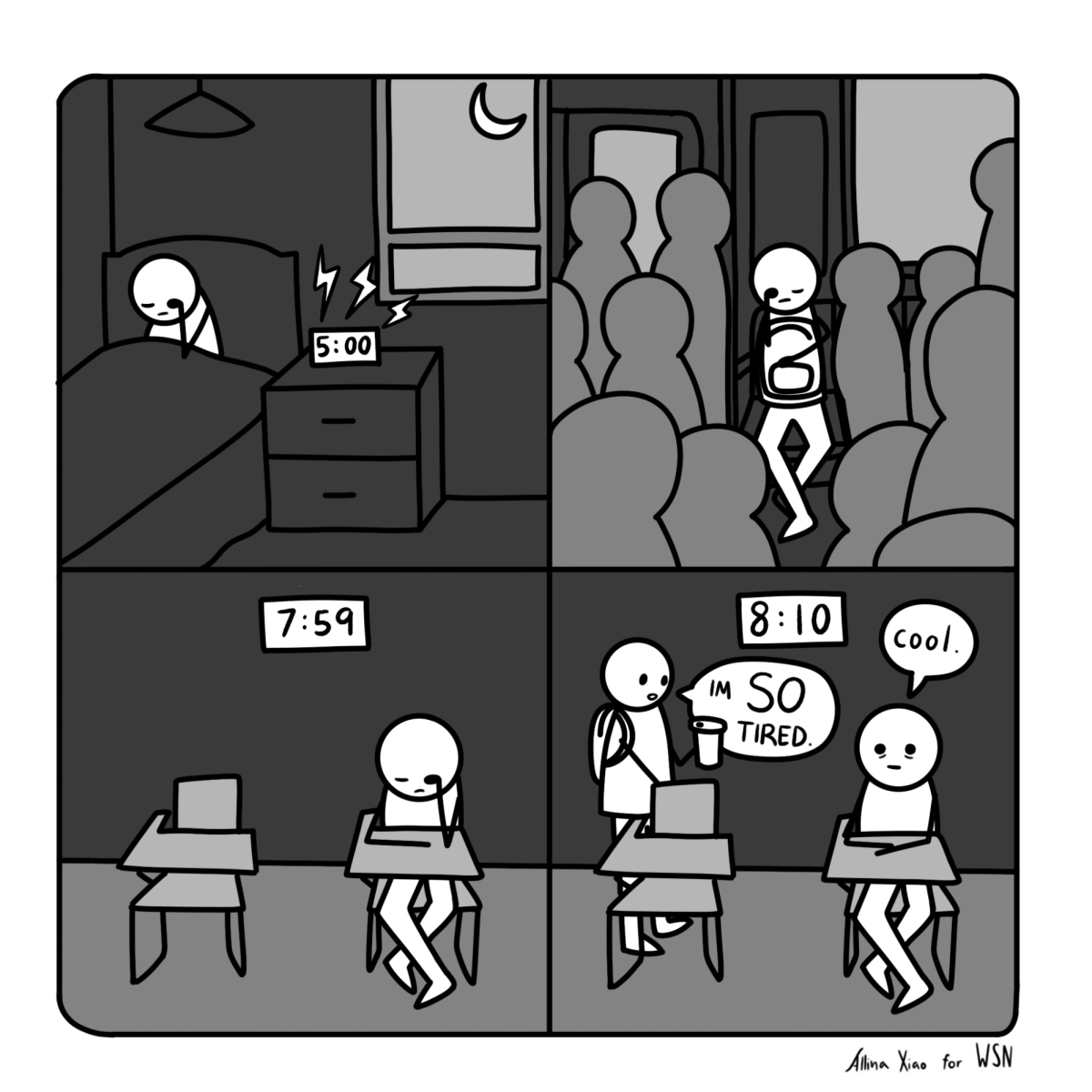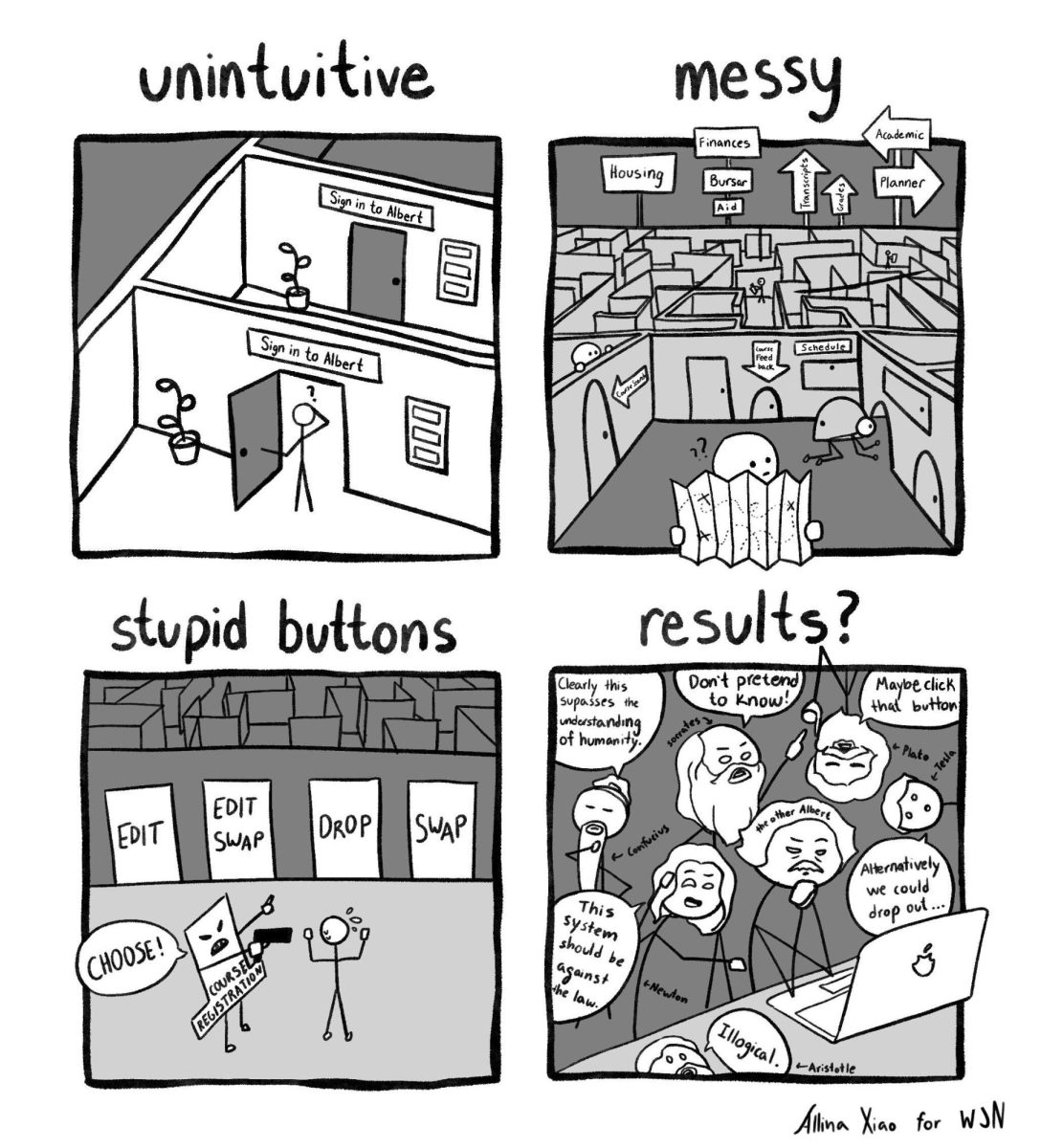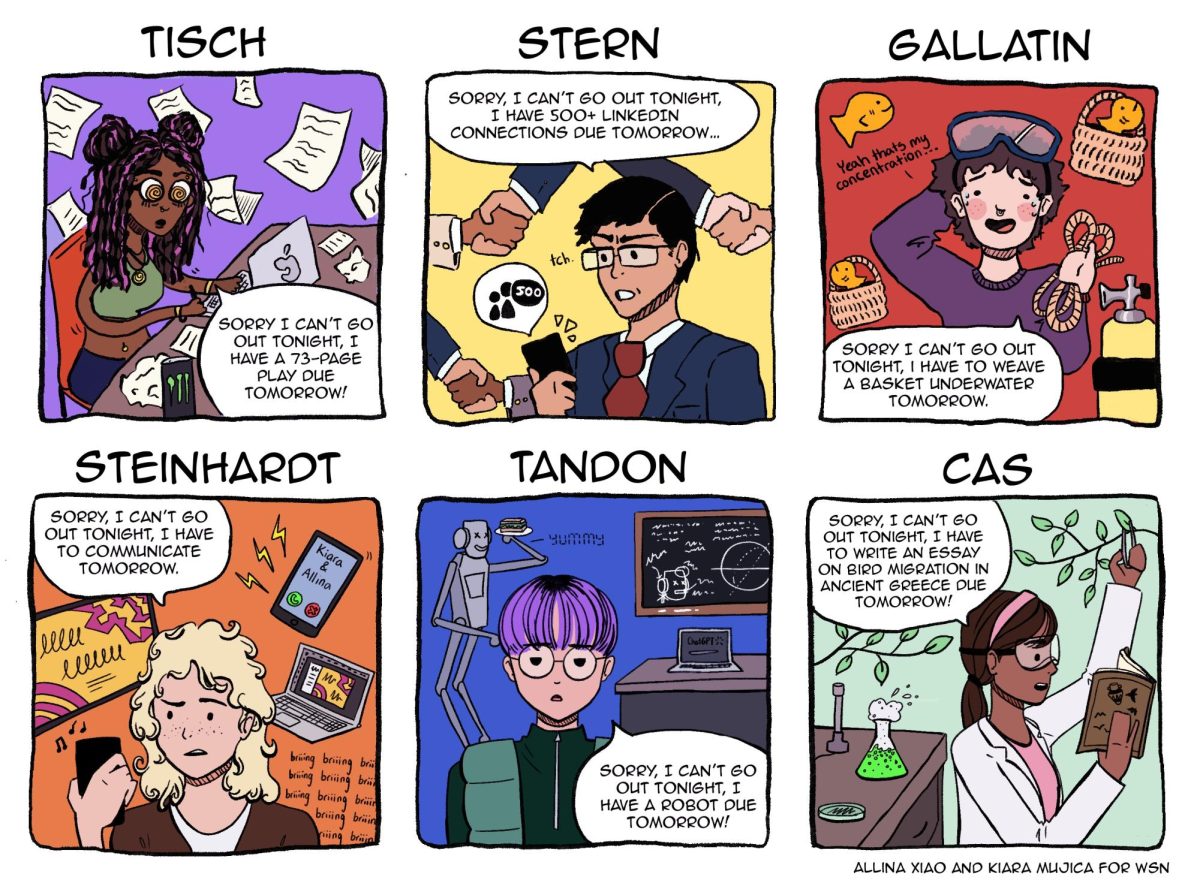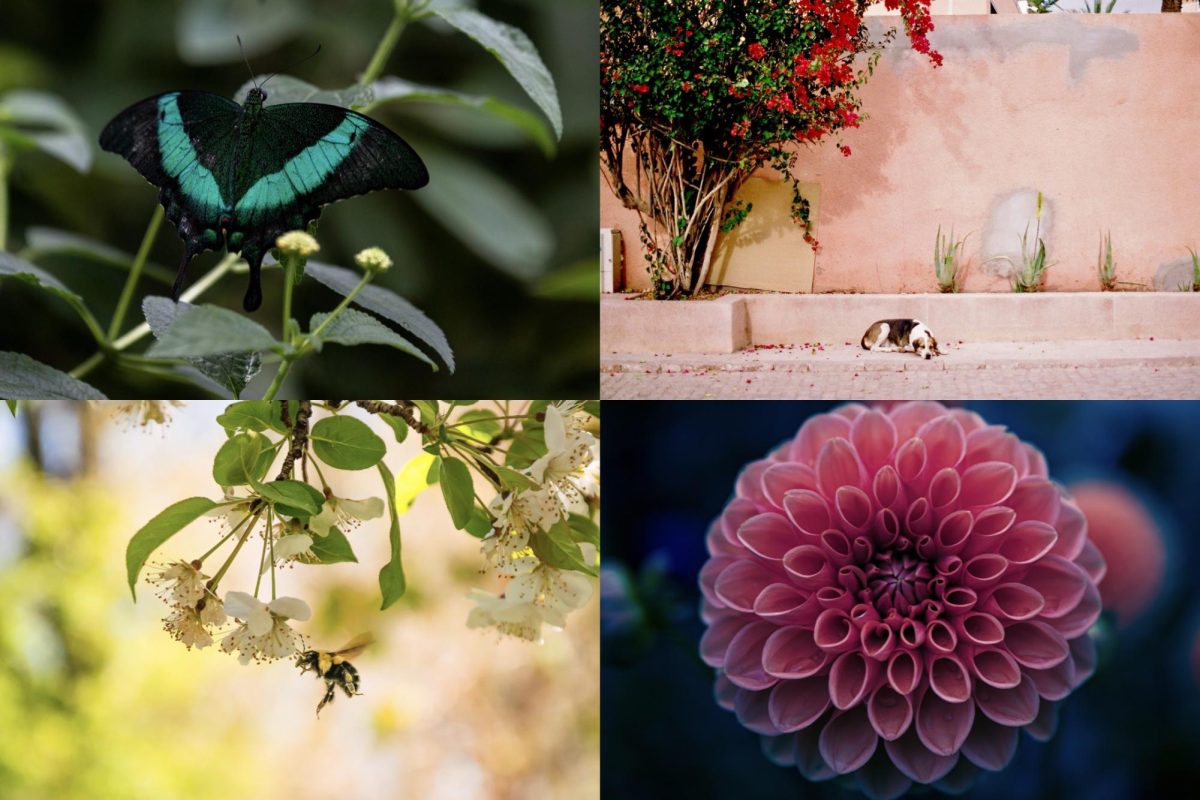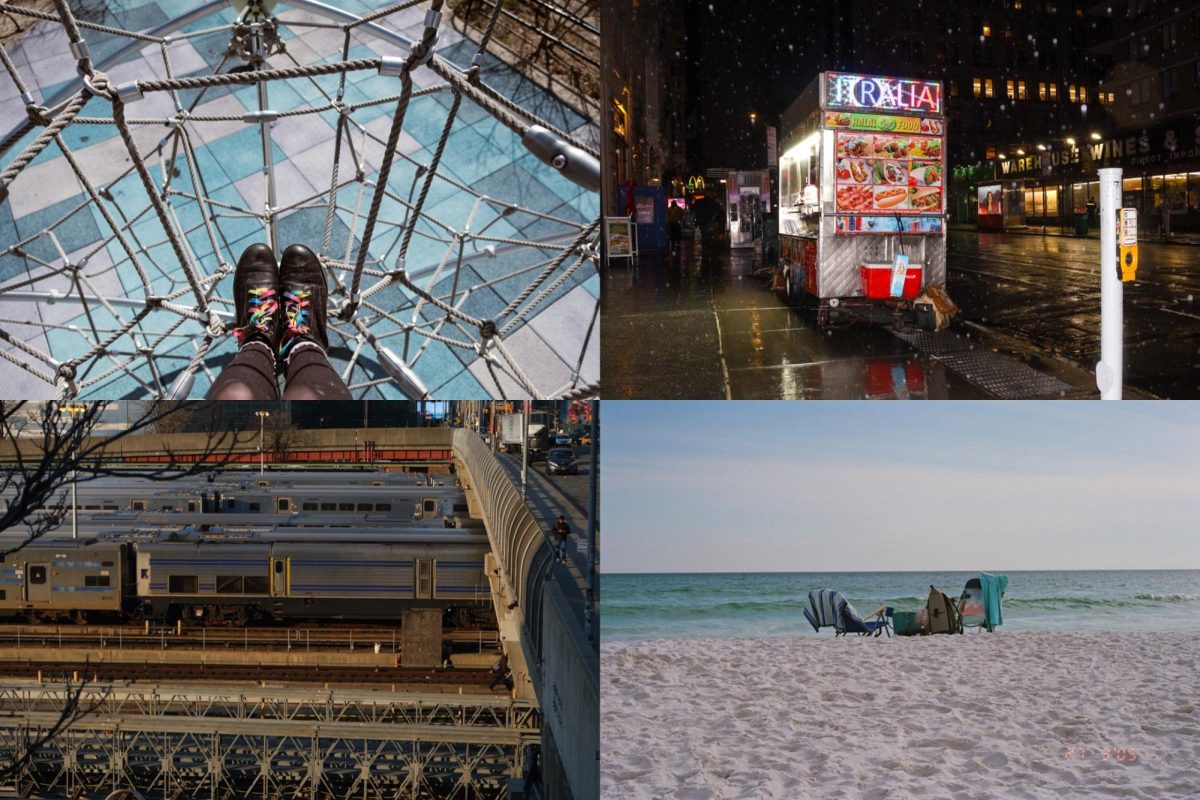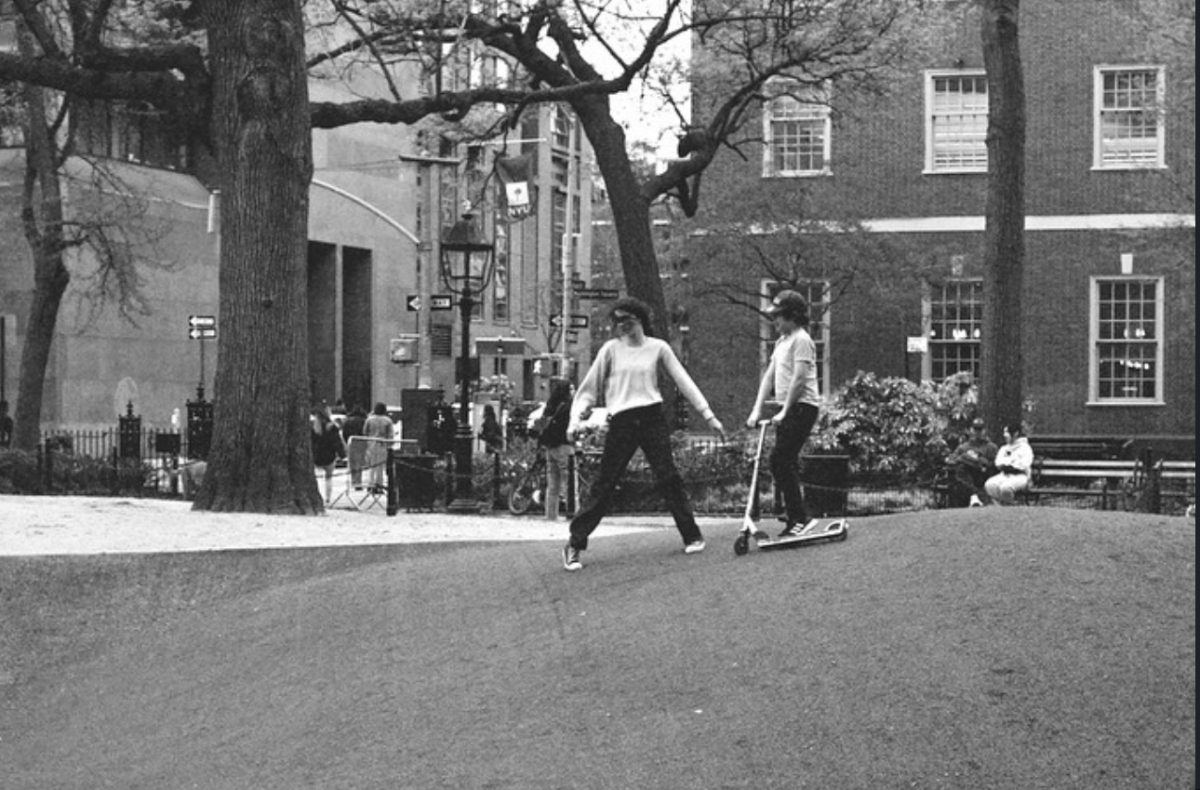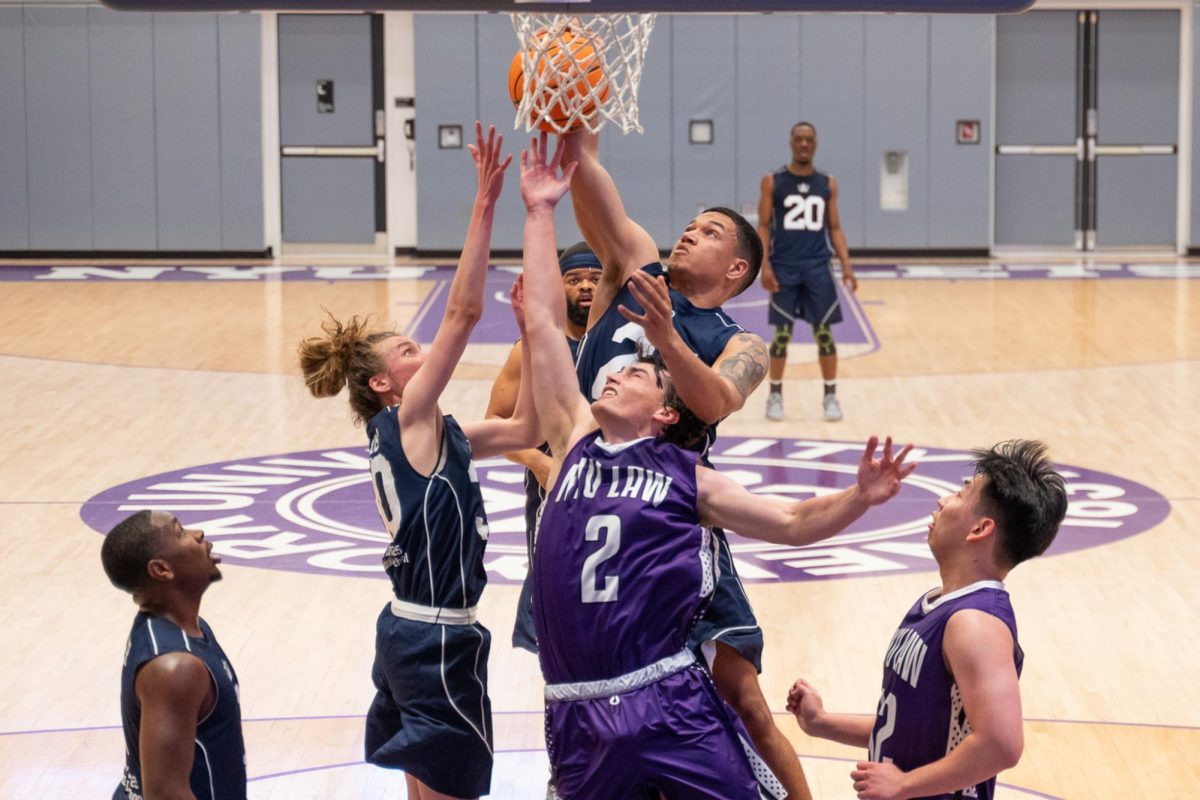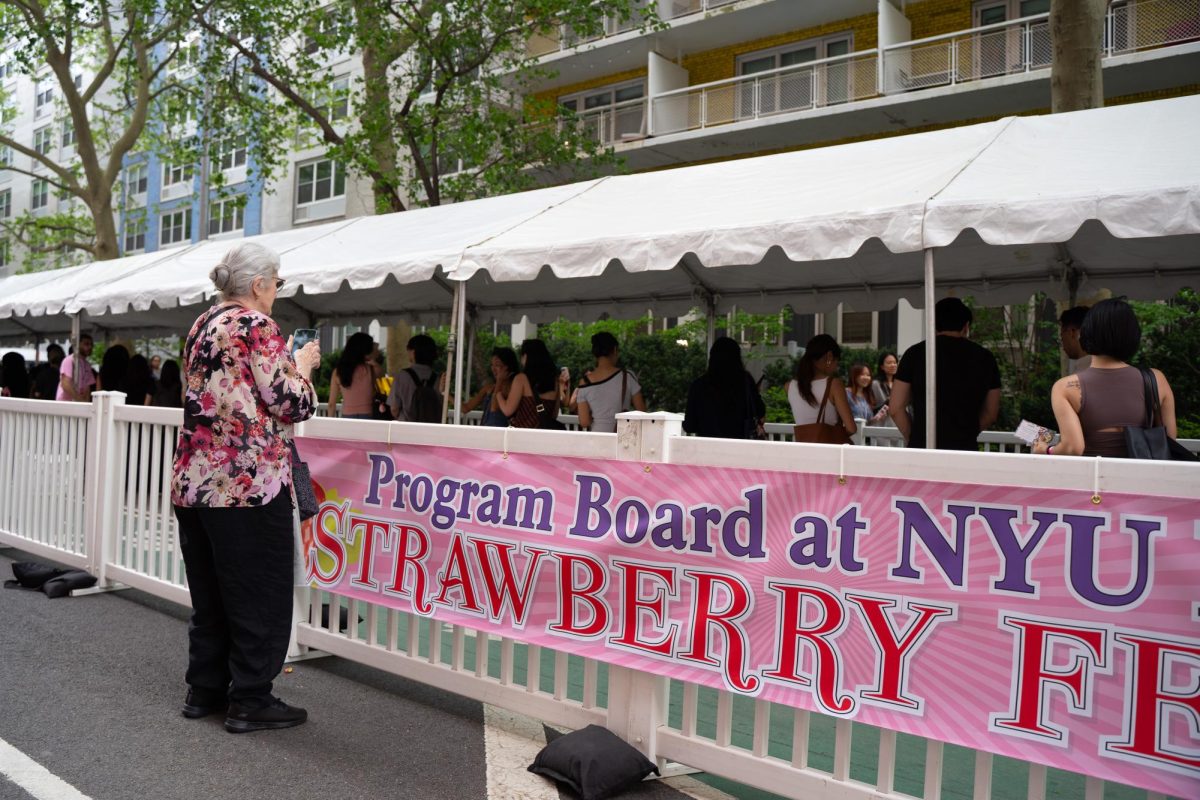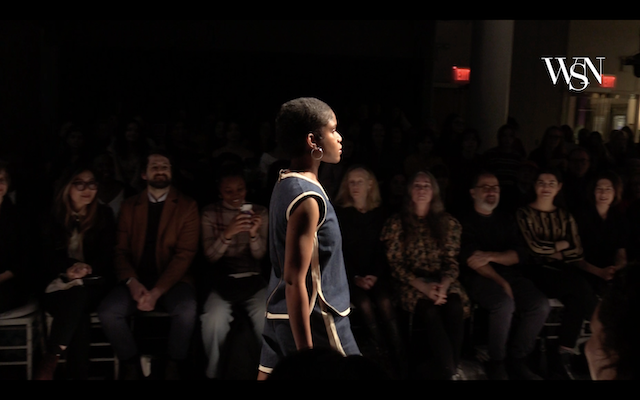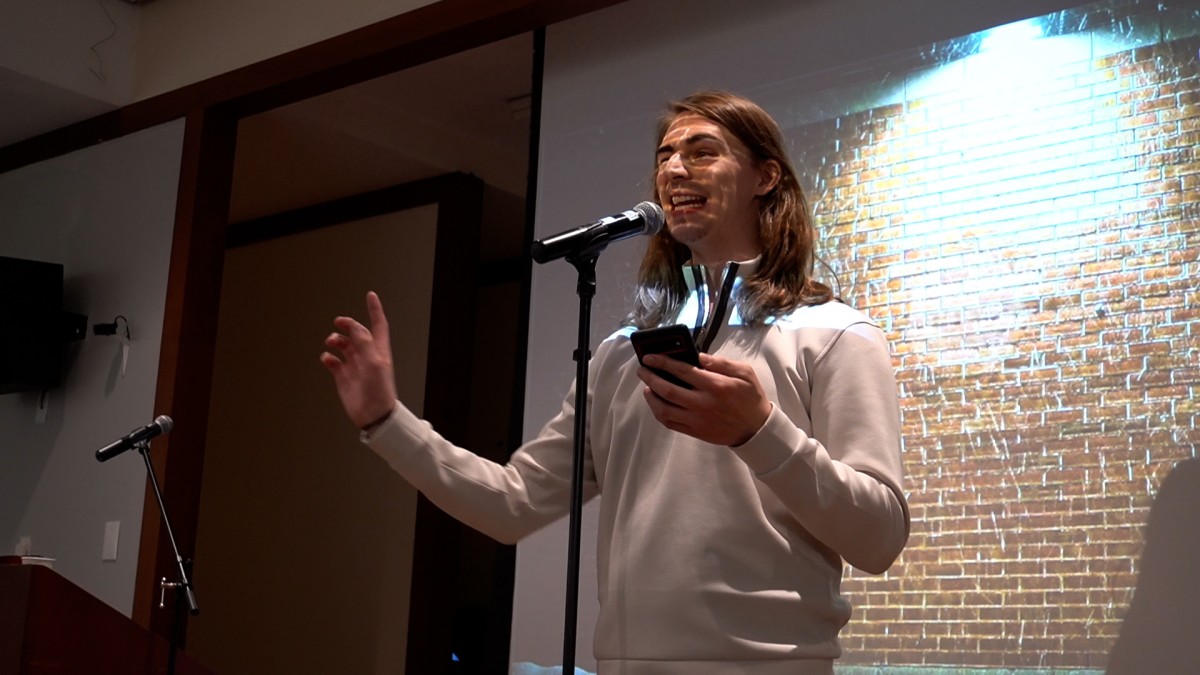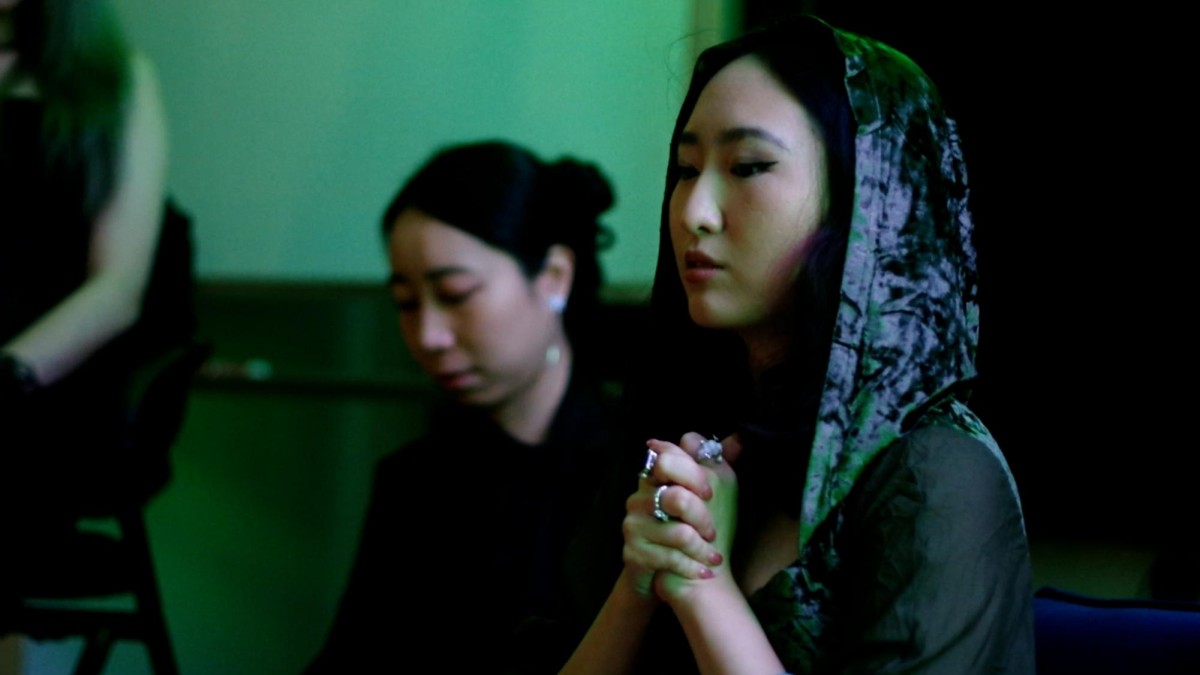Colorful portraits, intimate family photos and vast landscapes from the Tisch School of the Arts Department of Photography and Imaging’s class of 2025 transform the ordinary and familiar halls of 721 Broadway, turning it into an art gallery.
As part of their program of study, the graduating seniors of the DPI are required to complete a thesis project that centers around a specific theme or line of inquiry. Students are placed into a thesis class in the fall semester where they formulate and execute their project, culminating in a months-long exhibition at Tisch.
The exhibition is installed at the Gulf + Western Gallery located on the ground floor of the Tisch building as well as the eighth floor, which is home to DPI. Curated by Kalia Brooks, an adjunct professor at Tisch, the pieces are organized on these two floors based on their themes, ranging from self-identity and familial heritage to commentary on social issues like surveillance. The show allows students to demonstrate the technical skills they have accumulated during their four years at Tisch.
Students like Lily Meidi Updike drew their inspiration heavily from previous coursework. Updike’s project, titled “白天鵝 (White Swan),” explores her identity as an adoptee. The display consists of nine laser-engraved acrylic panels, six of which are mounted on the wall and feature photos from her childhood. It includes photos of Updike sitting in a high chair and a professional portrait with her Chinese name. The other three panels hang off a lamp and feature stills from a video of Updike first meeting her mother. One still depicts Updike’s mother smiling lovingly at her while she looks up curiously, while the other shows her mother comforting her as she cries.
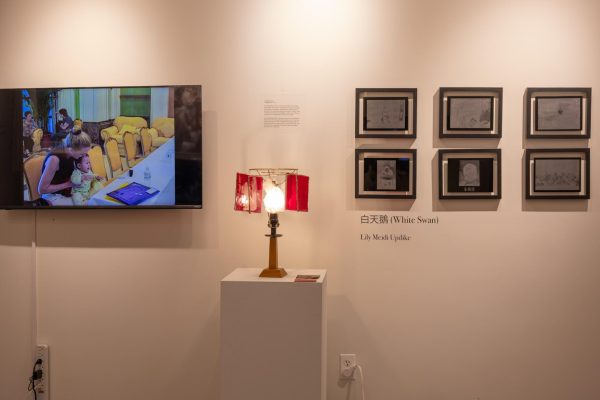
The emotional rawness of these moments combined with the striking colors of the negative image leaves a lasting impression on the viewer. Combined with the information from the artist’s statement that the project was partially inspired by the banning of international adoption of Chinese children, the work invokes a complicated sense of somber reminiscence on a moment that cannot be returned to and will not be repeated again.
Updike credits the class Directed Projects: Reframing Memory for giving her the space to critically reflect on her identity and to operate the laser machine she used to create the acrylic panels in her exhibition. In an interview with WSN, Updike said that although she doesn’t remember the day she met her adoptive mother, the project was a way to “engrave these memories into permanence.”
For many students, the project was an opportunity to reflect on experiences that reach beyond their college years. Stevia Roxanne’s “I Saw Things I Imagined” pays tribute to the hair salon their mother operates in the living room of their childhood home and the community it cultivated. The project also gave Roxanne the opportunity to honor subjects that aren’t frequently featured in professional photography.
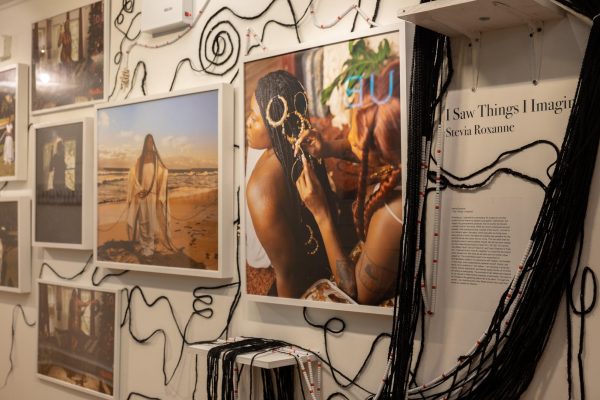
“I intentionally photographed a lot of darker-skinned women, plus-size women and queer women,” Roxanne said in an interview with WSN.
Roxanne’s work features a series of highly stylized portraits depicting women with long braided hair. One image shows a young woman wearing all white, standing on a beach as the sunlight shines on her, making her look otherworldly. The image references a Yoruba Orisha named Yemọja, a West African deity who represents water and fertility. Sitting atop a small shelf at the corner of the exhibition wall lies a mannequin head wearing one of the wigs used in the photoshoot. A few strands of hair are suspended on the wall, creating a zig zag and swirl pattern.
Many students went above and beyond the traditional forms of photography and included interactive elements in their installation. Caroline F. Solakian’s “Character Studies” features a range of self-portraits of different, made-up characters — some of whom are murderers, others victims and some witnesses, but all of which are women. The most eye-catching image is placed at the top of the wall. Solakian, wearing a white wig and doctor’s coat, holds her bloodstained hands up in horror behind a line of yellow caution tape.
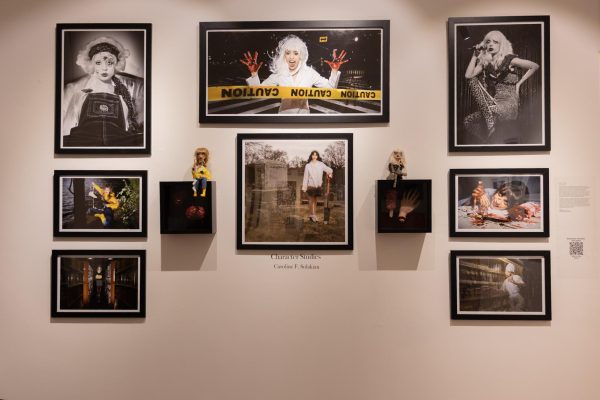
Solakian’s project was made in an effort to challenge traditional archetypes of female characters in horror cinema, wherein women lack agency and interiority. Beneath the artist’s statement is a QR code that viewers can scan to read about the character’s backstories and match victim to murderer based on a set of clues.
Some students chose not to do any form of photography for their project, reflecting the interdisciplinary nature of Tisch and the artists it fosters. Jinkai Wu’s “Functionally Dysfunctional” is an installation piece that explores perceptions of the New York City subway. It features an actual subway seat, a map and screens with a digital banner that displays statistics about subway use and satisfaction, taken from a survey conducted by Wu himself. There is a block of speckled flooring that sections the display off from the rest of the floor, making the piece stand out further.
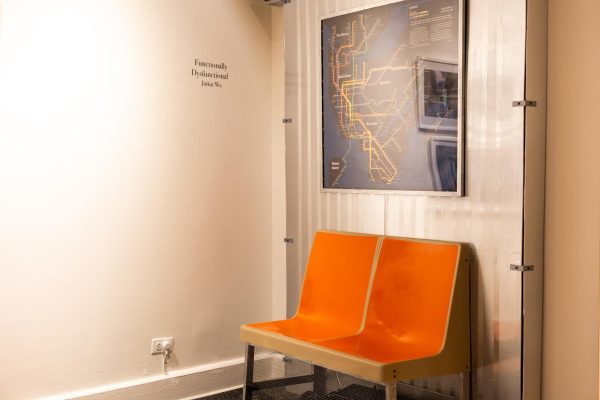
Wu sought to provide a space for viewers to consider the strengths and shortcomings of something used by almost everyone but talked about much less frequently. While Wu knew that he wanted to do his project on the subway, the process made him realize that photography wasn’t the best way to capture his idea. “One of my biggest takeaways from the thesis class was that ‘art determines medium,’ not the other way around,” Wu said in an interview with WSN.
Walking the halls, the diversity of talent in the graduating class of 2025 is obvious. “There’s so many talented artists and I’m so grateful to be on the wall with my peers,” said Roxanne in a final reflection on their project and time at Tisch.
The exhibition will remain open until May 17, 2025.
Contact Grace Tan at [email protected].

